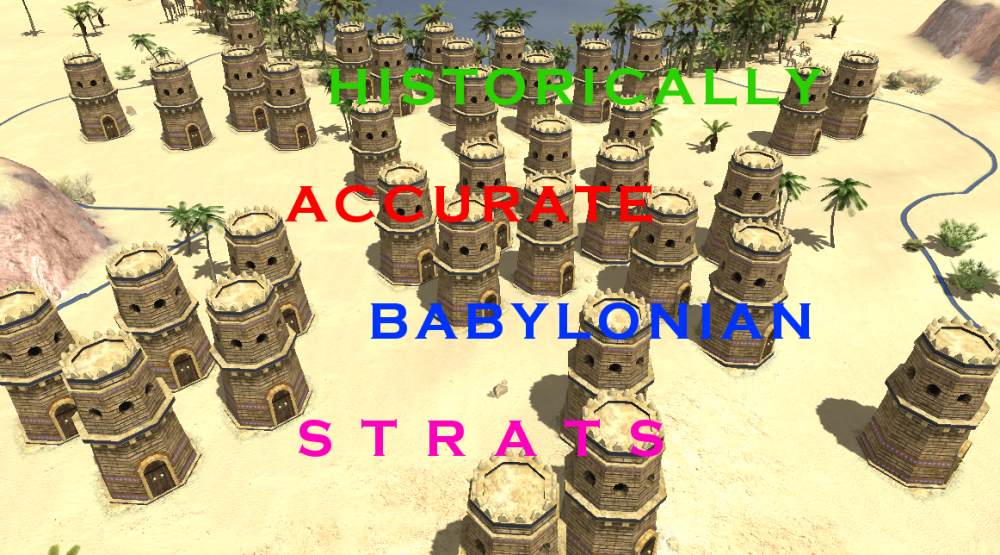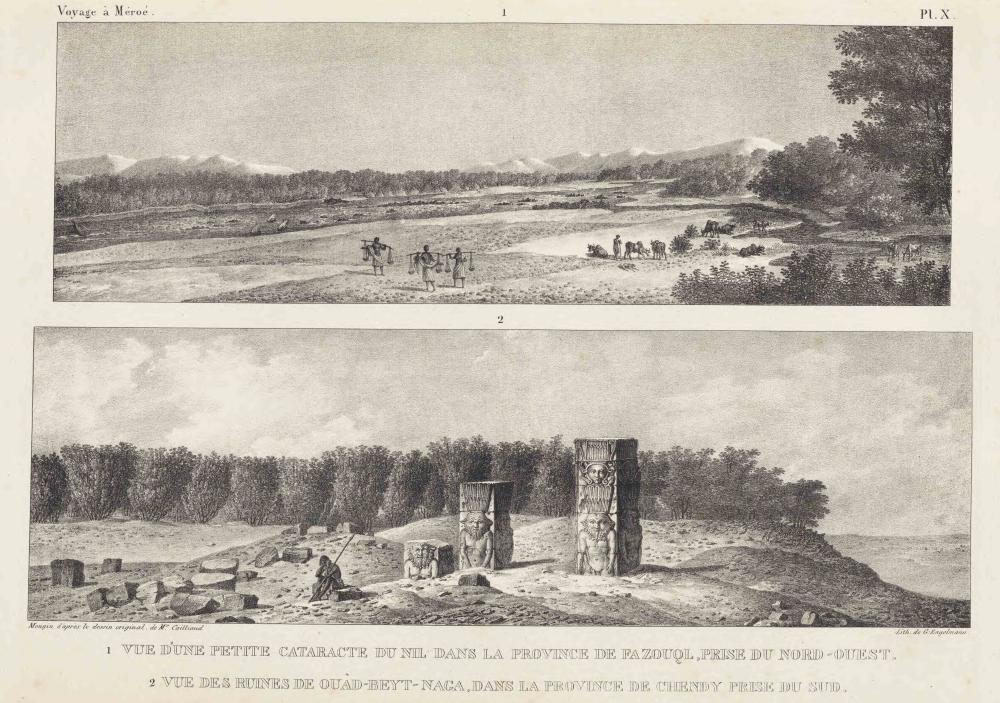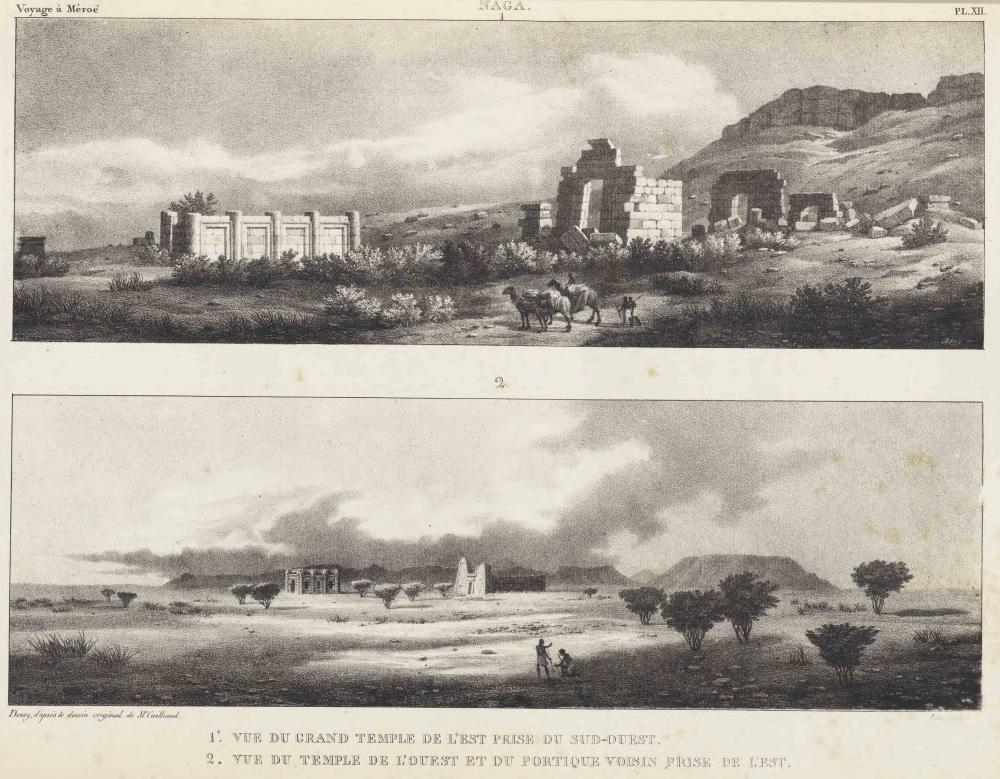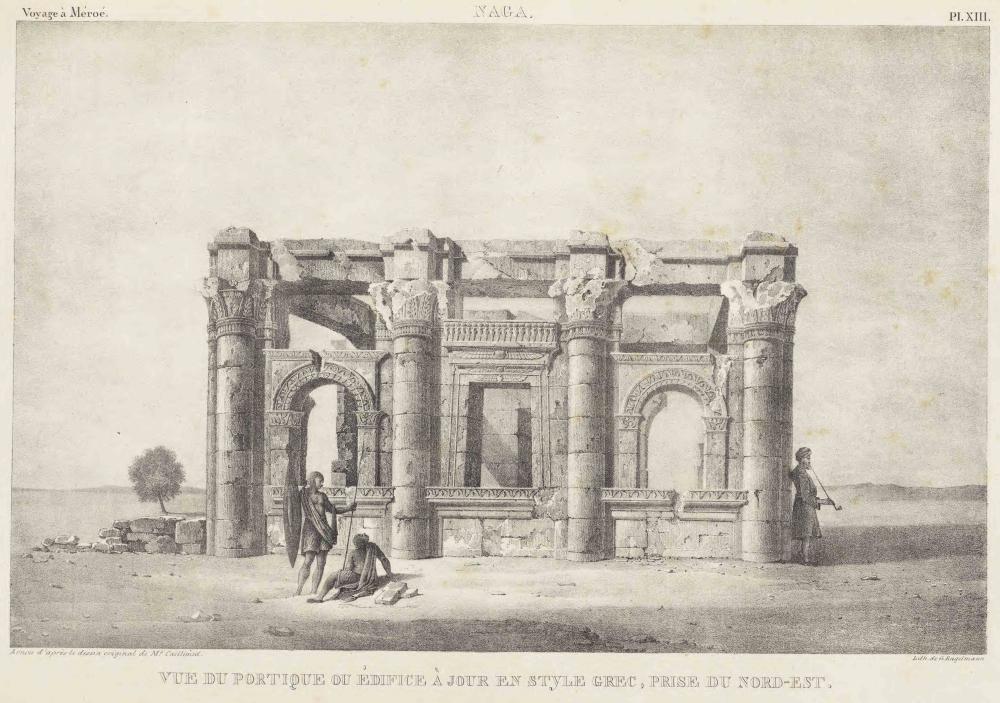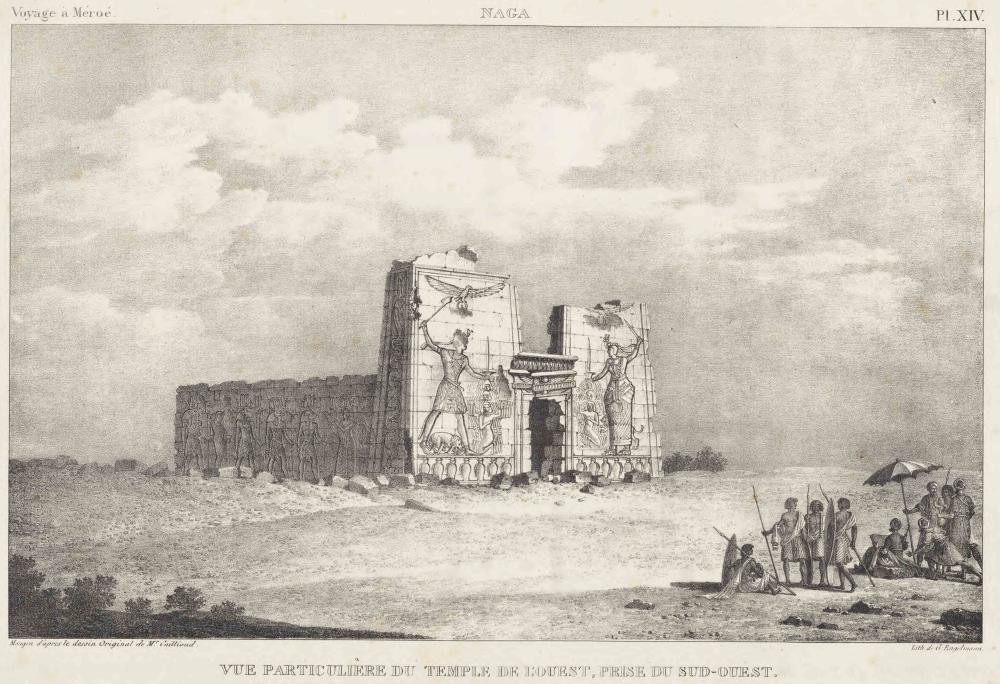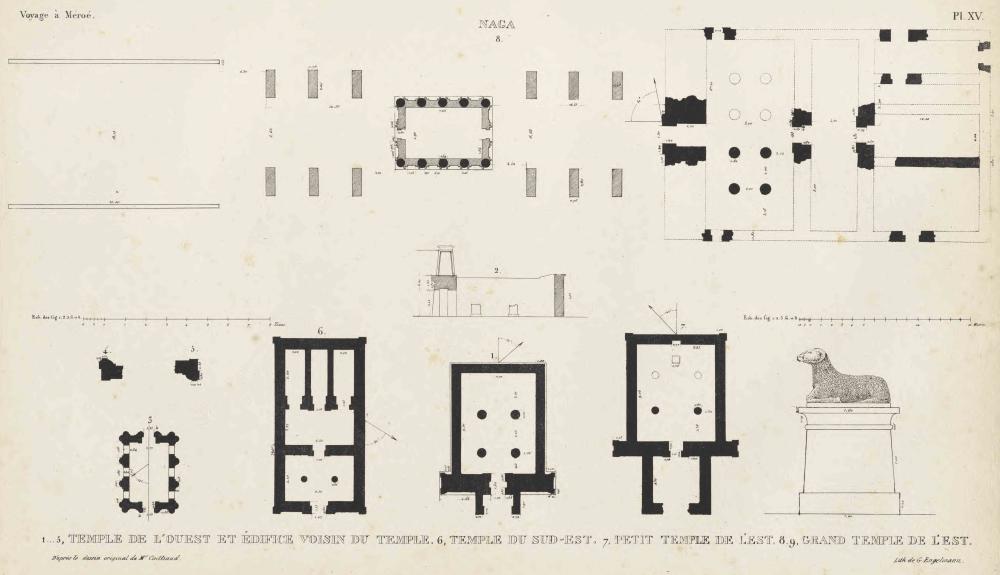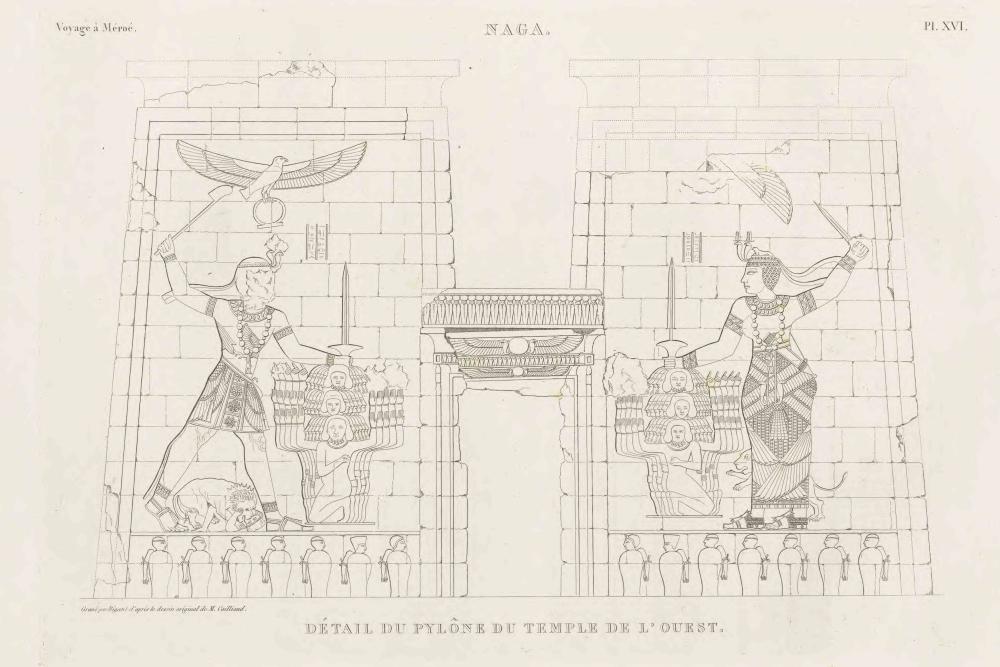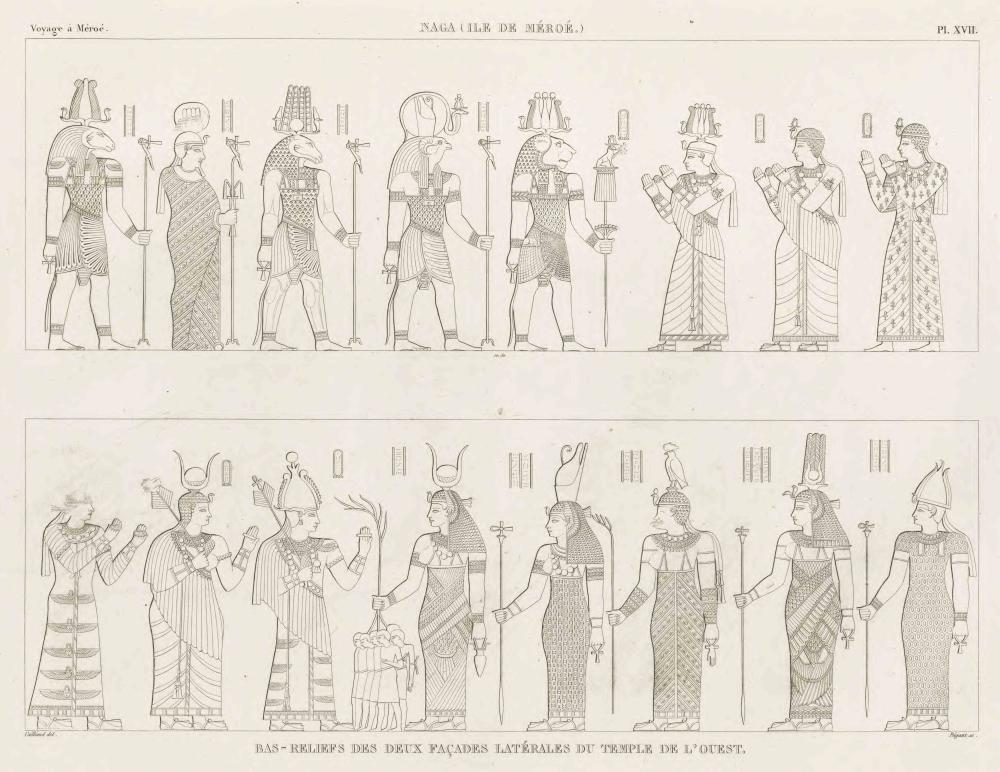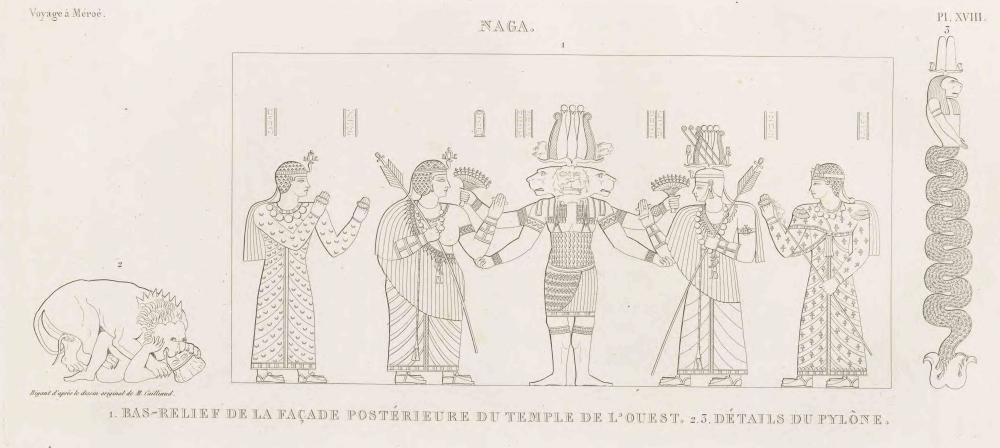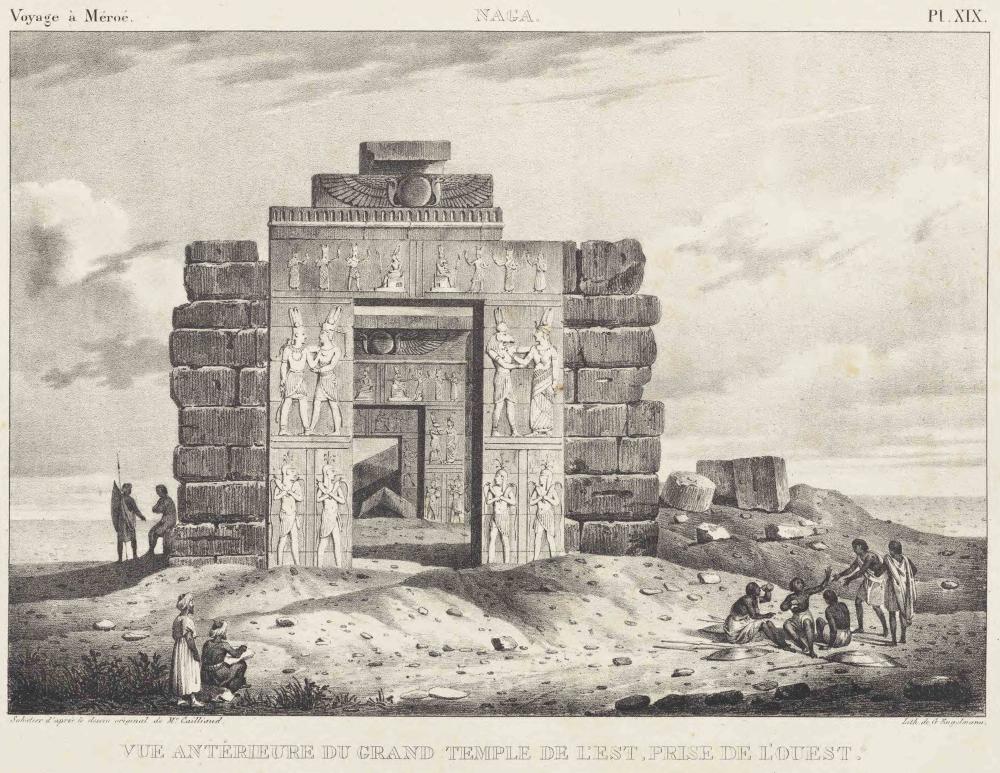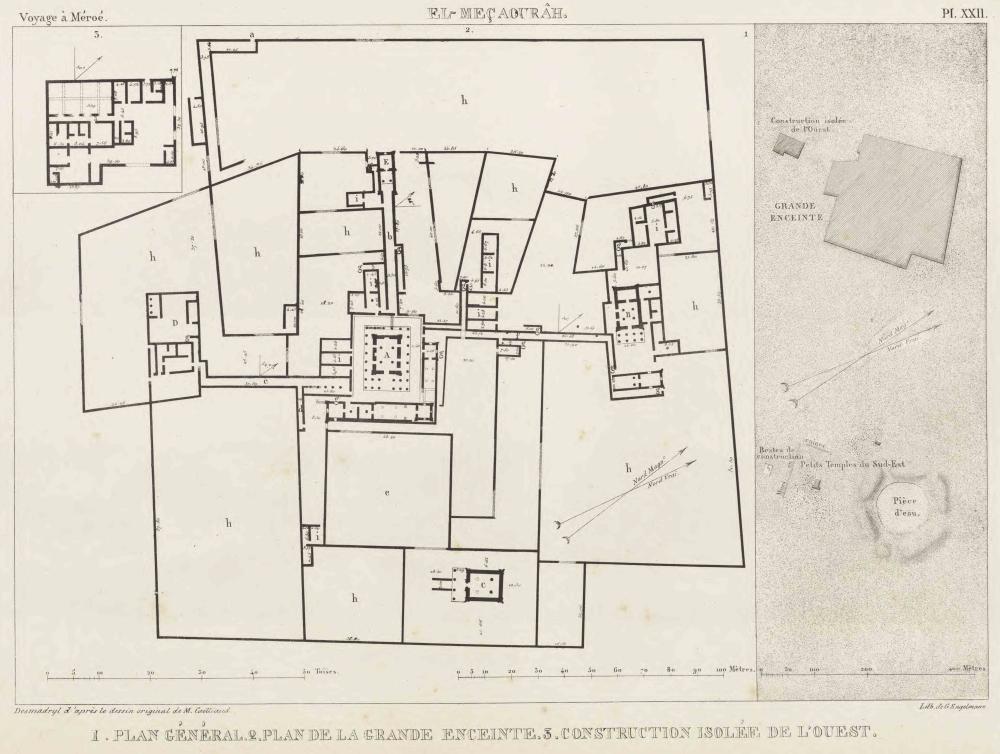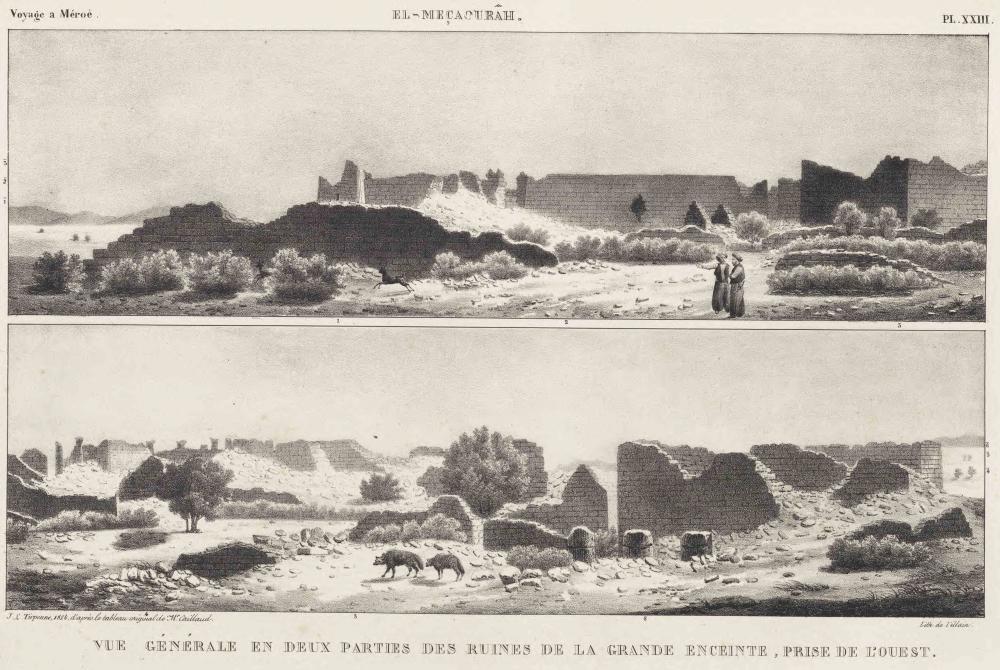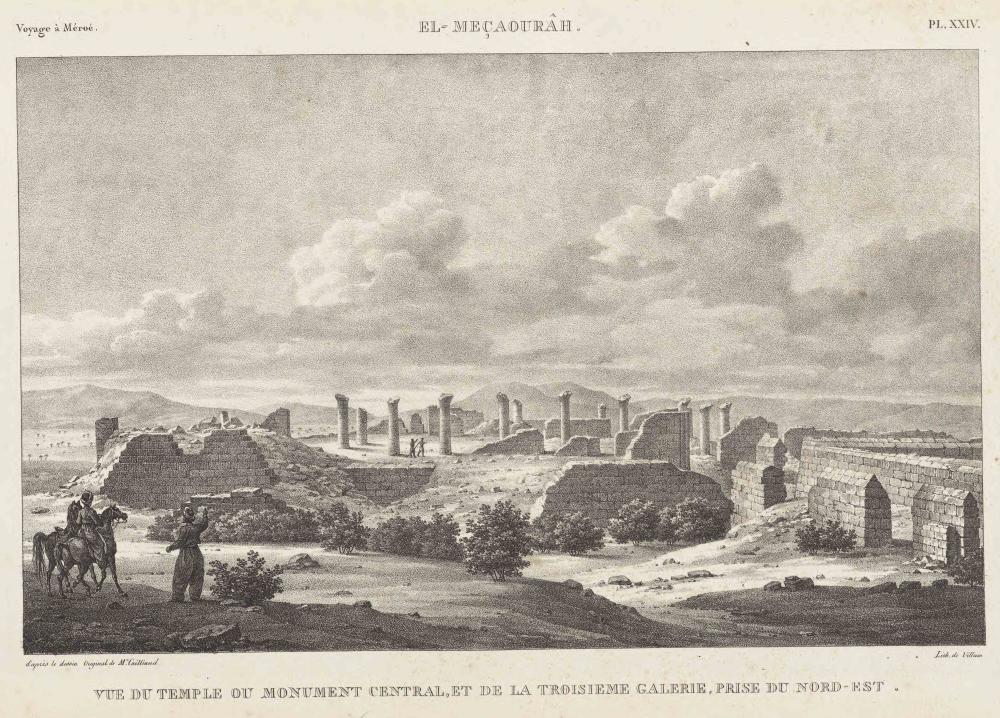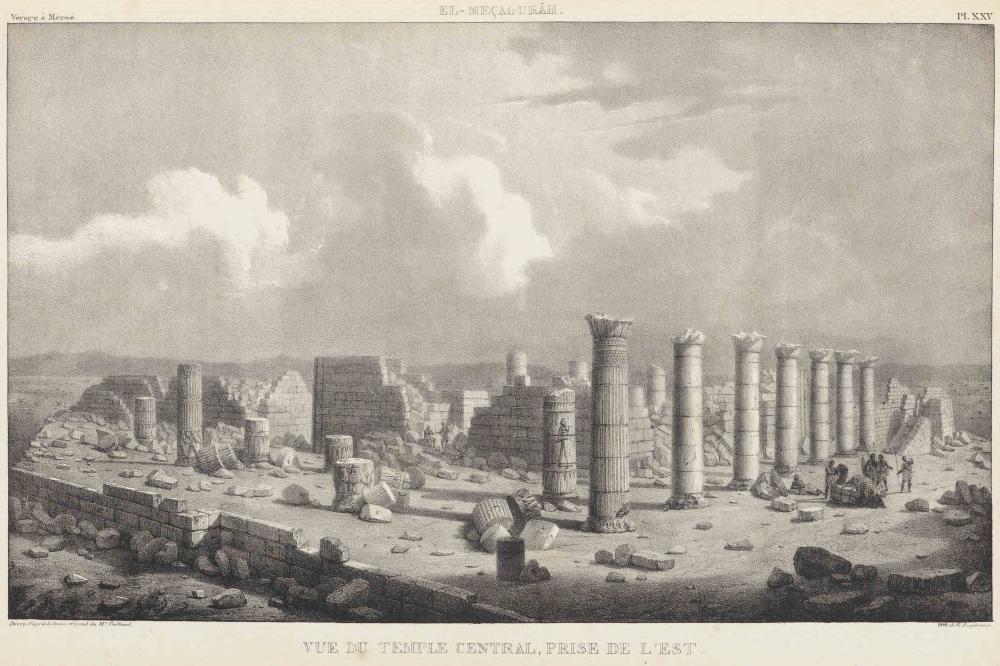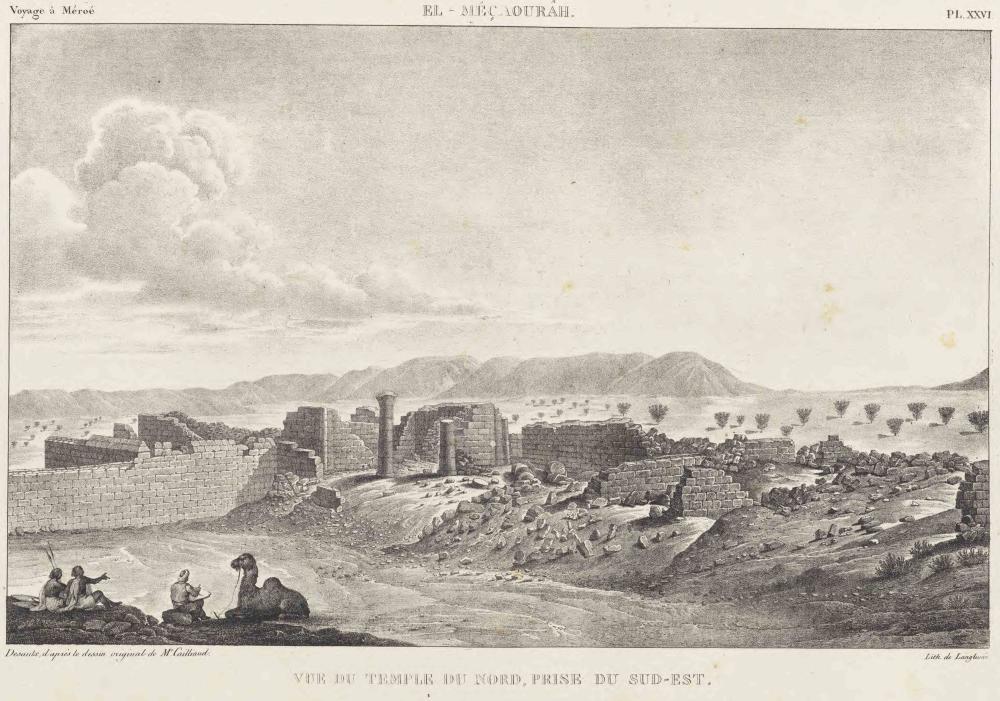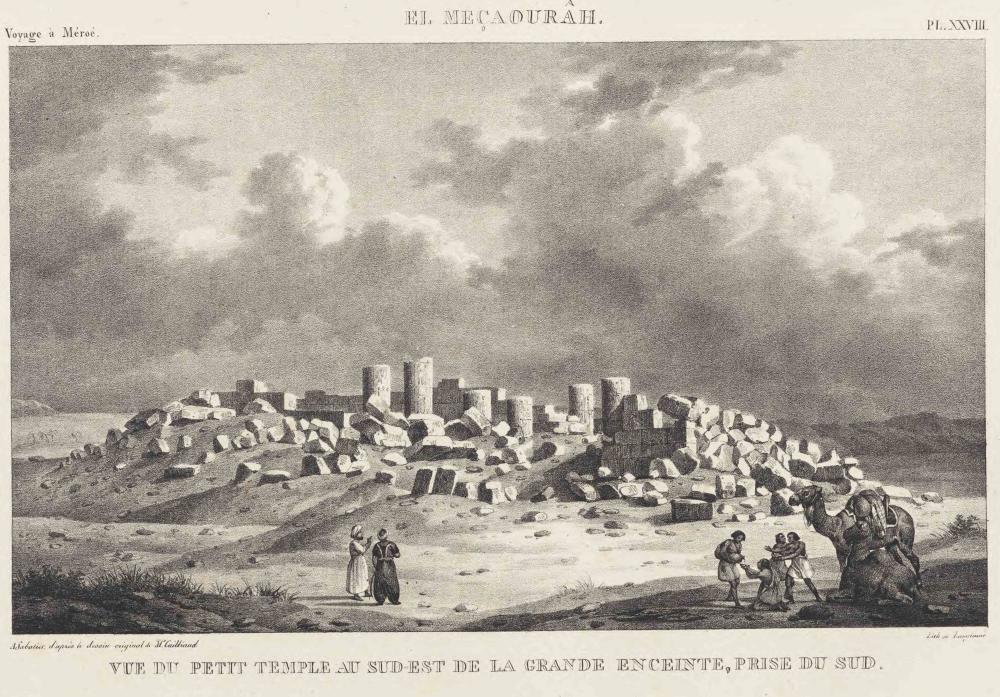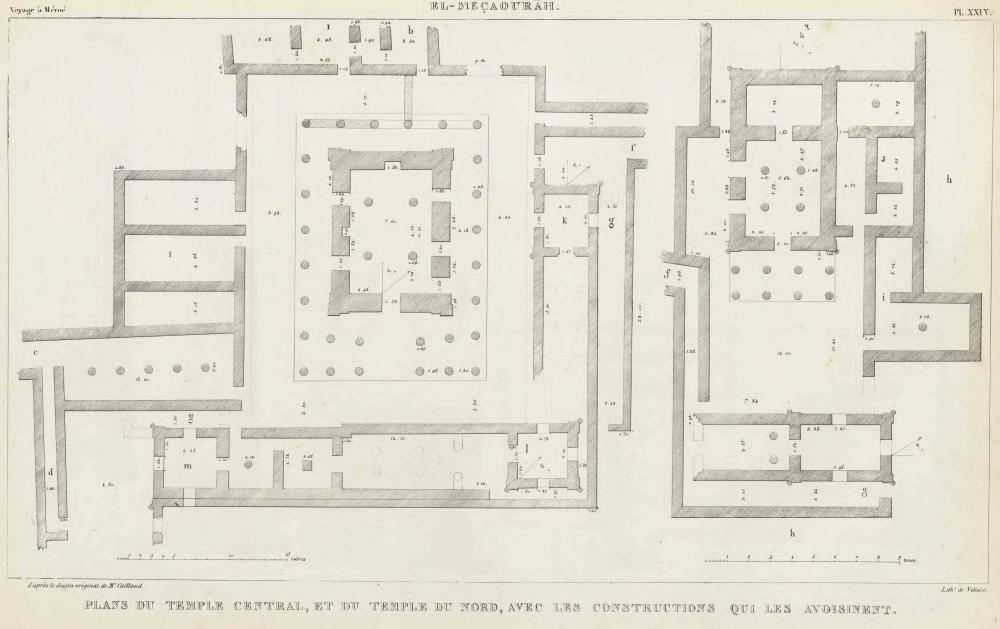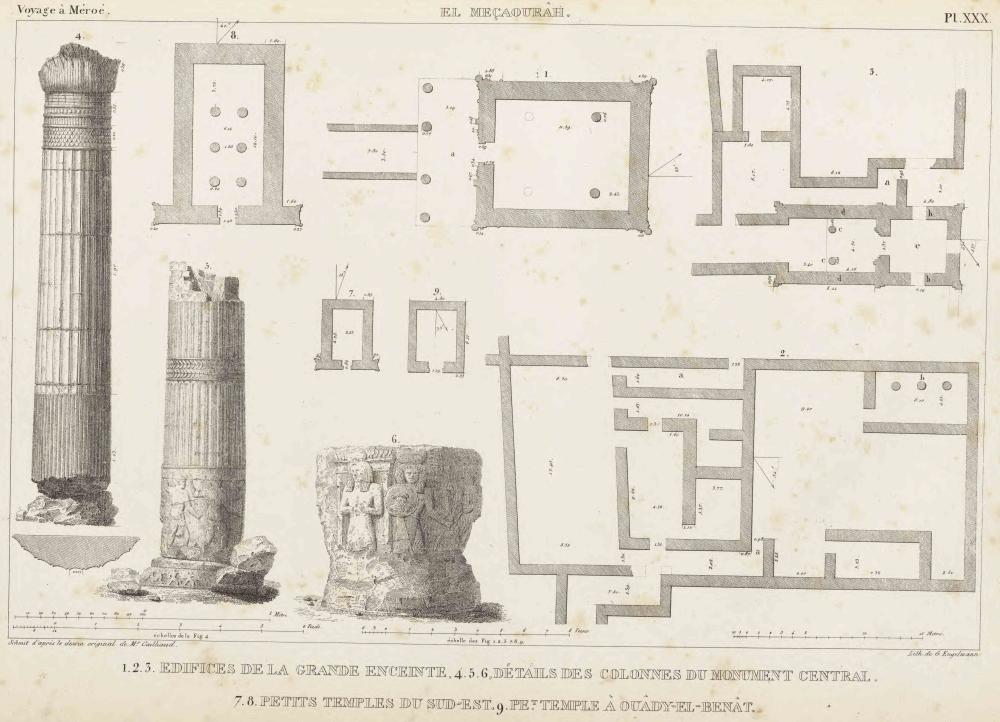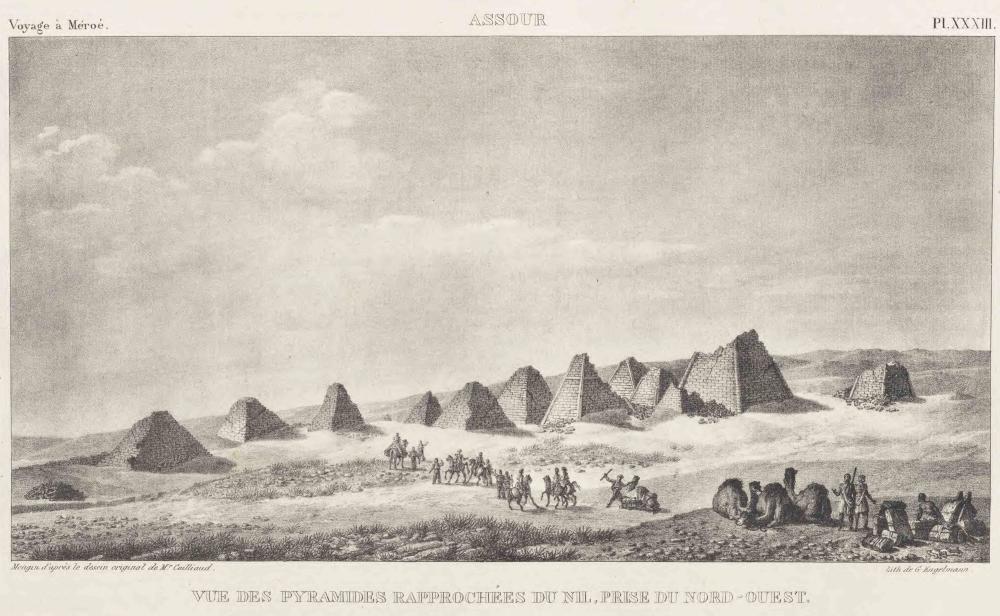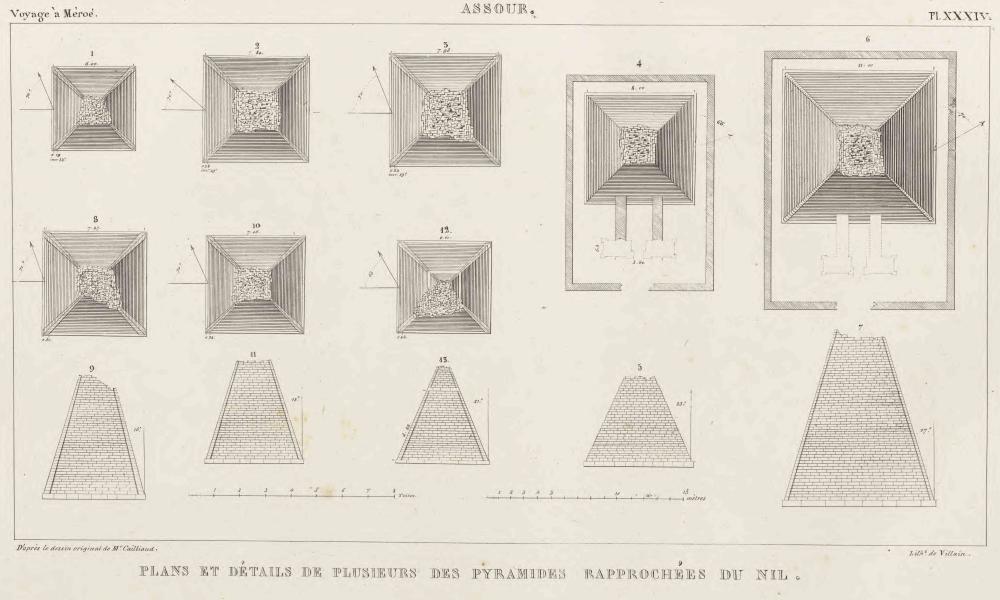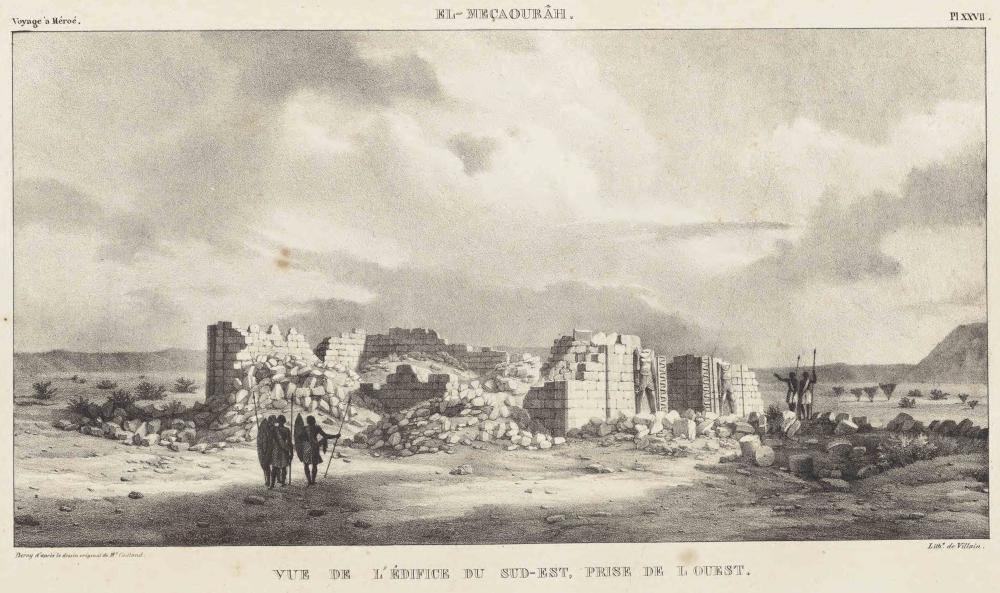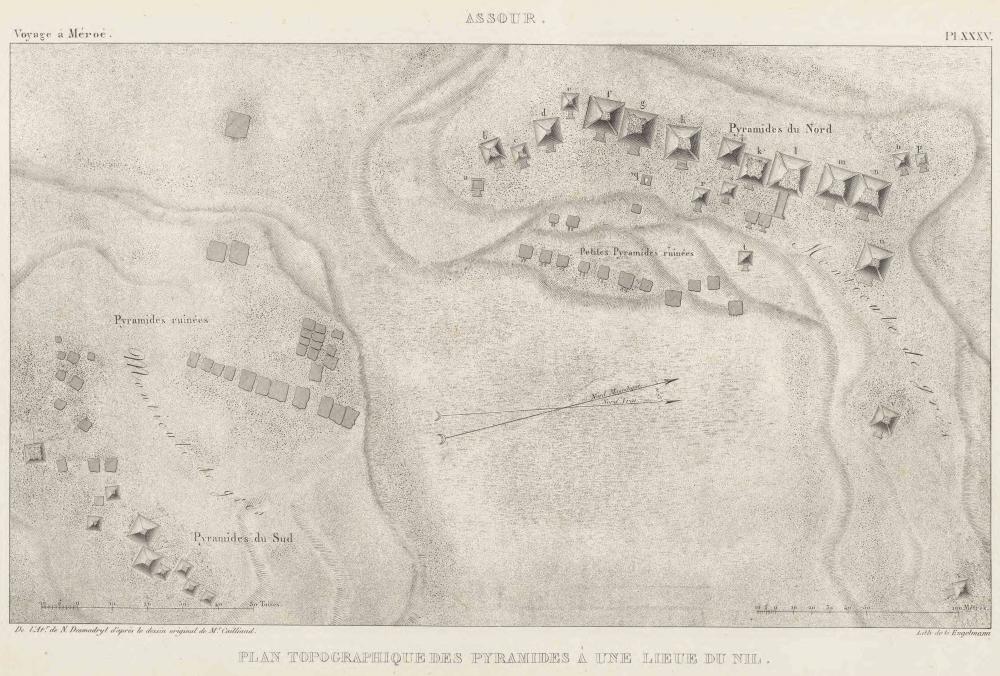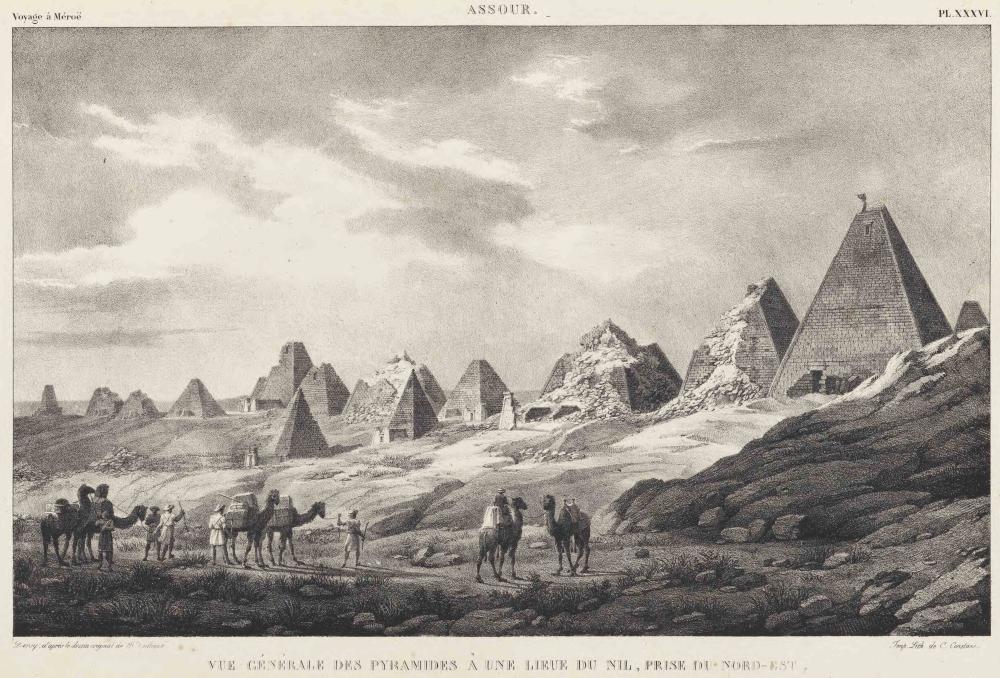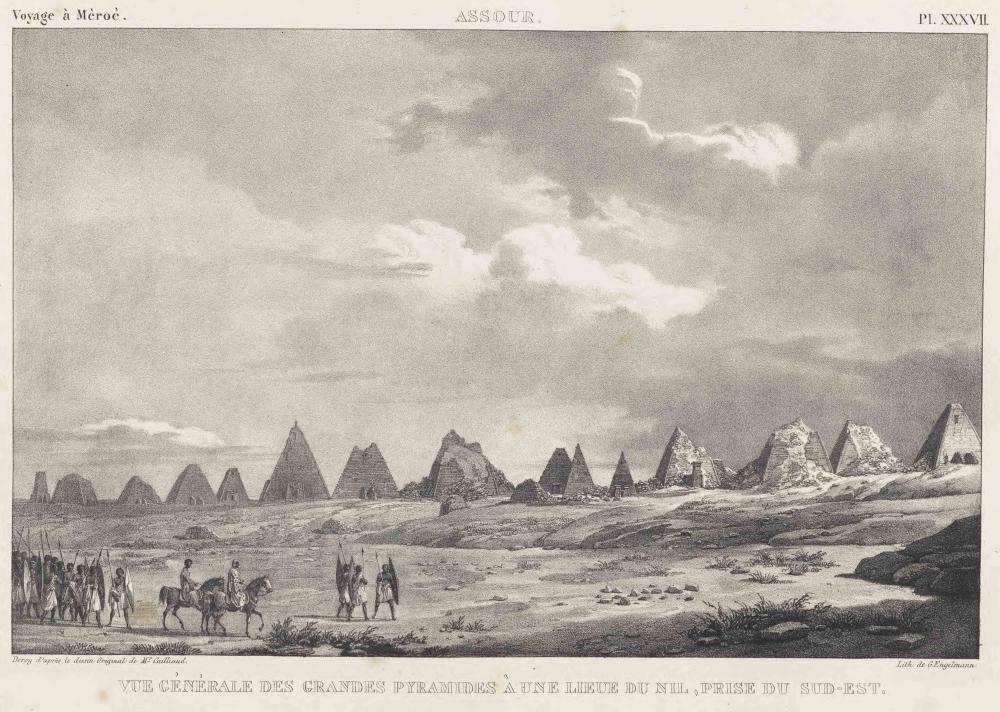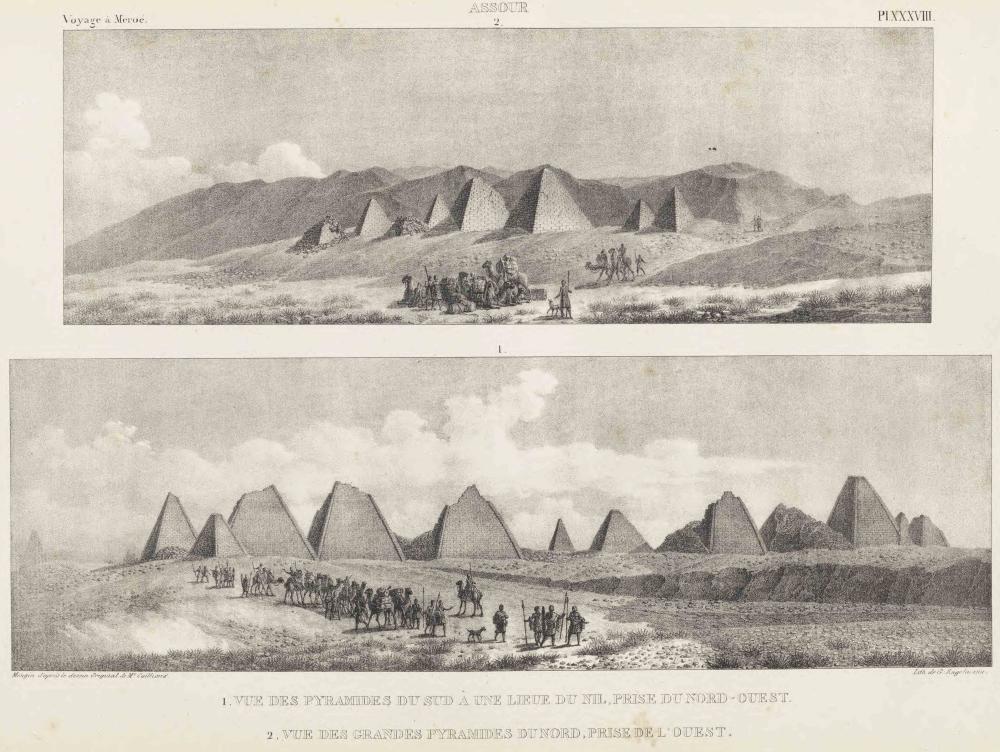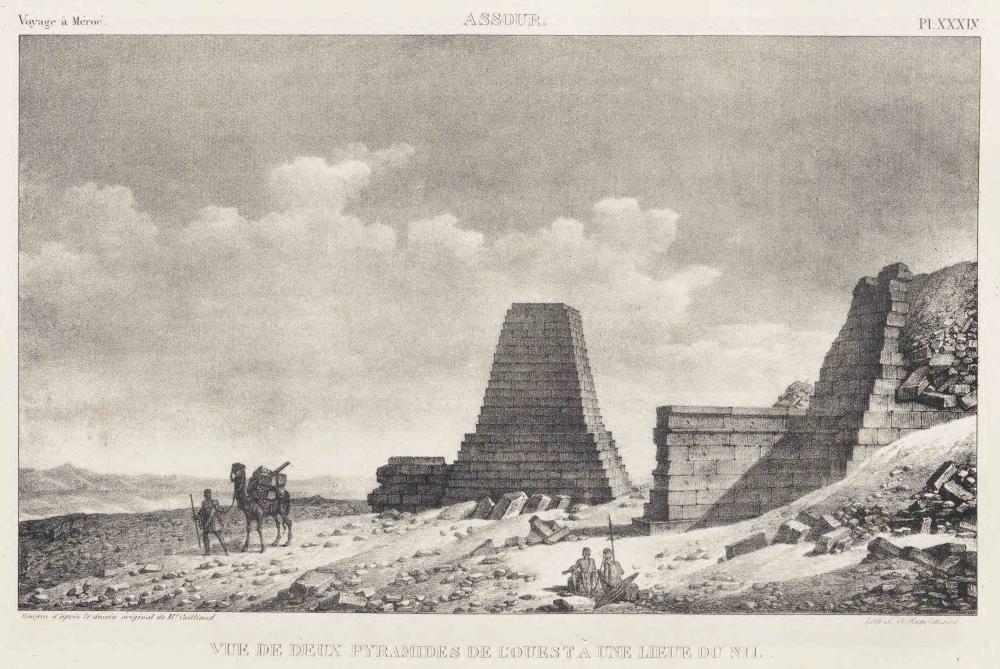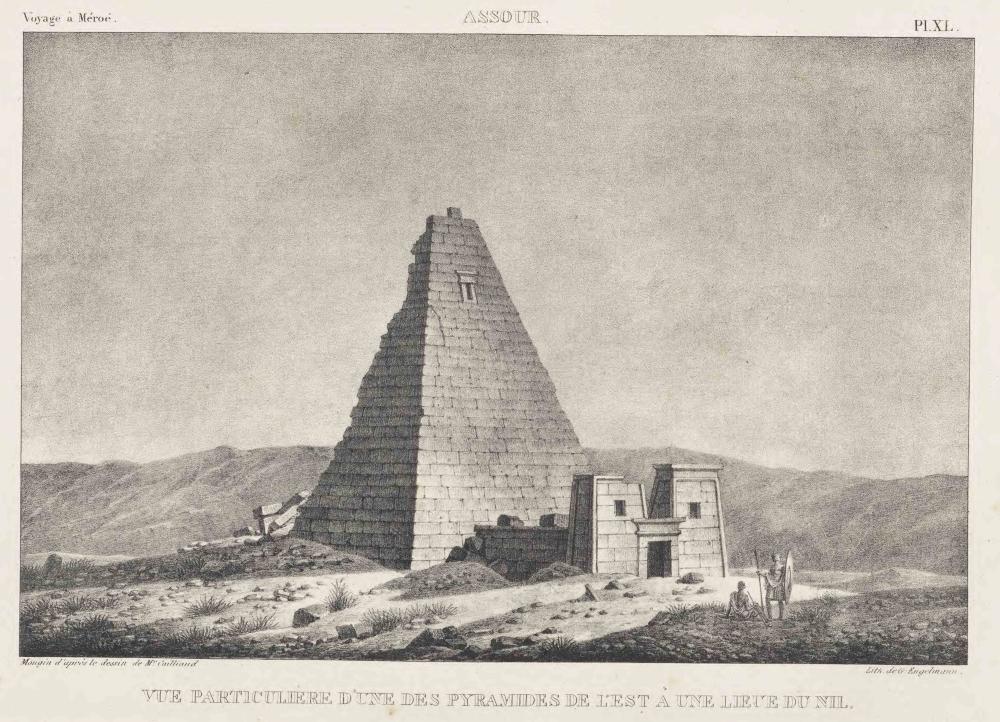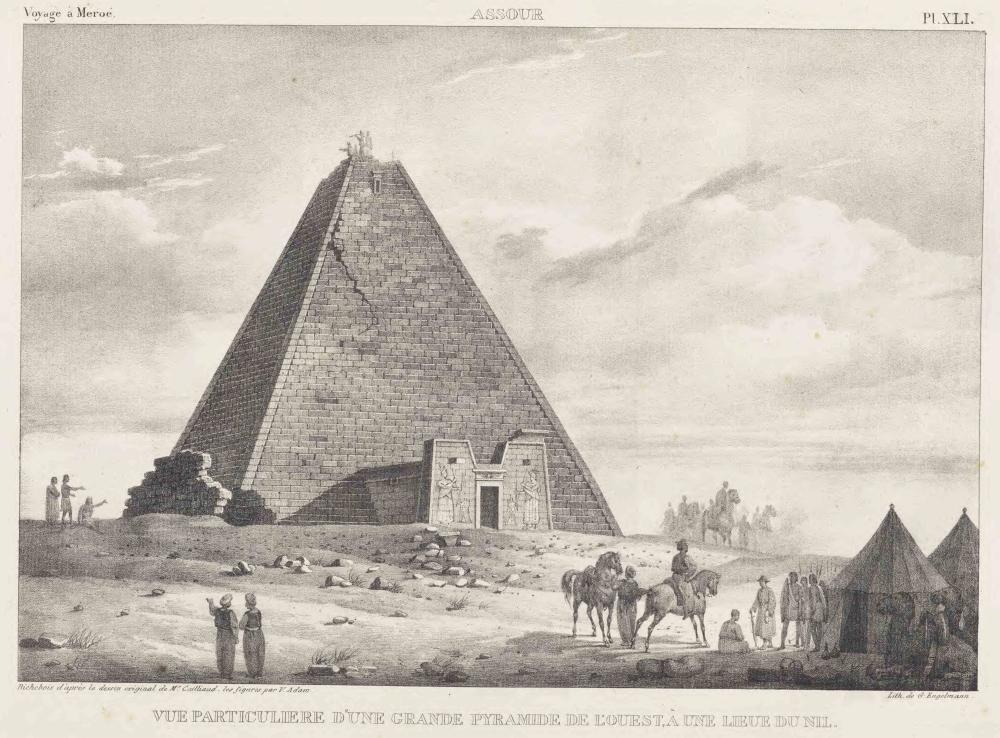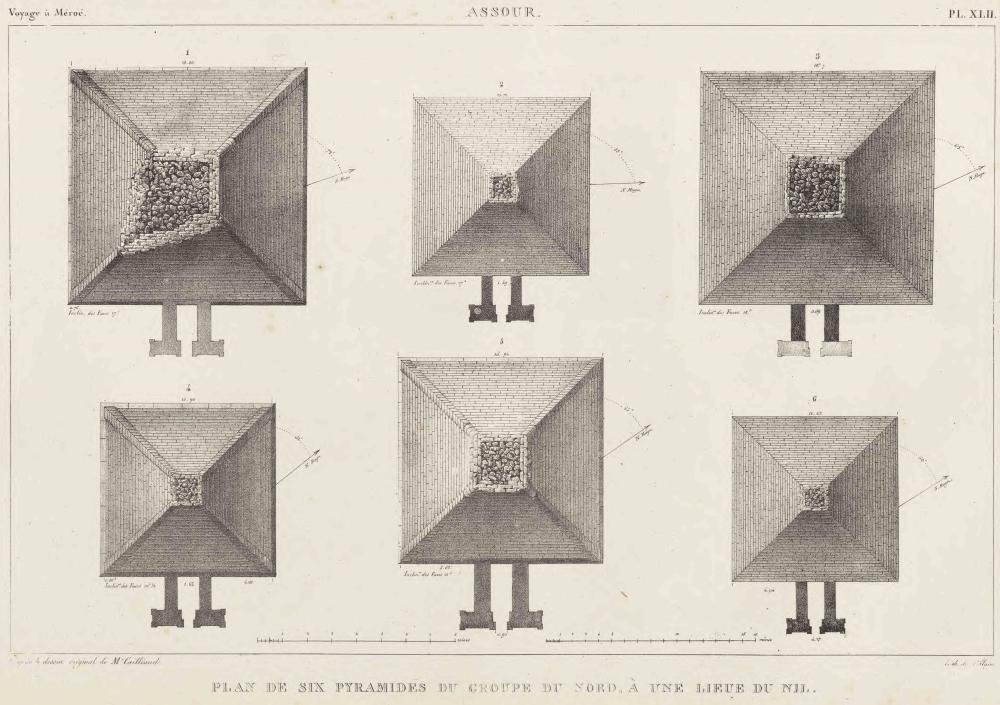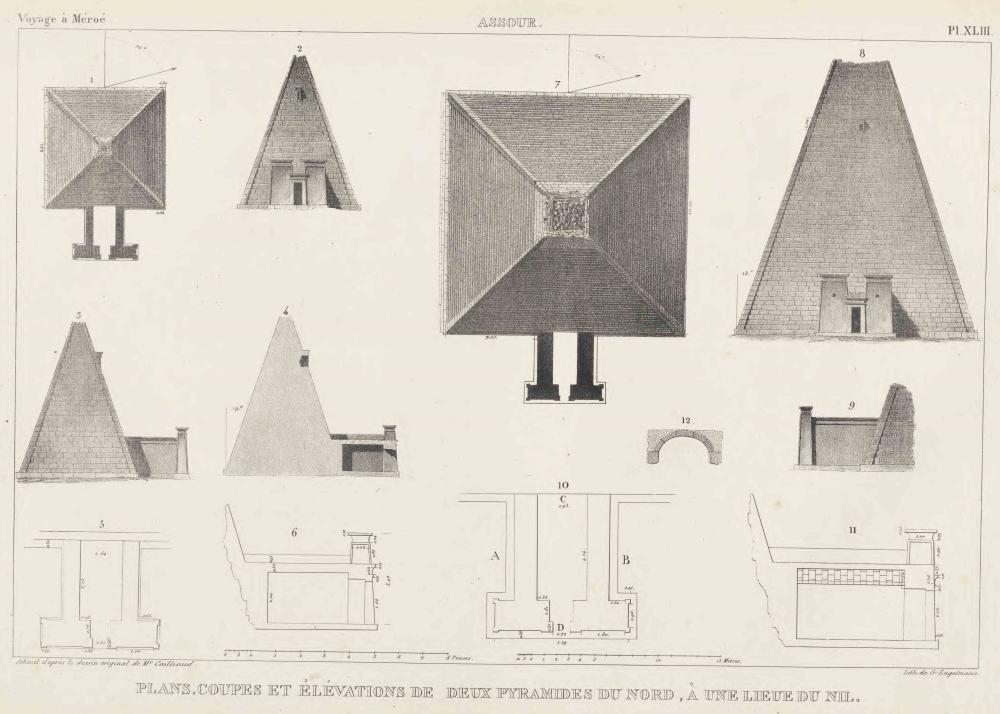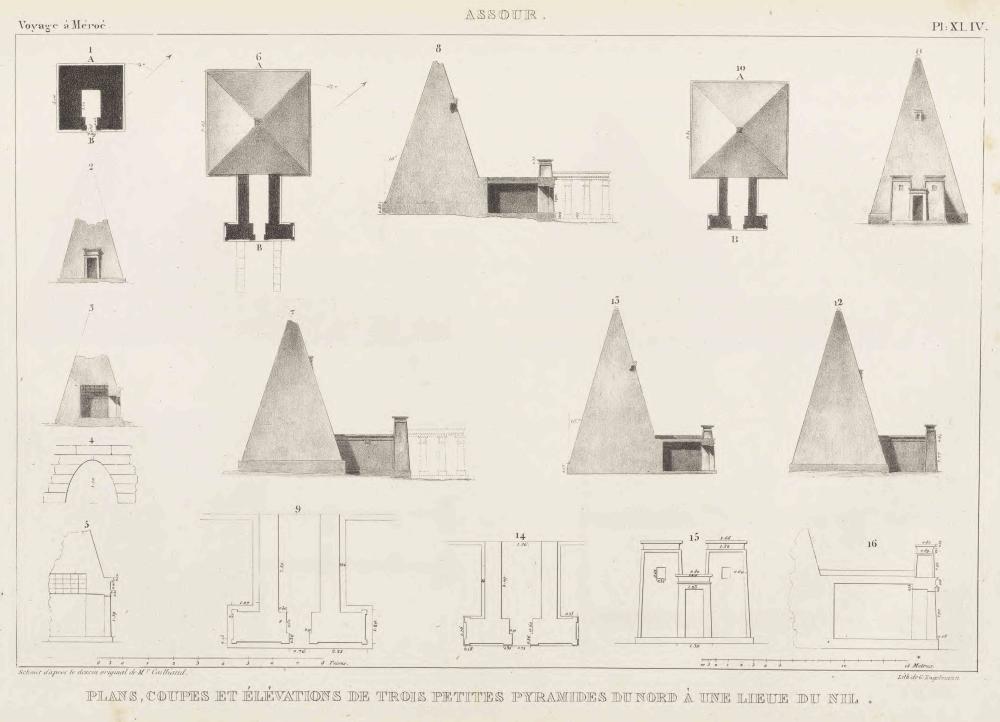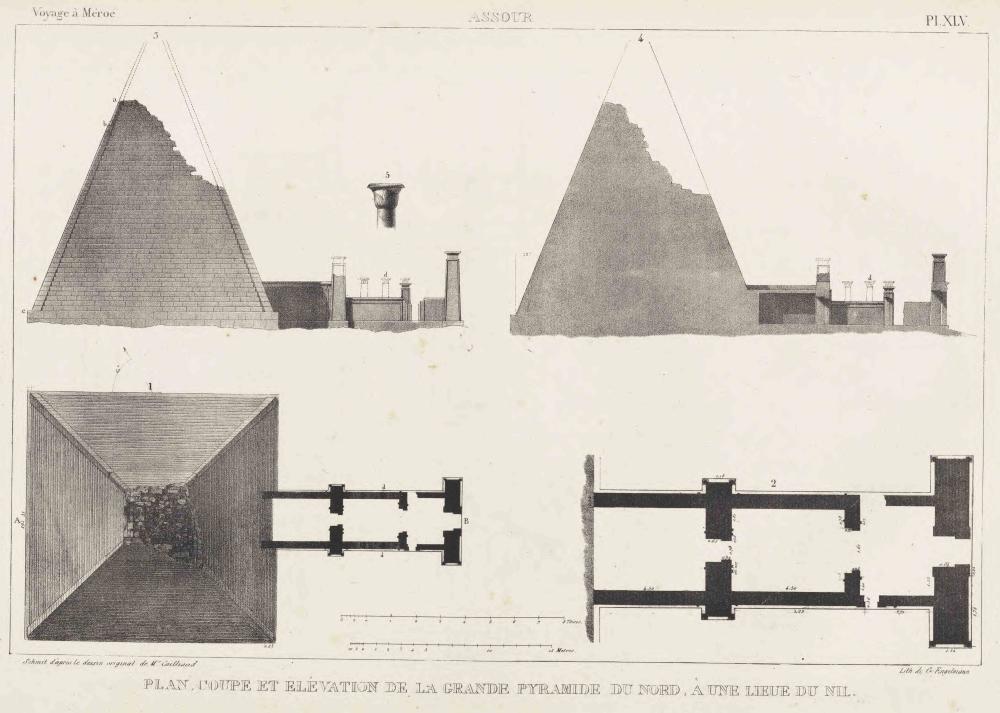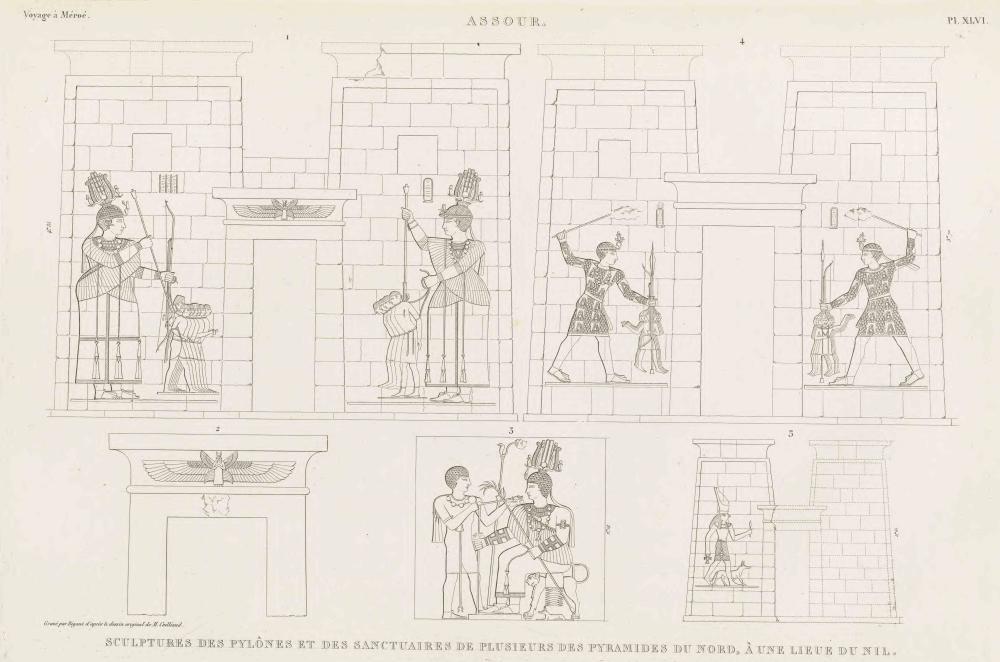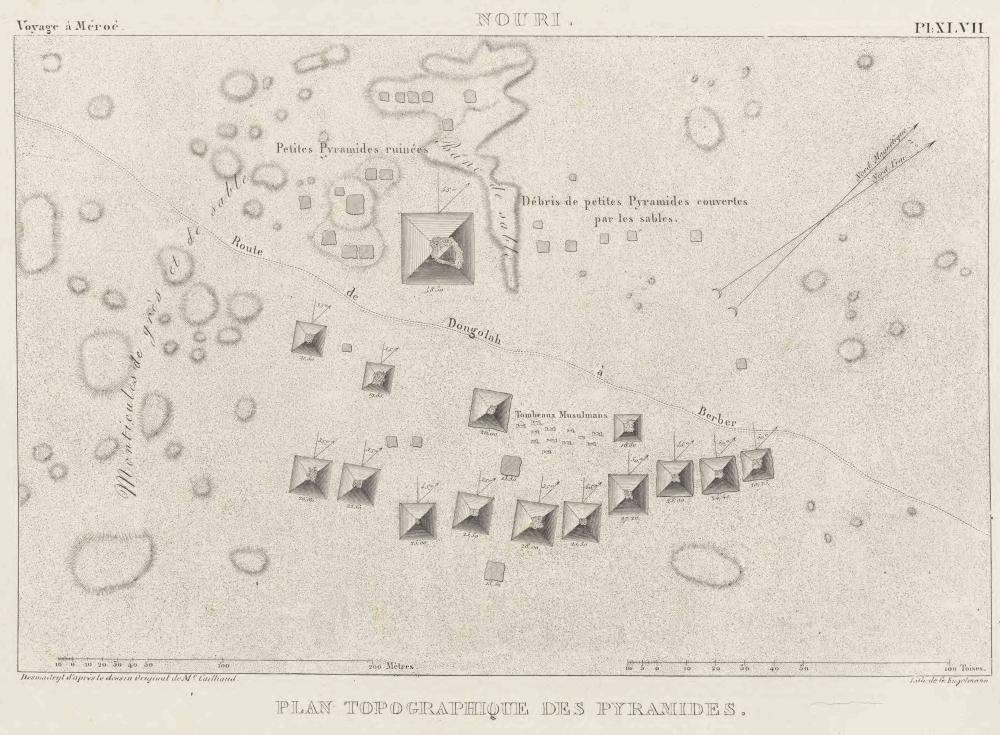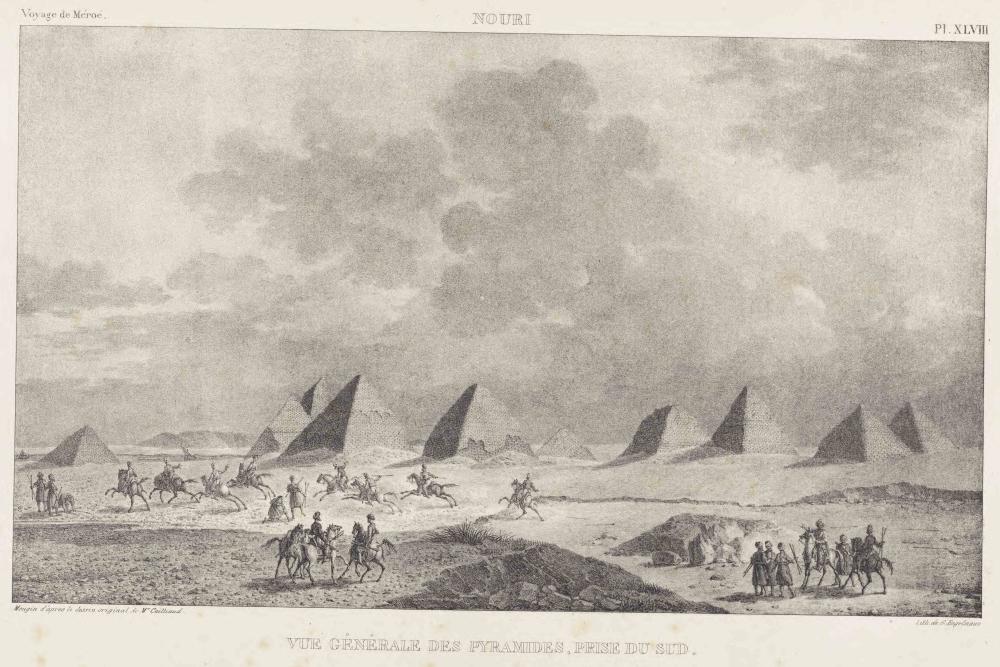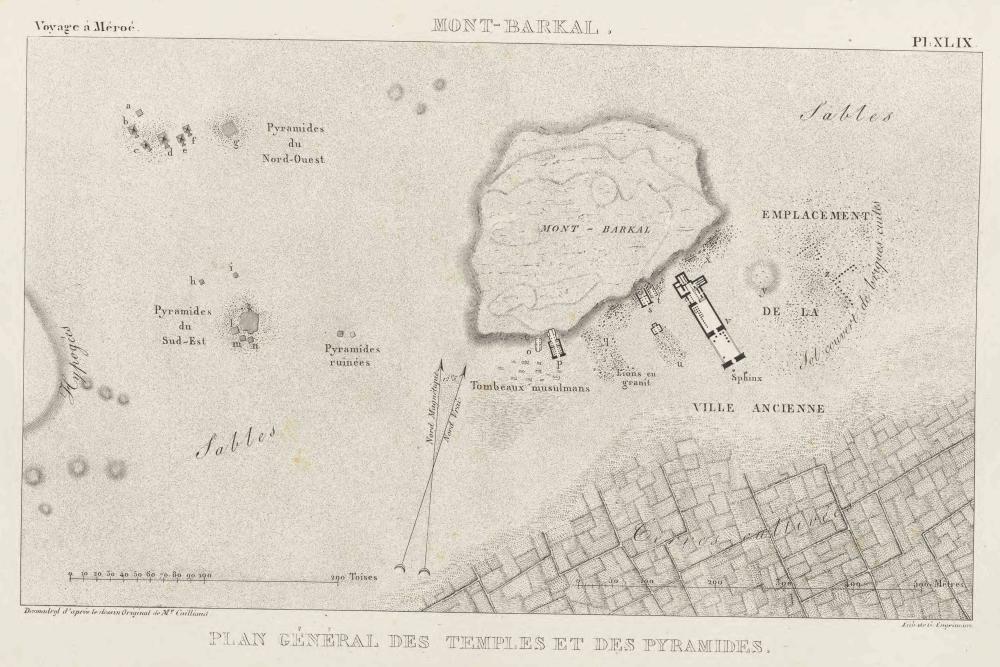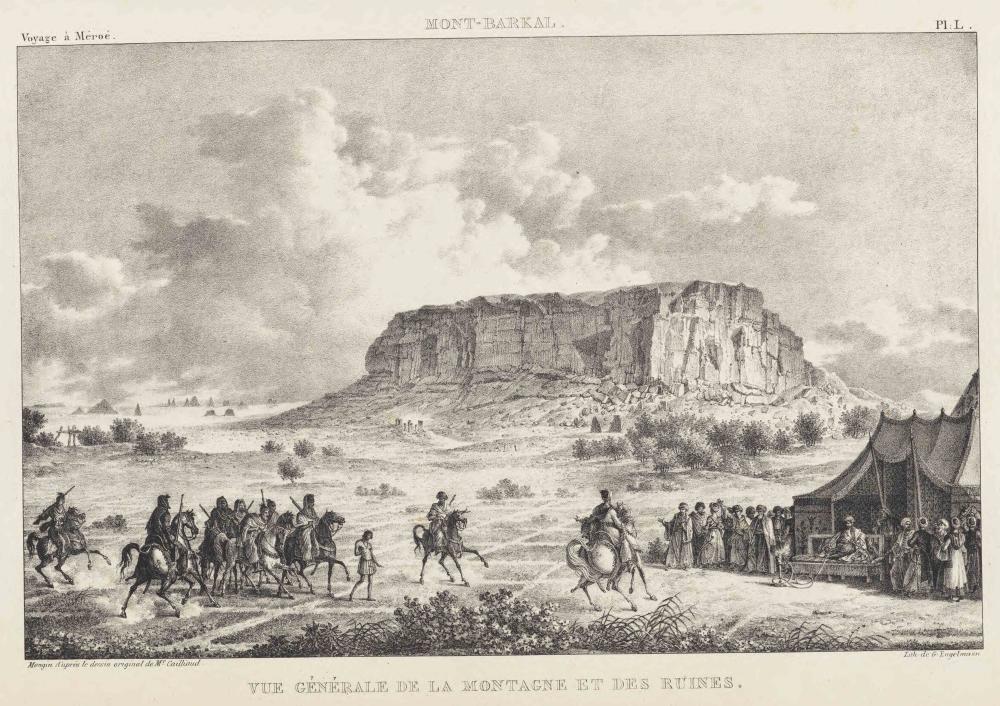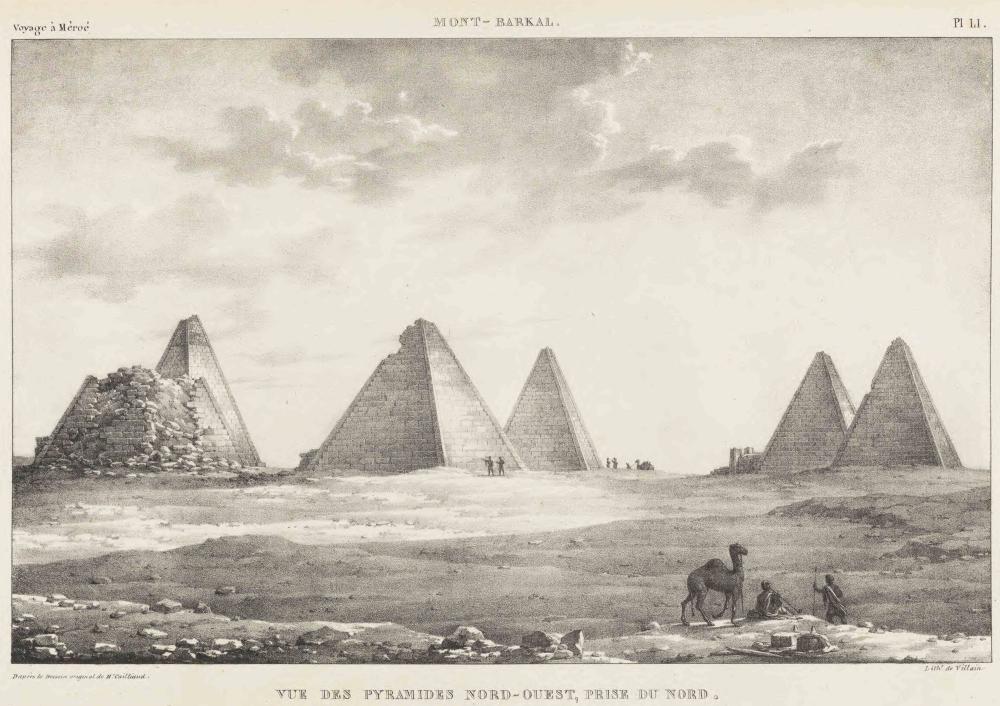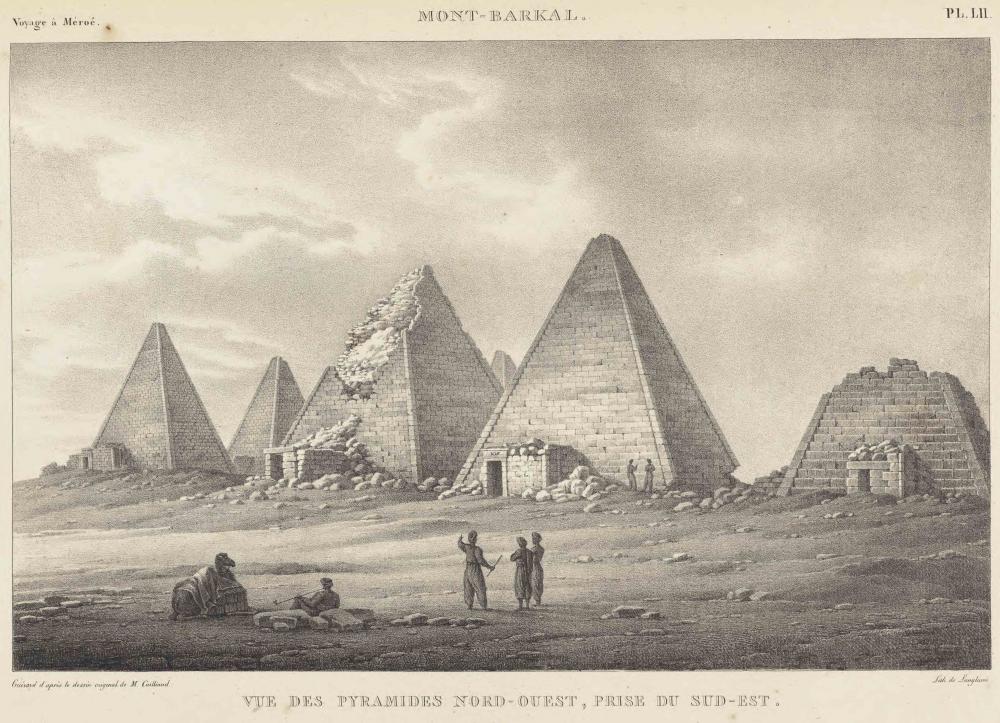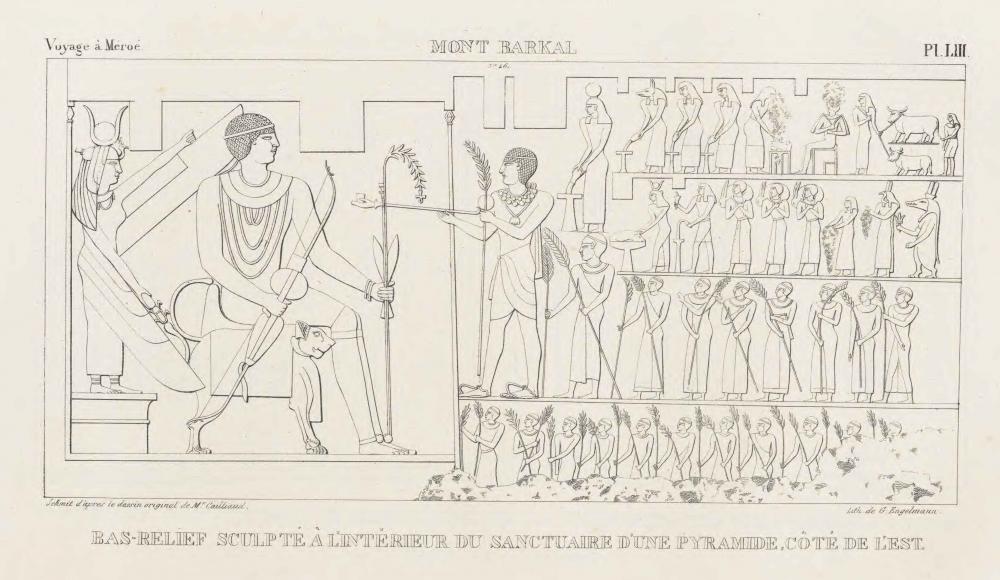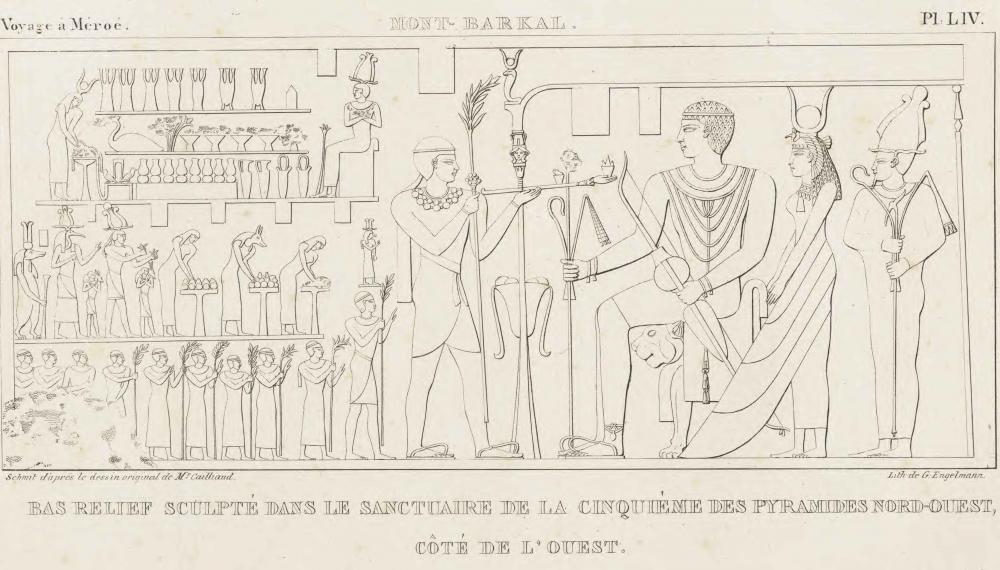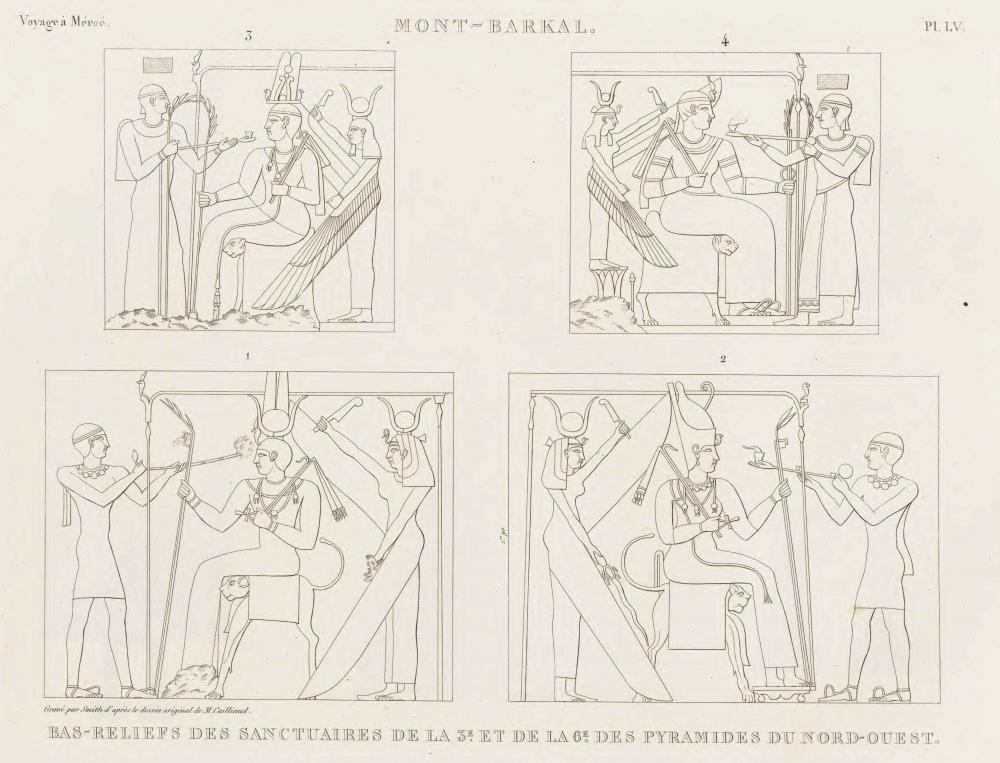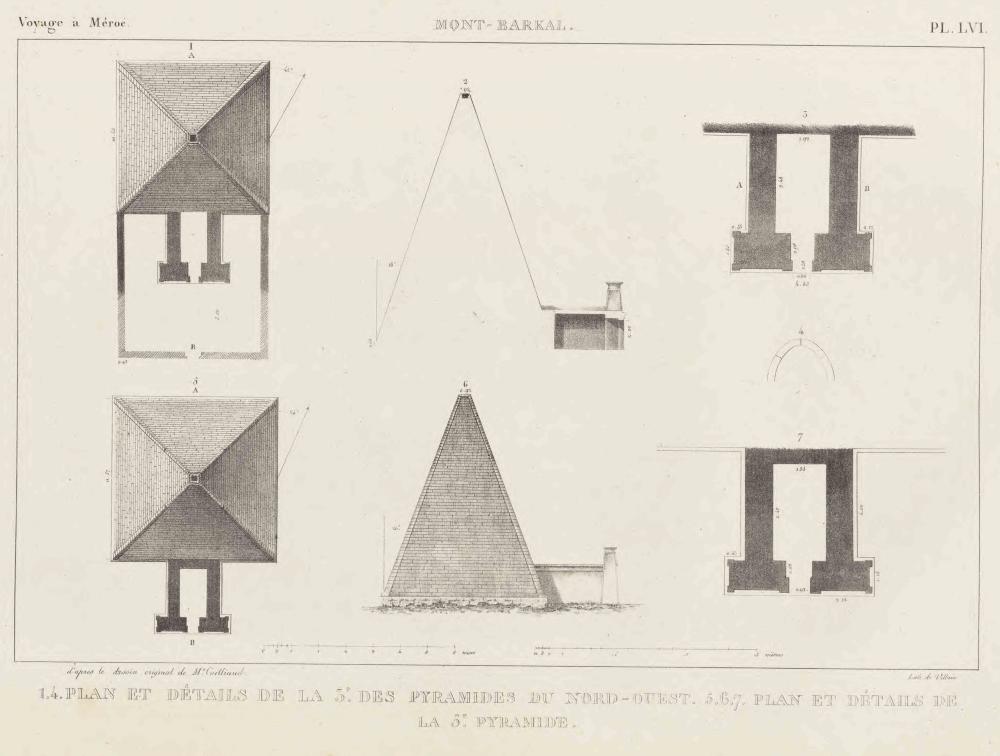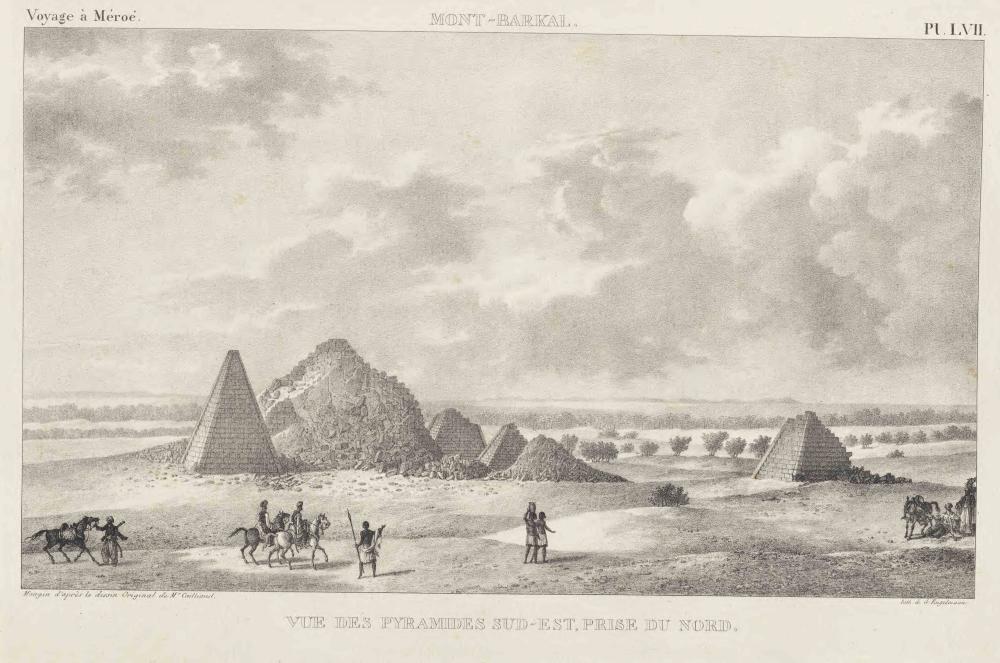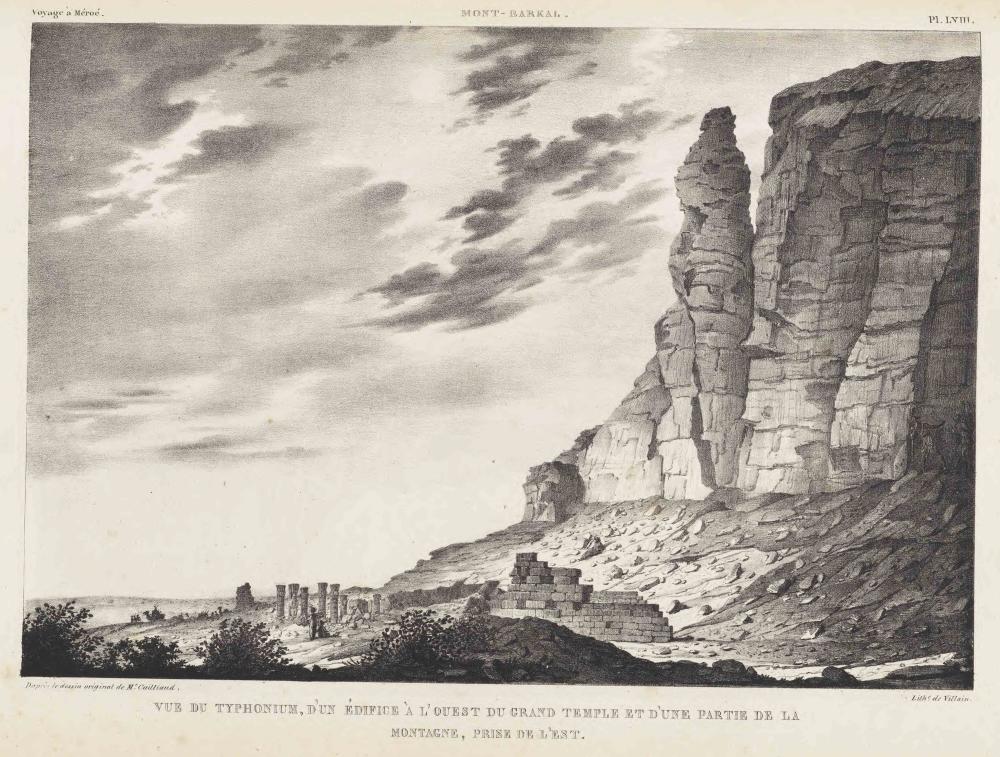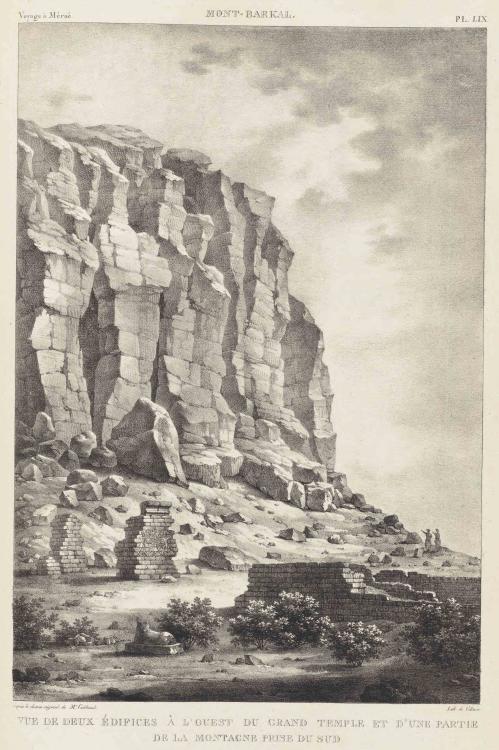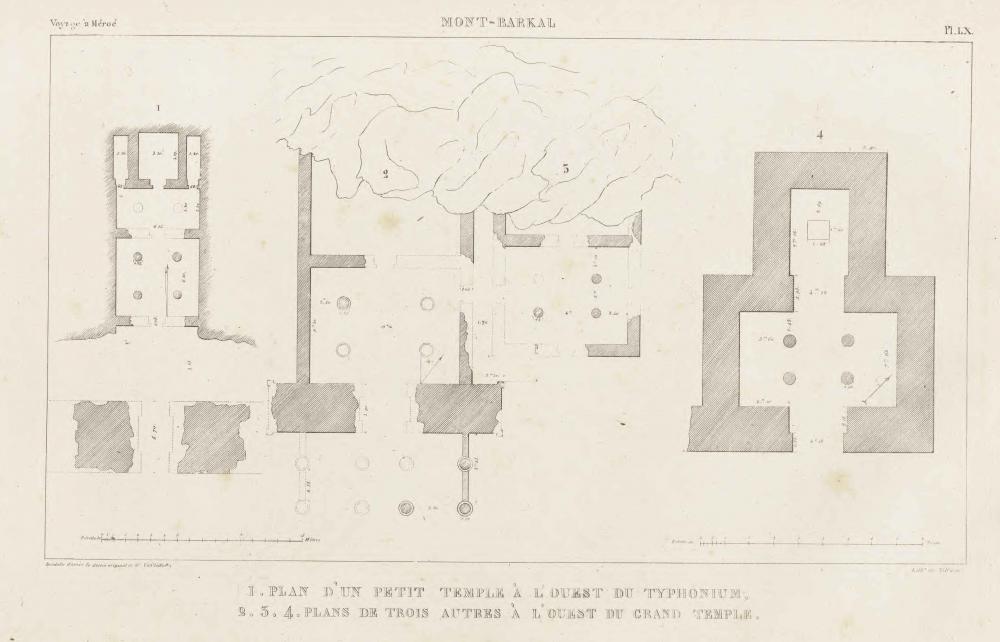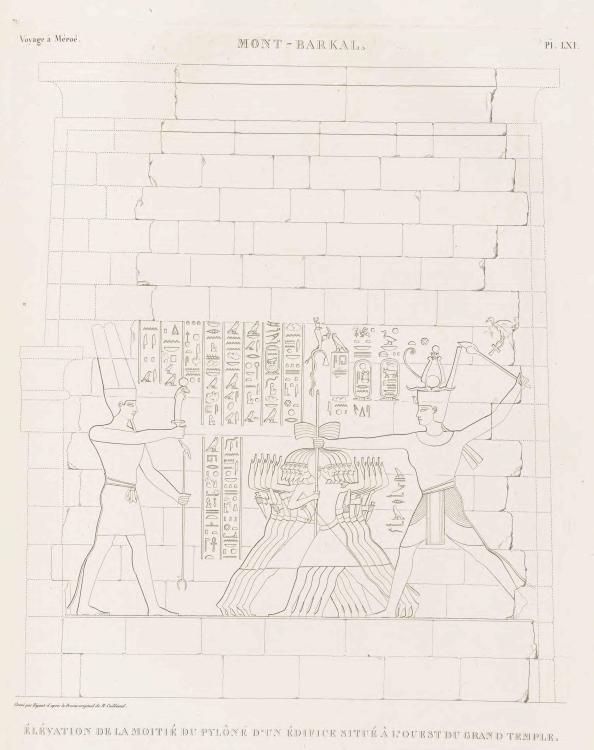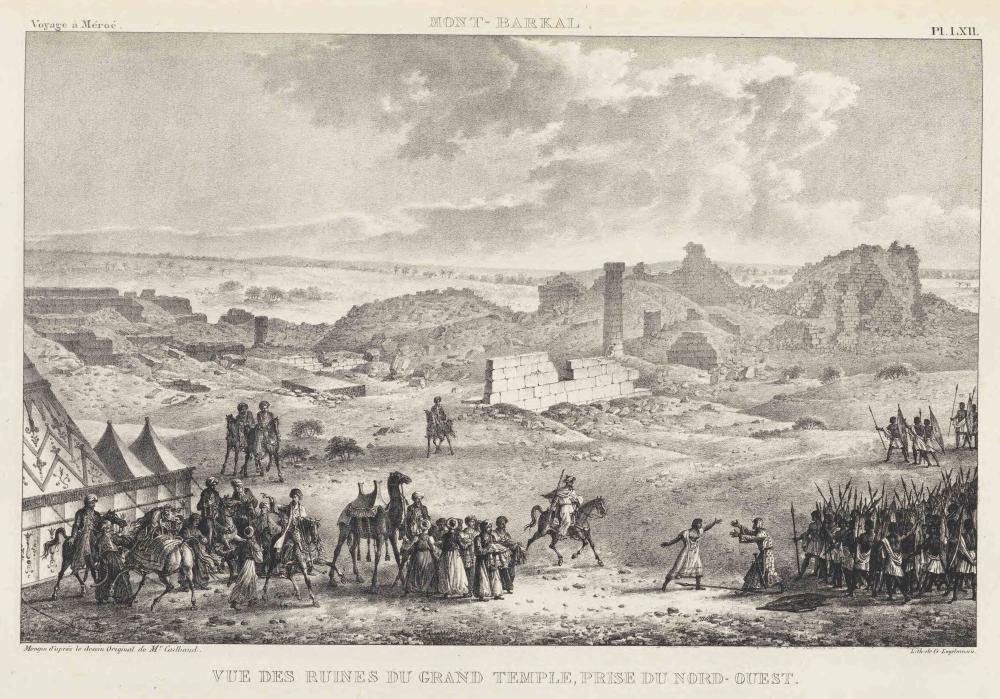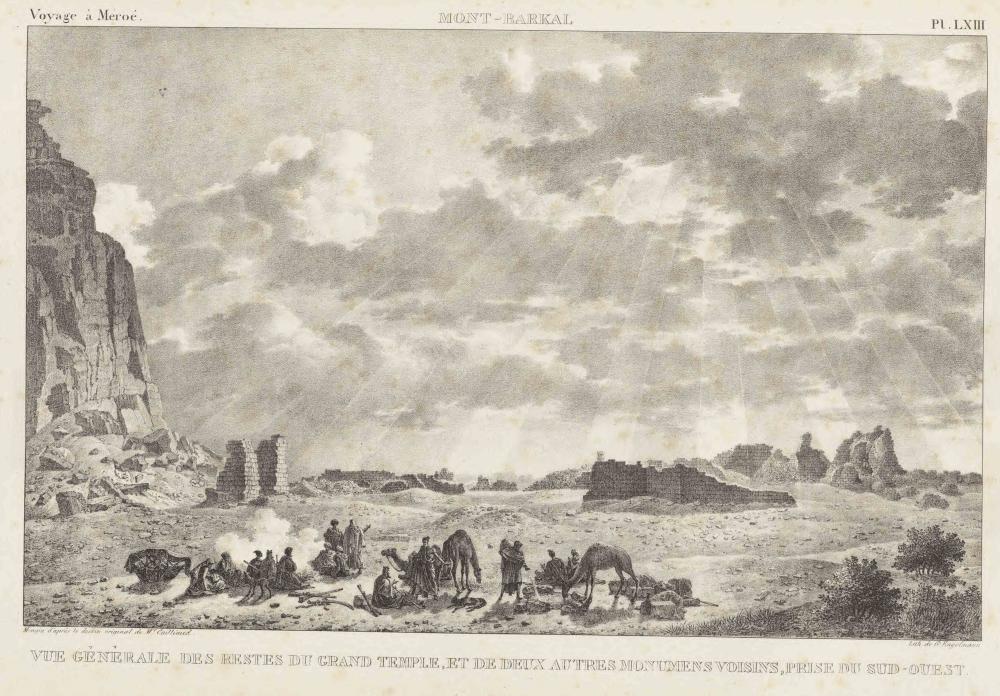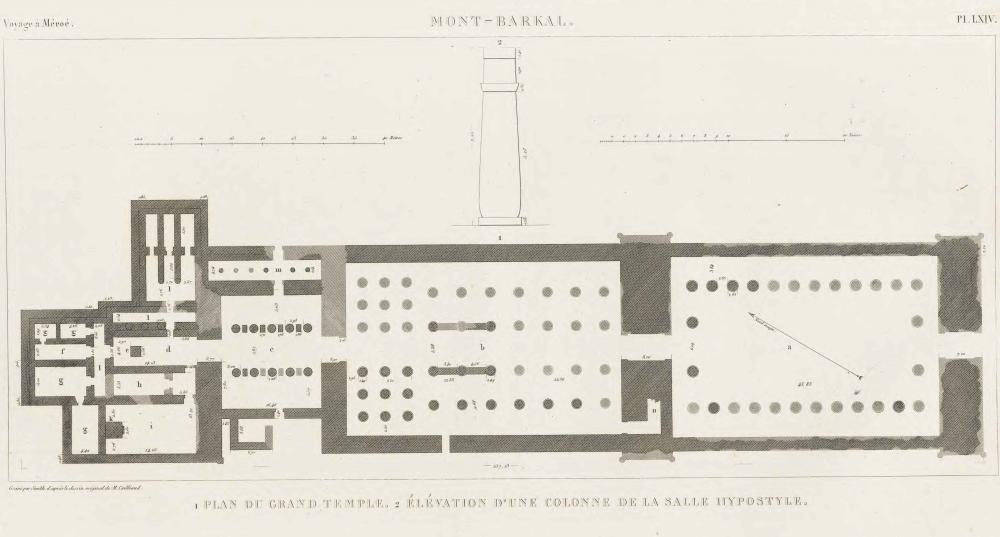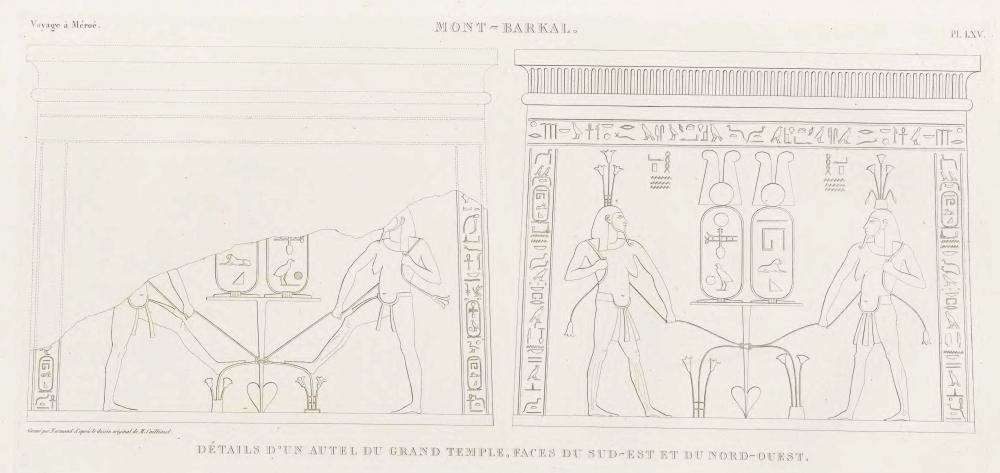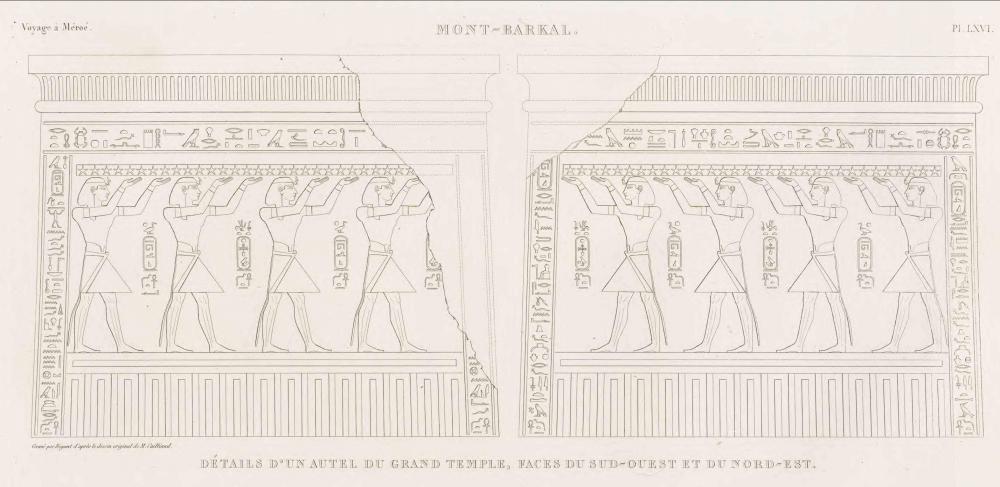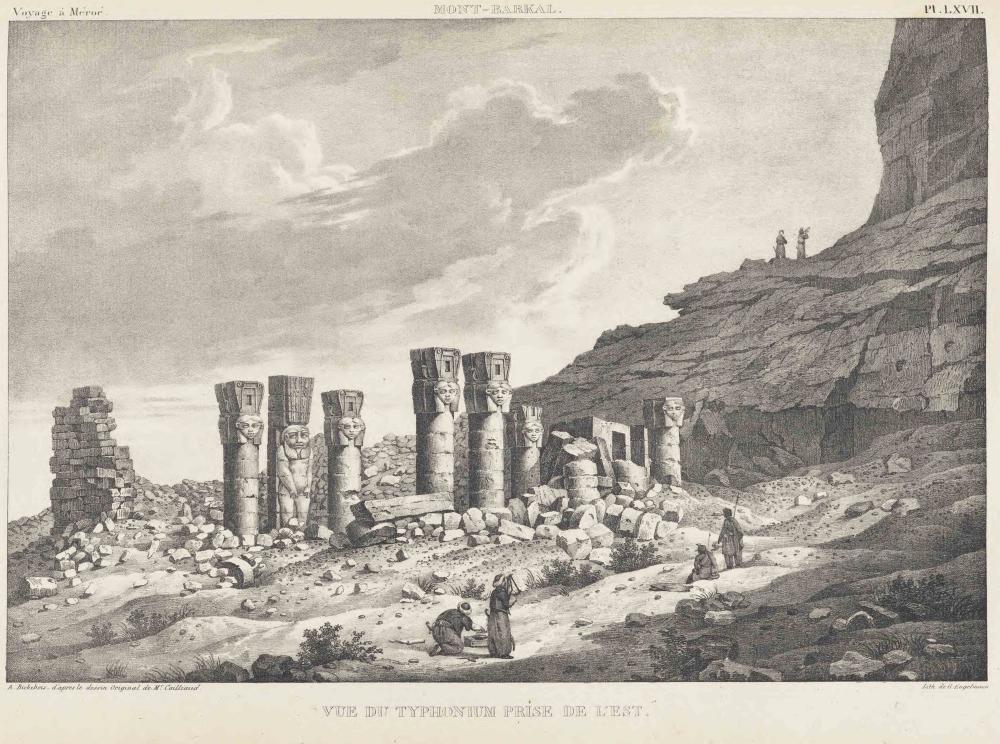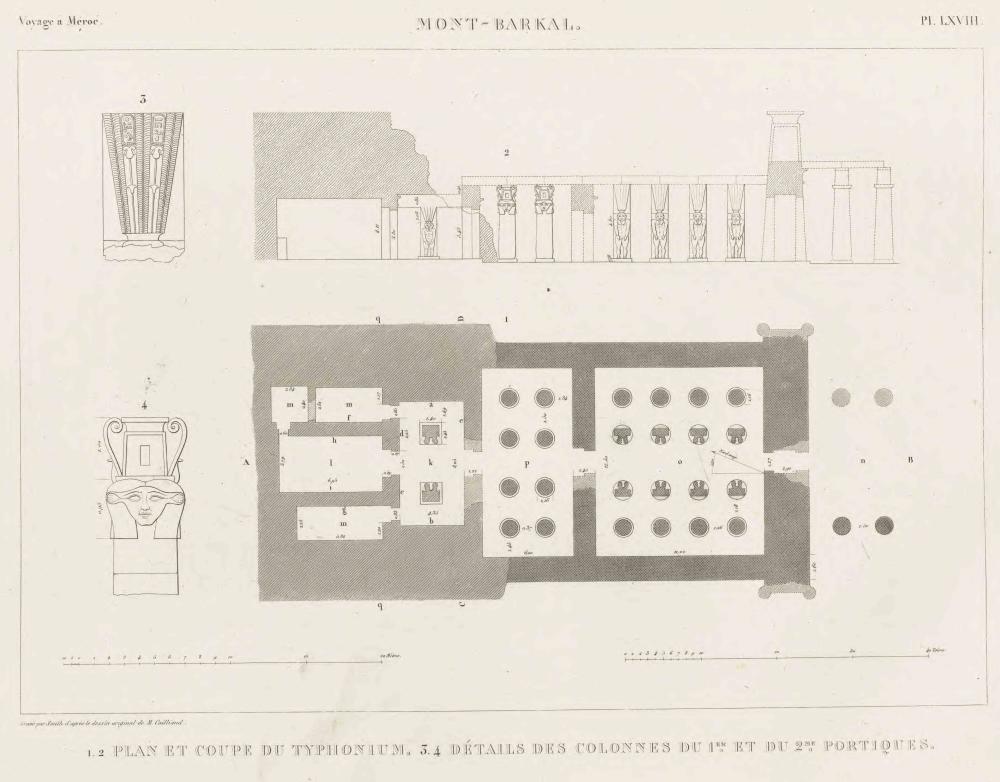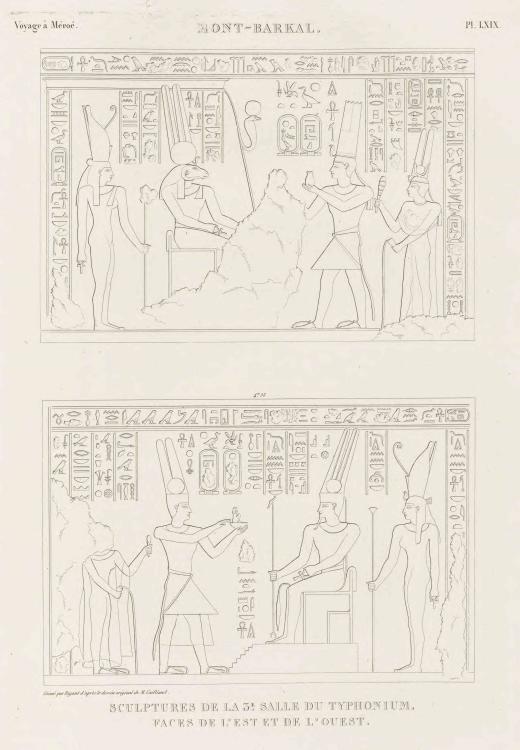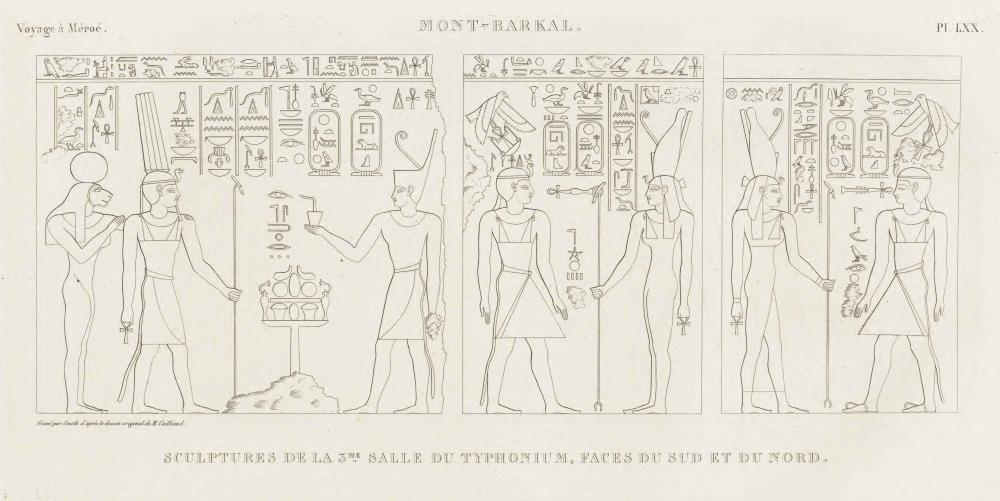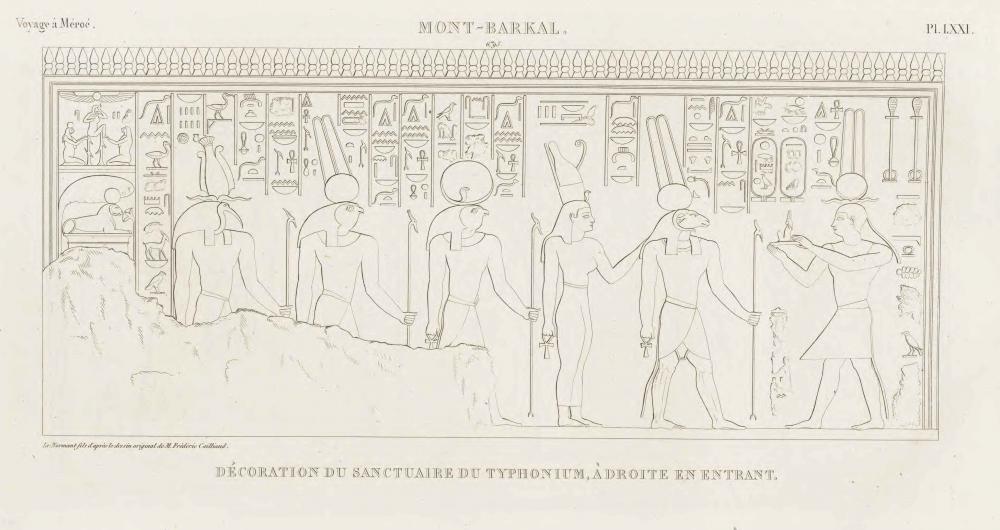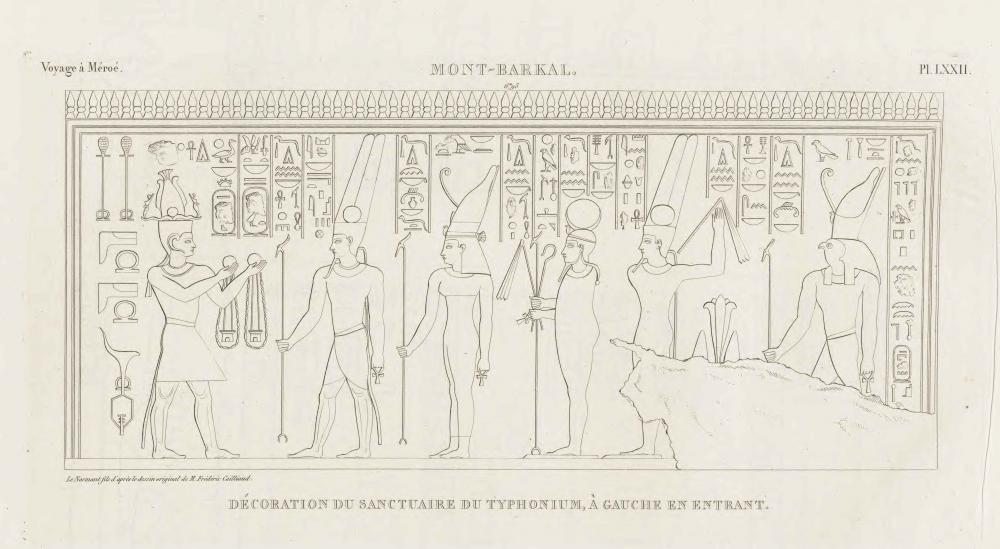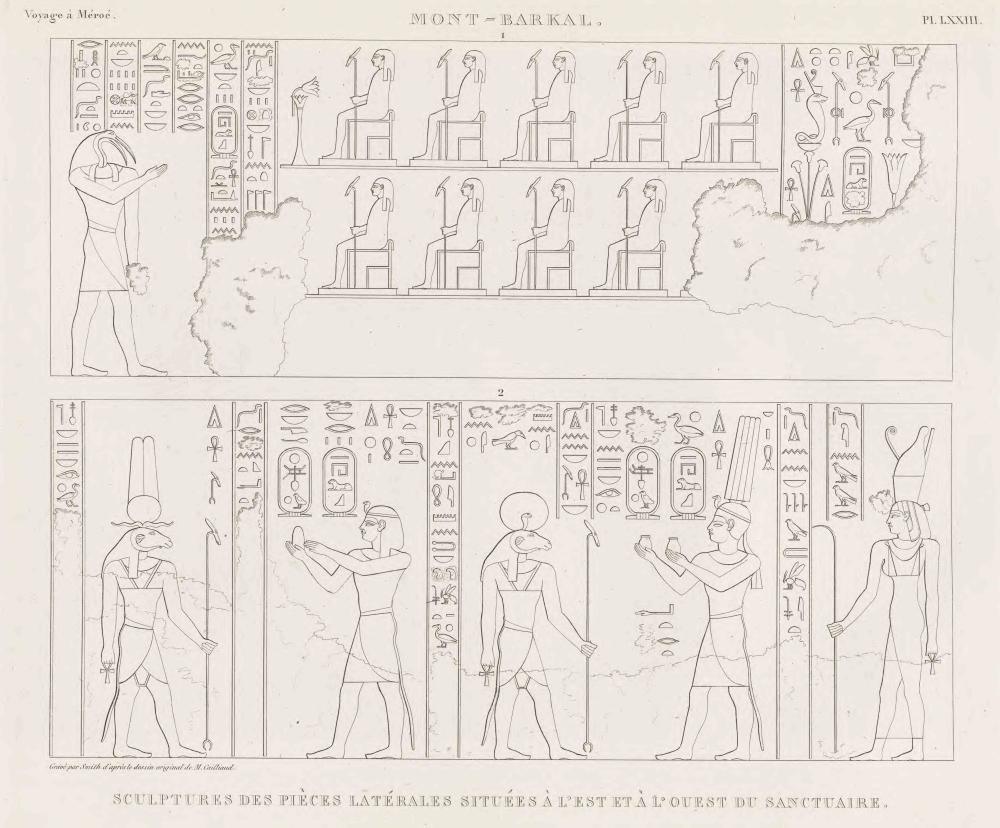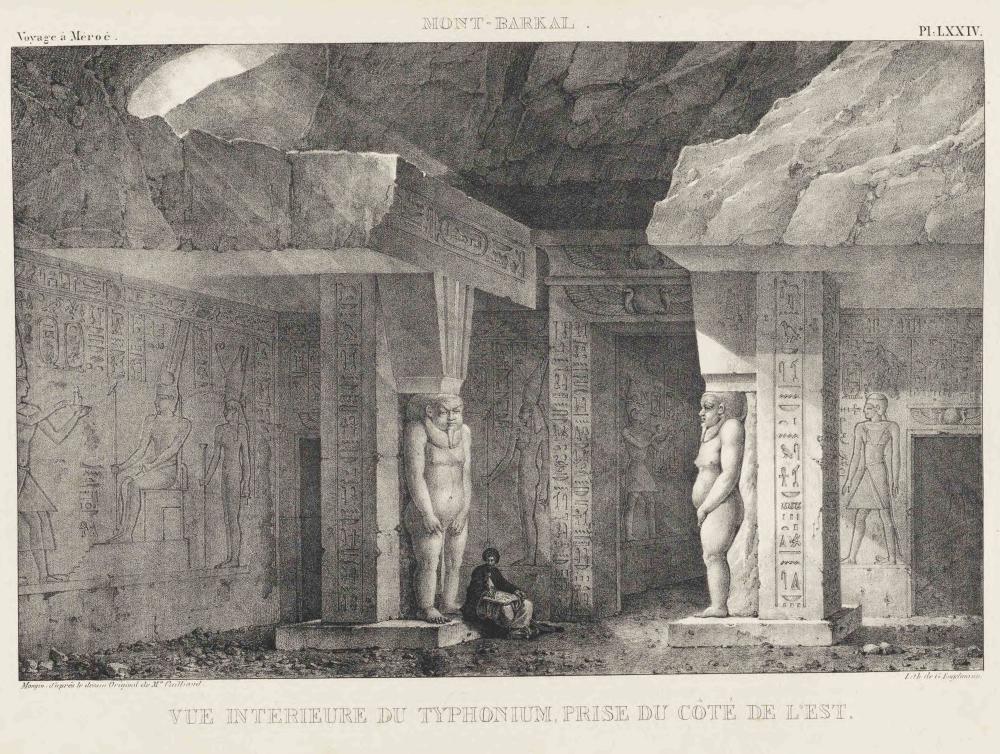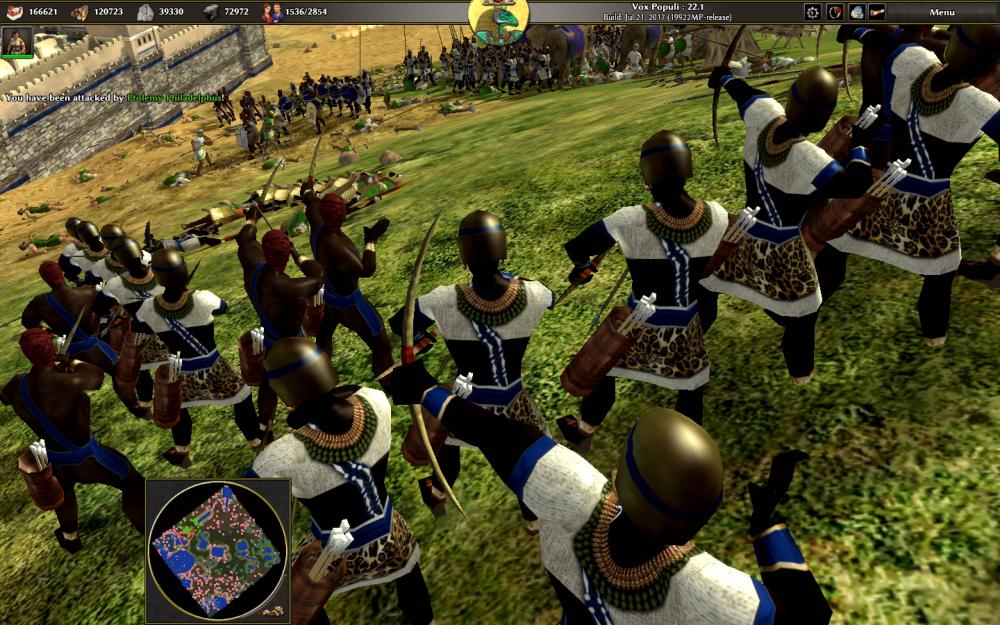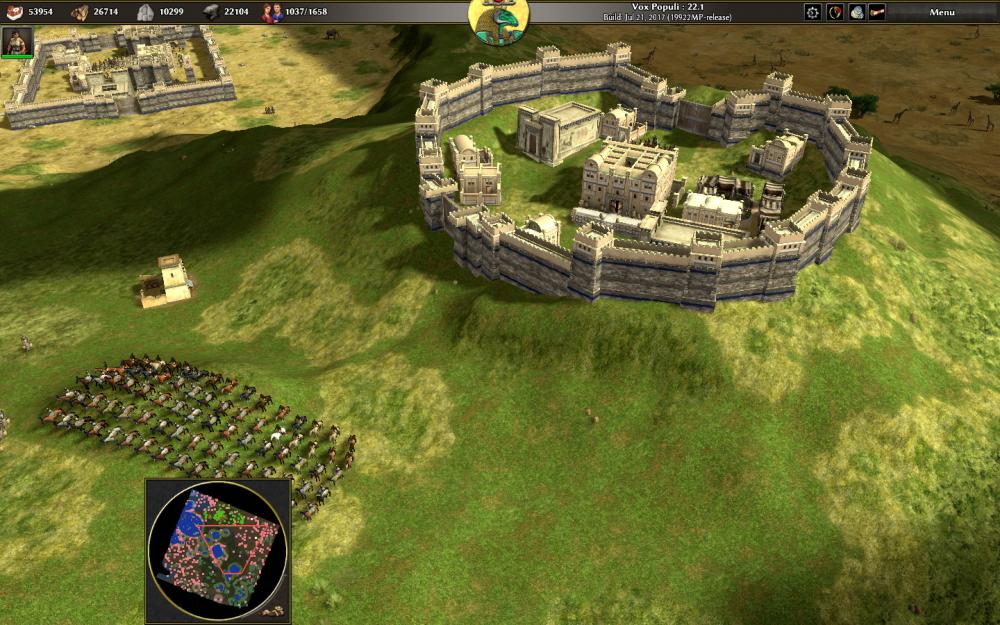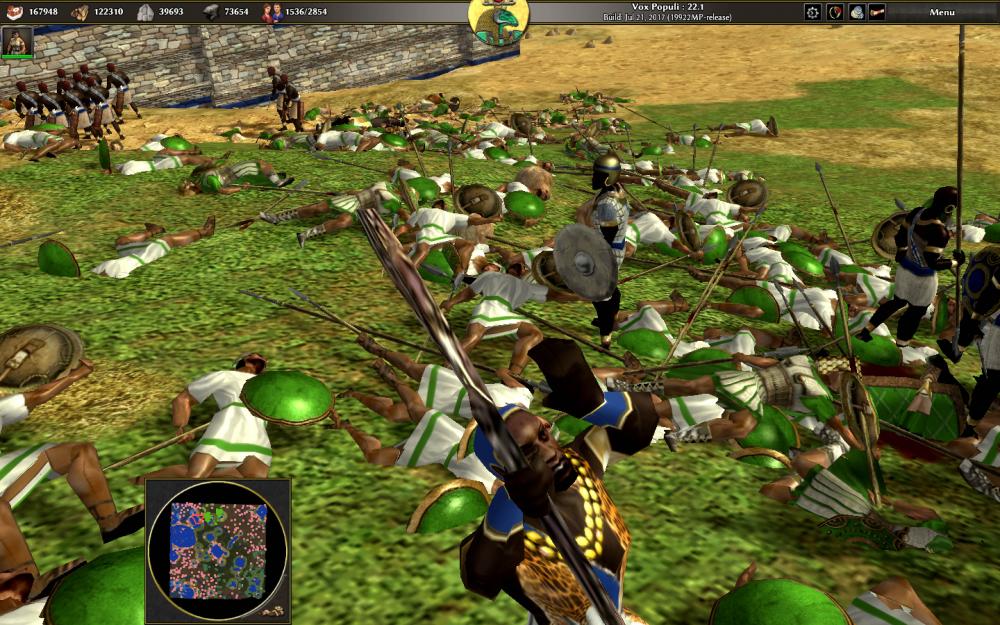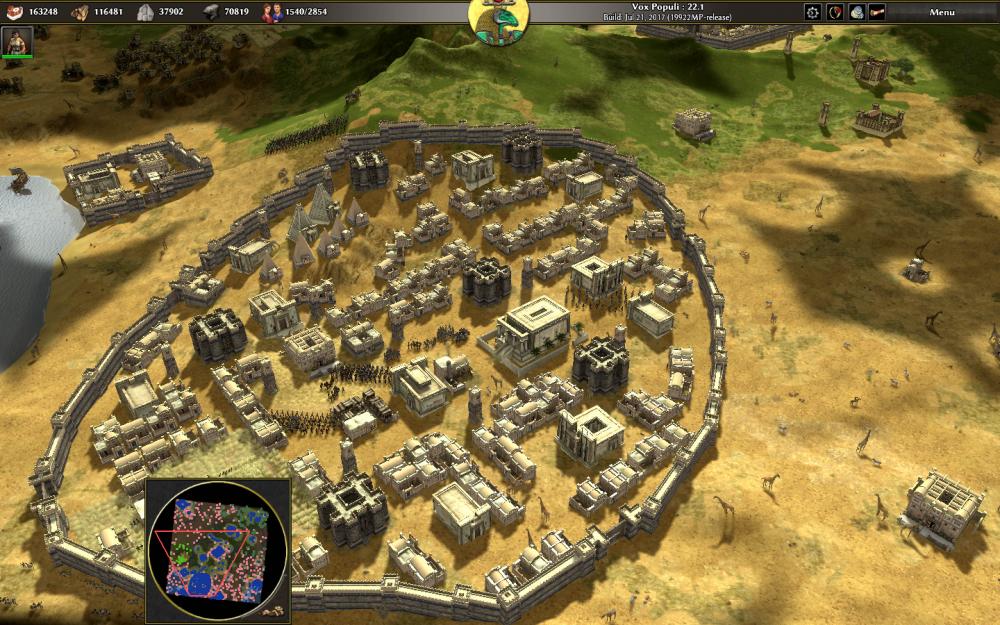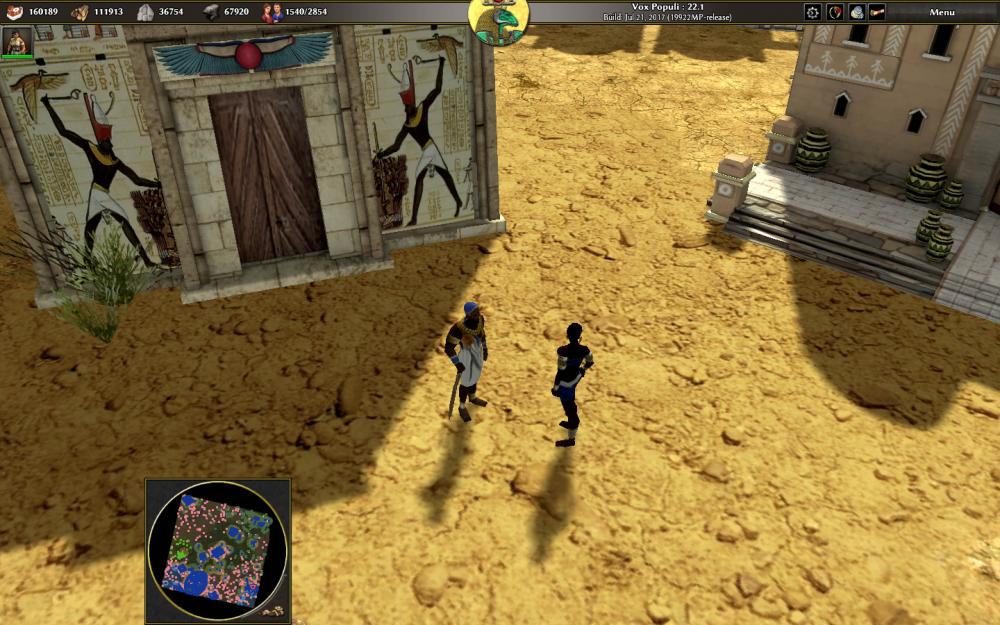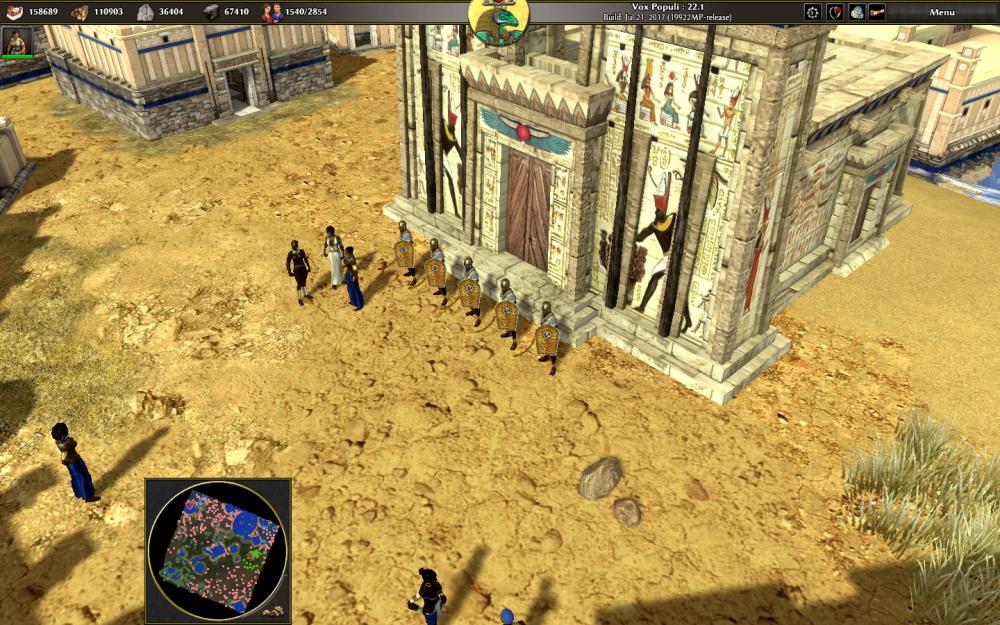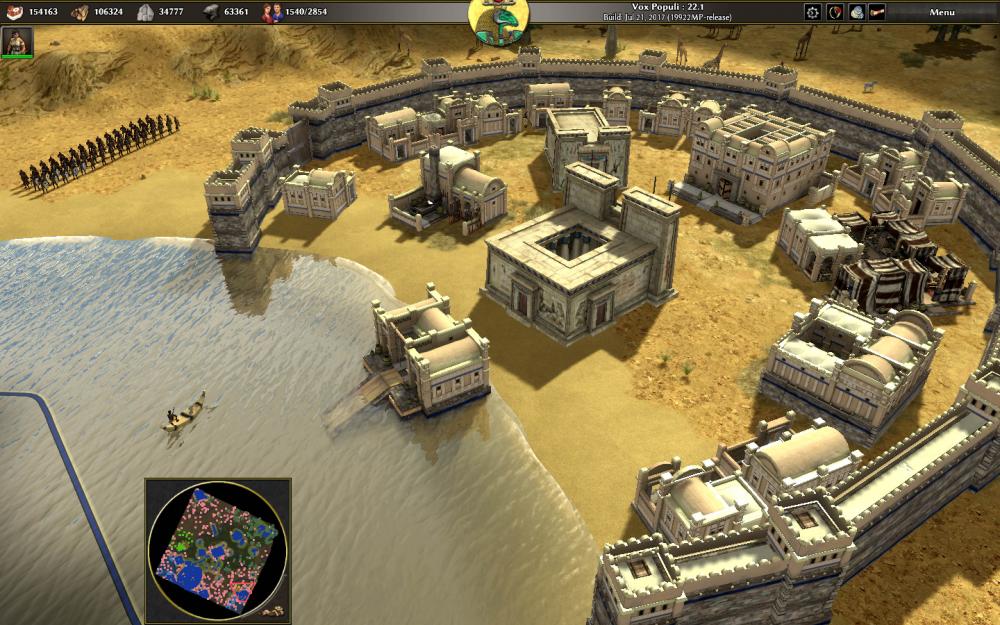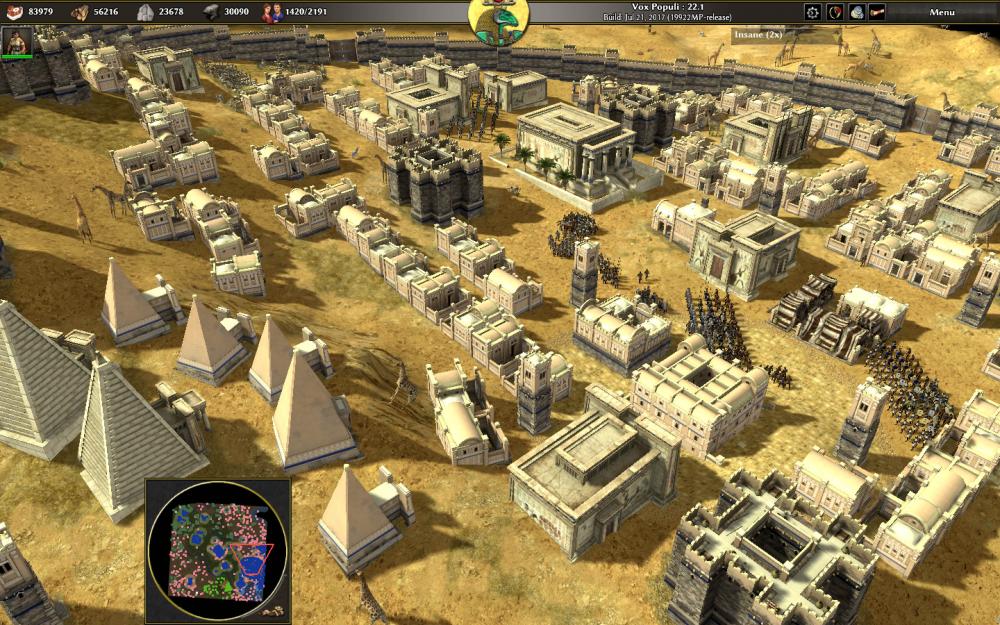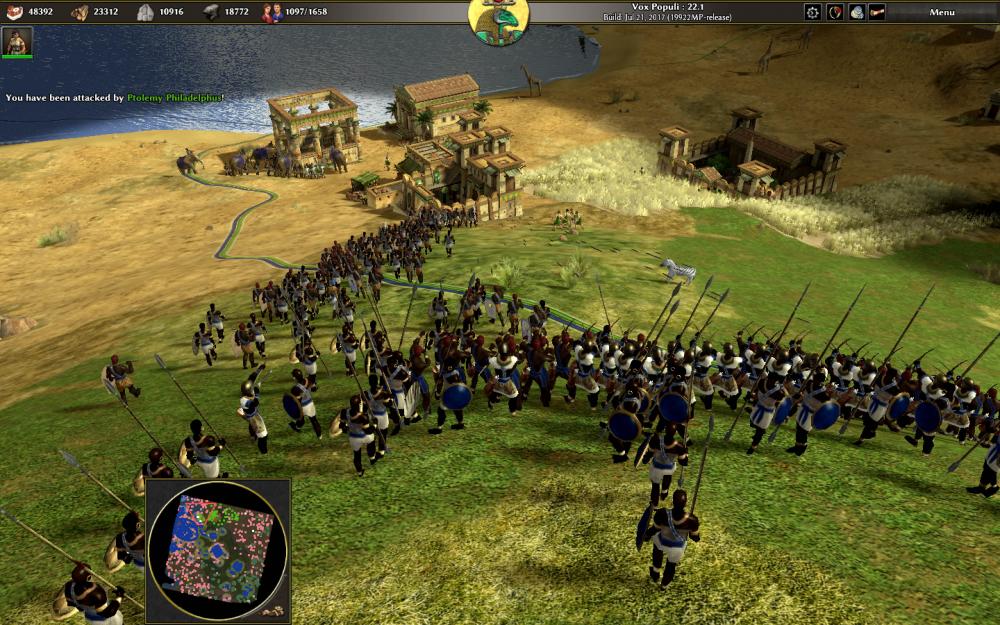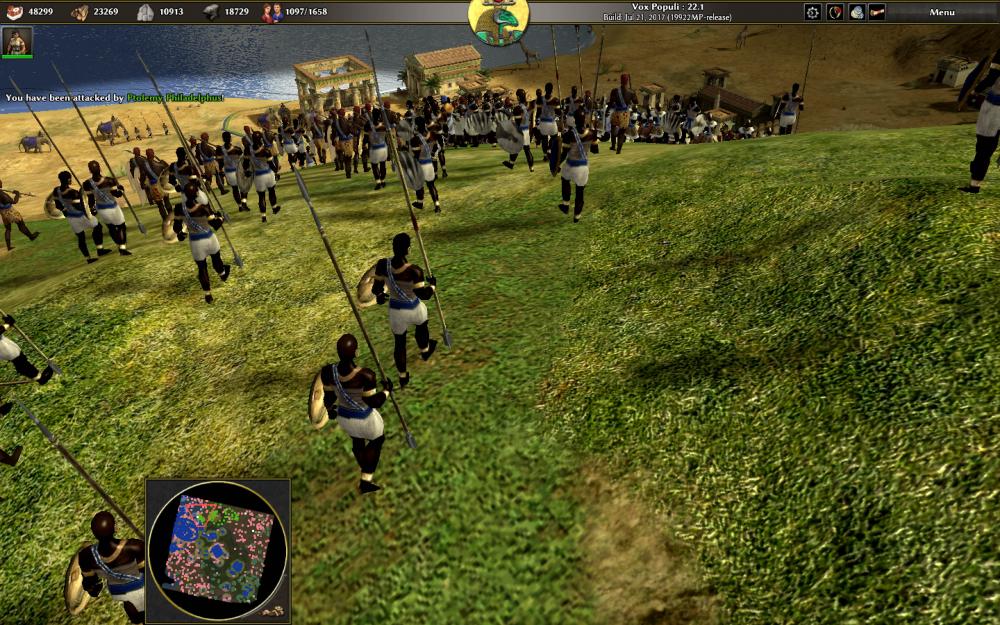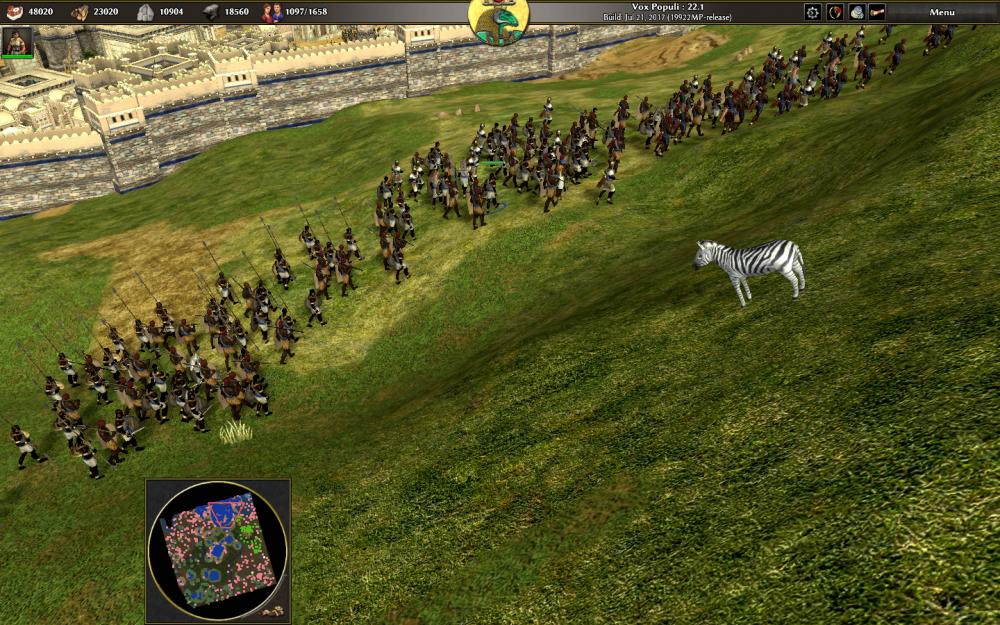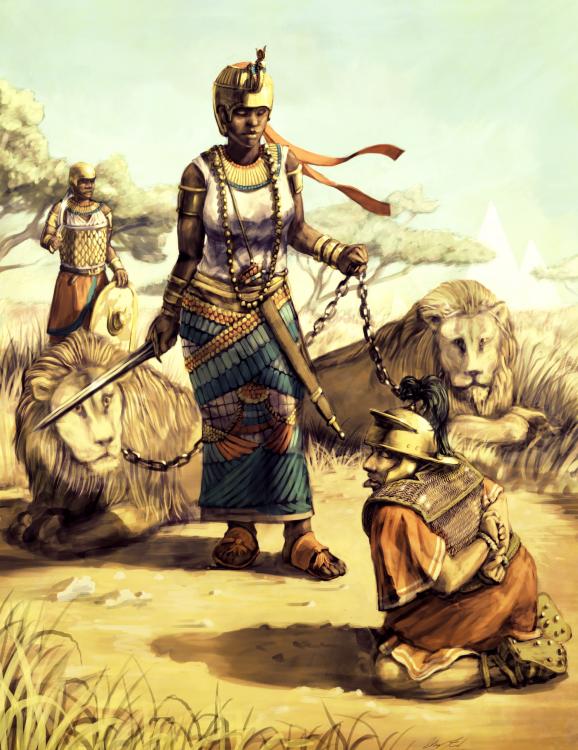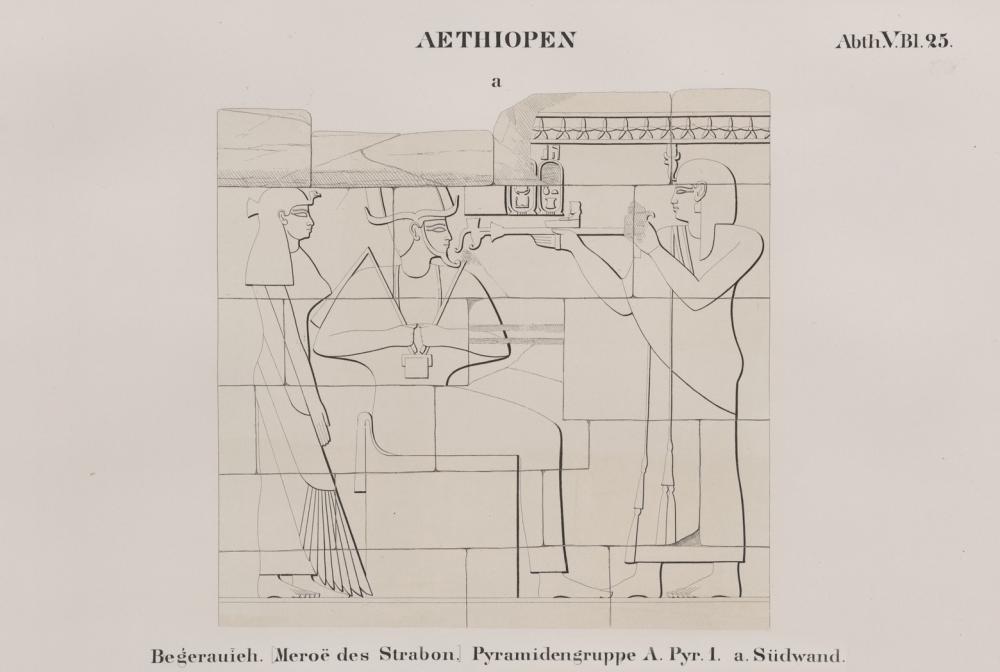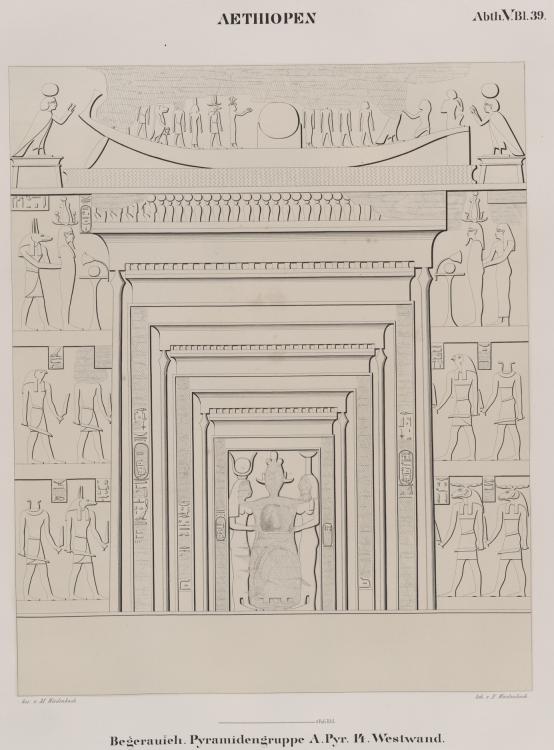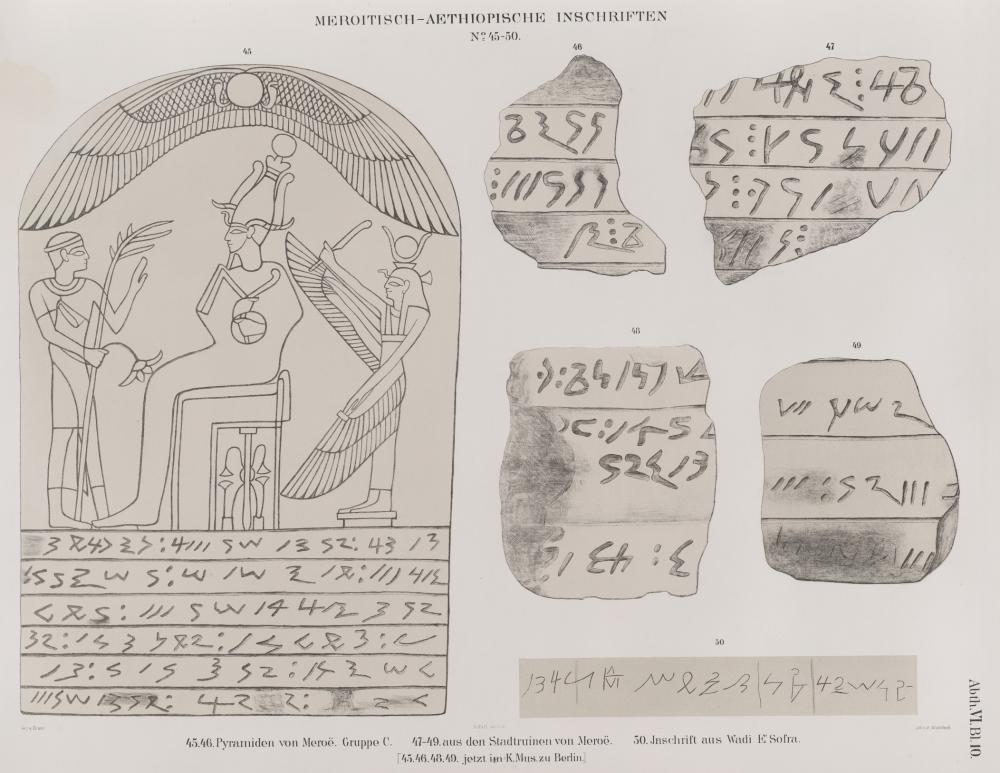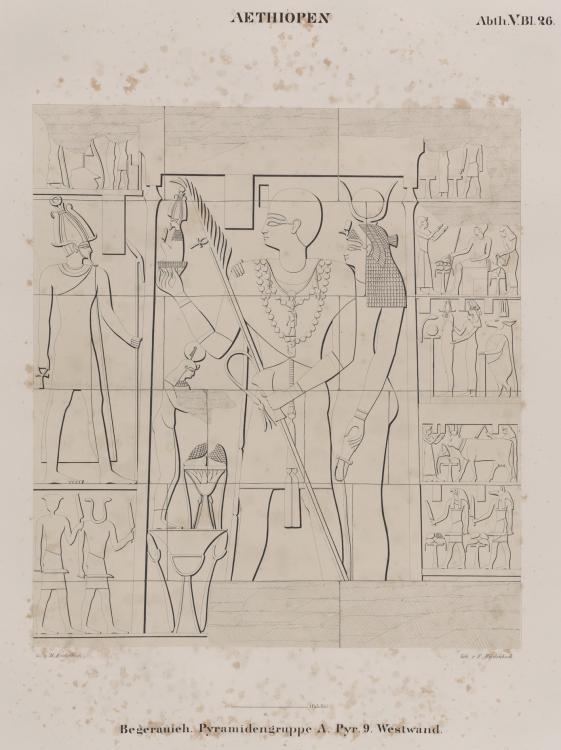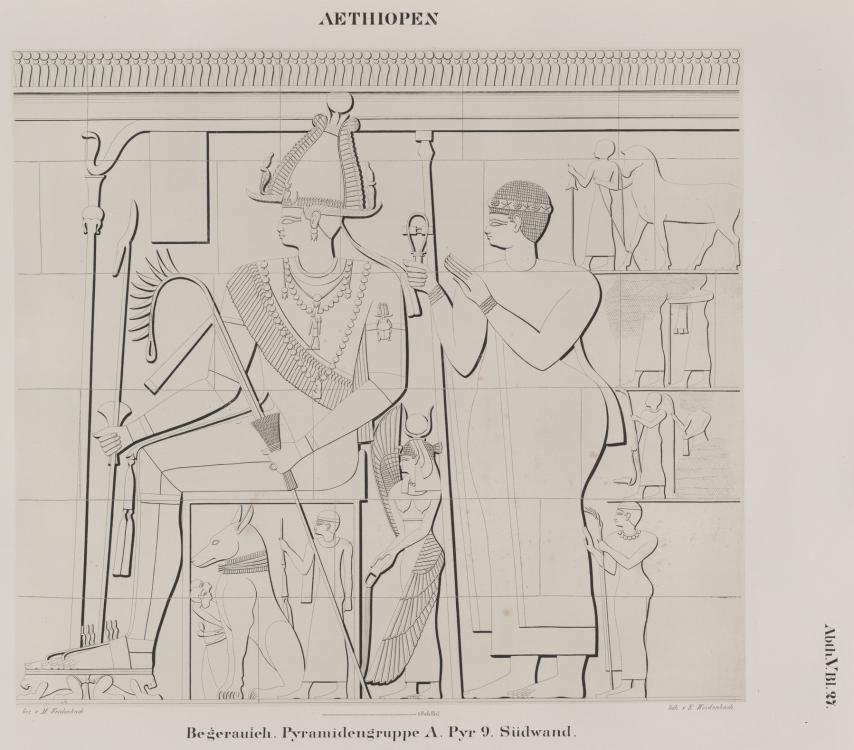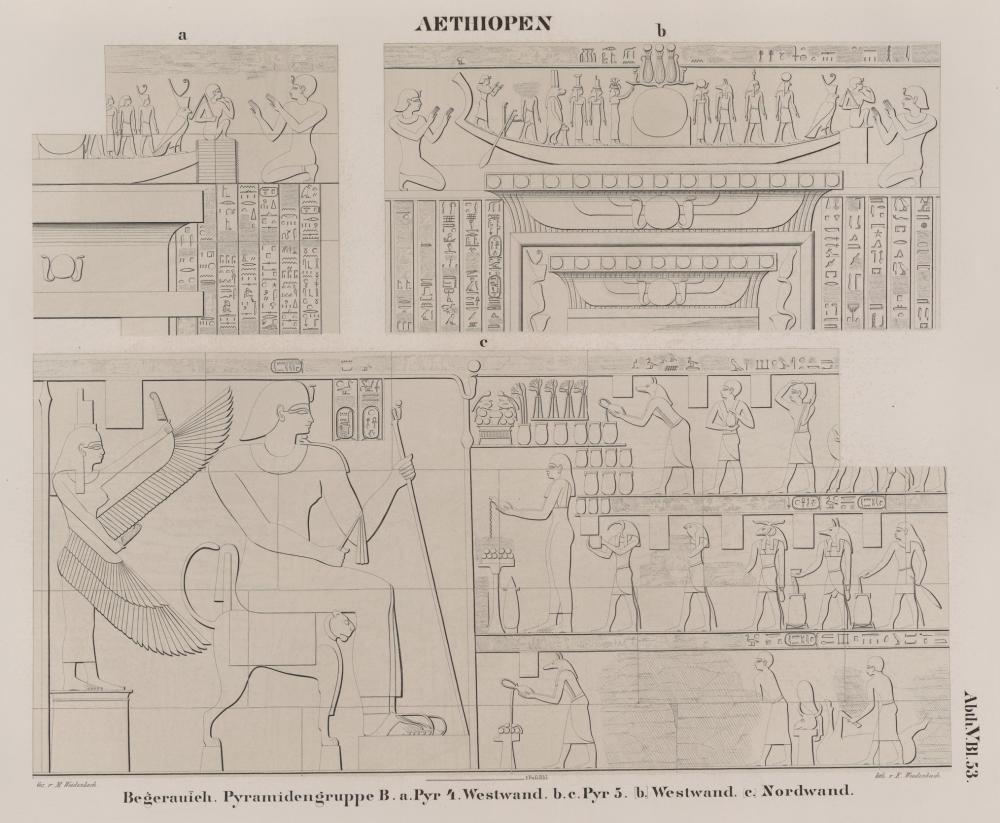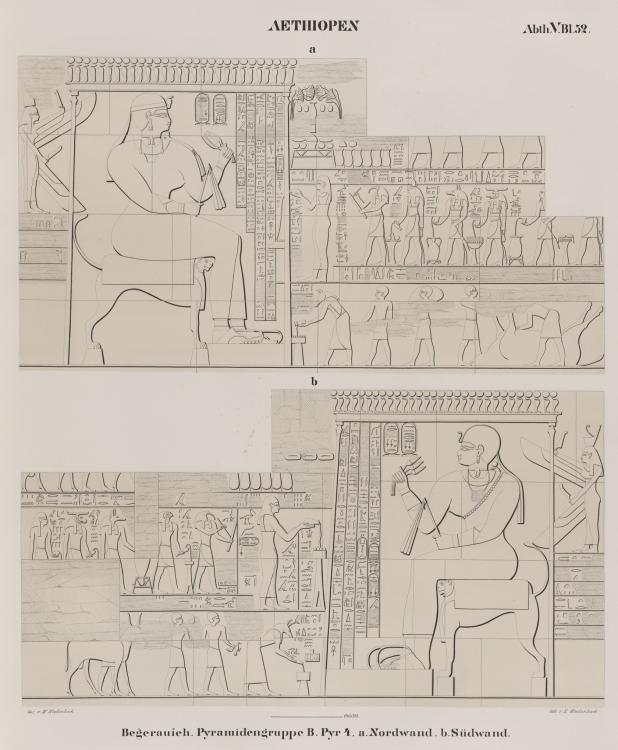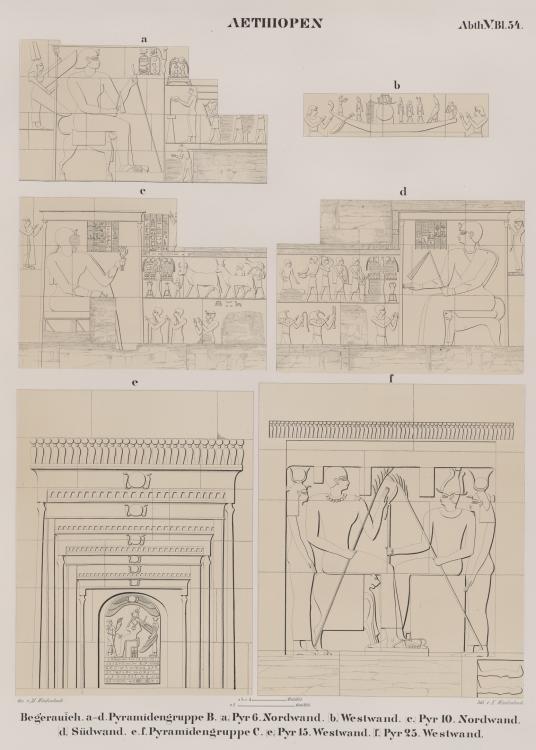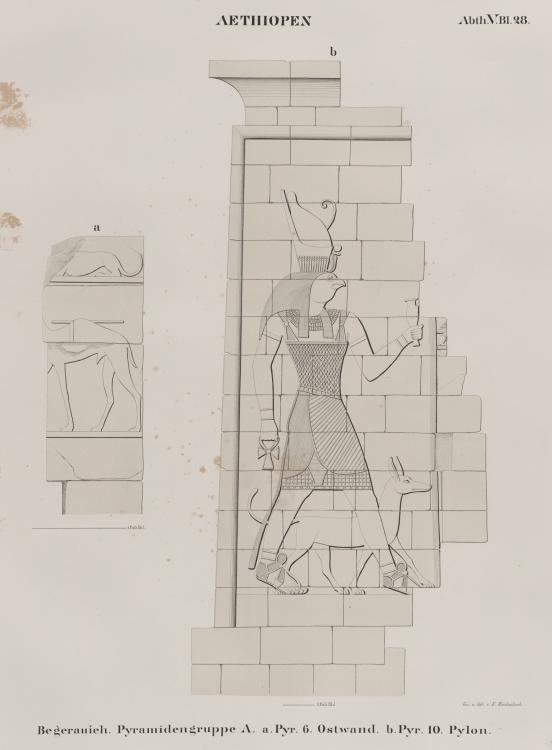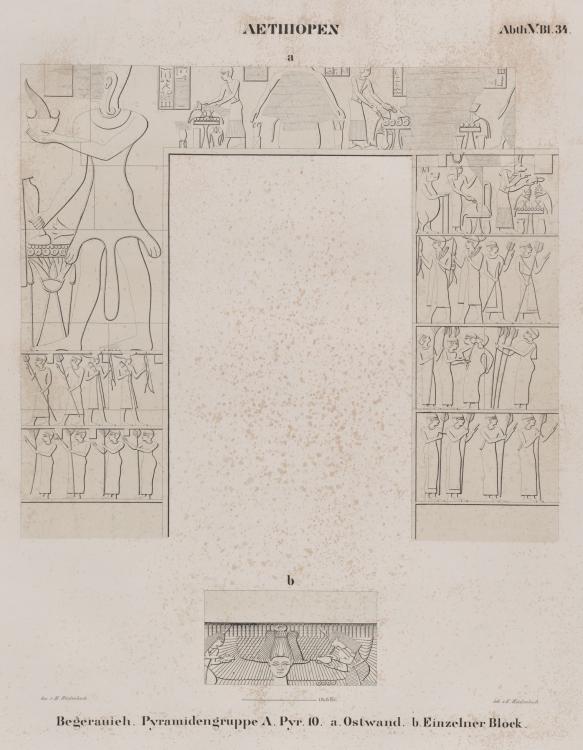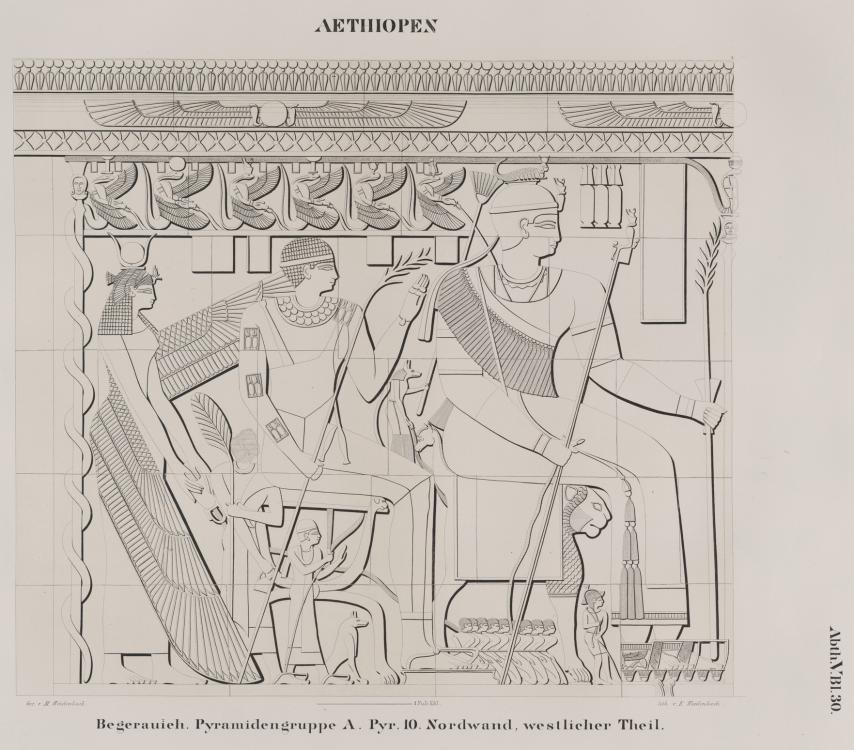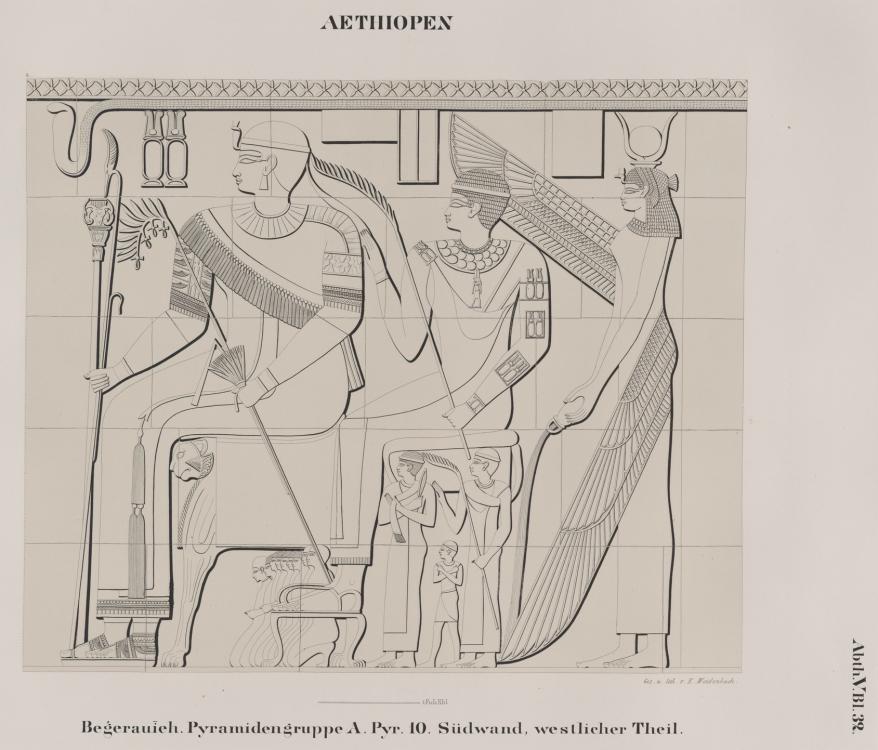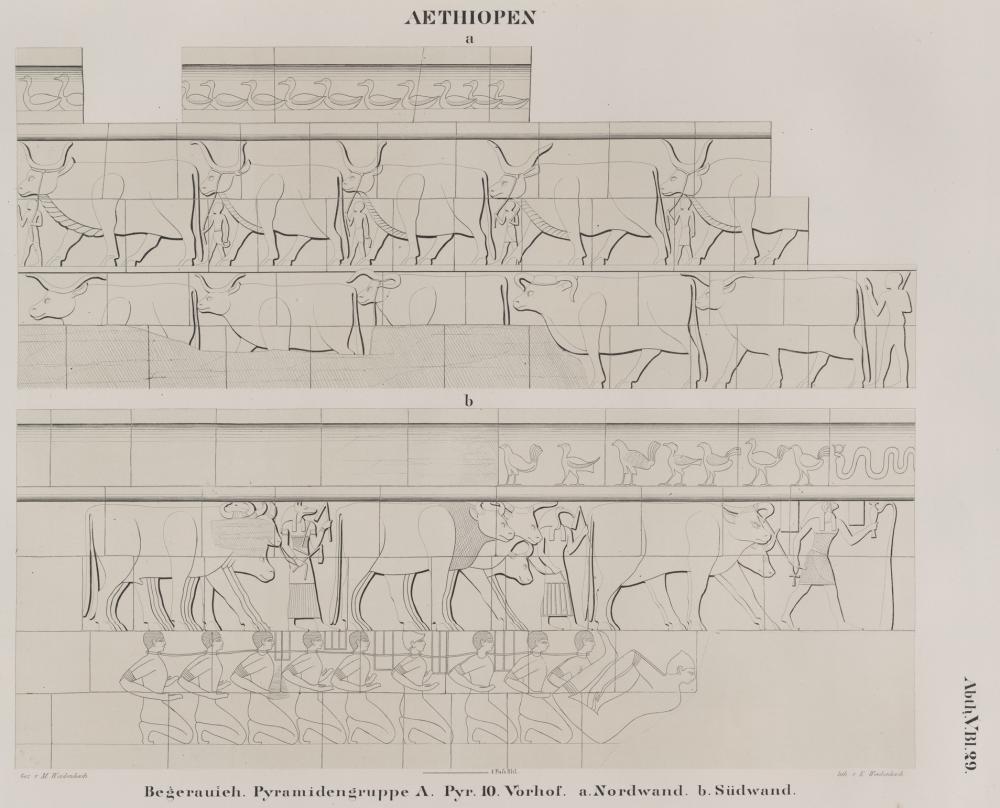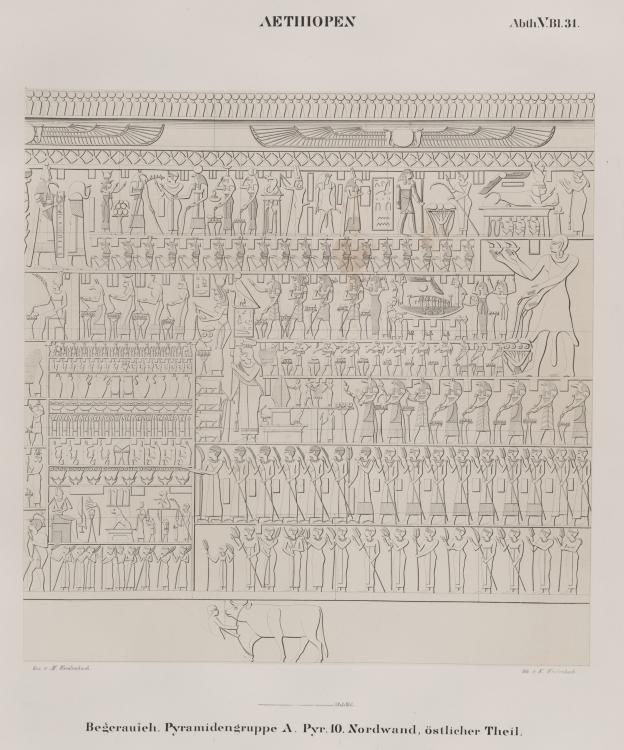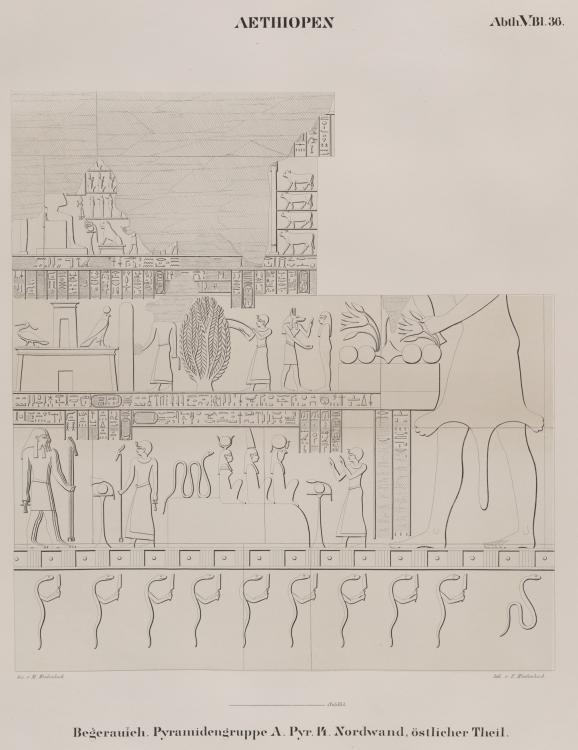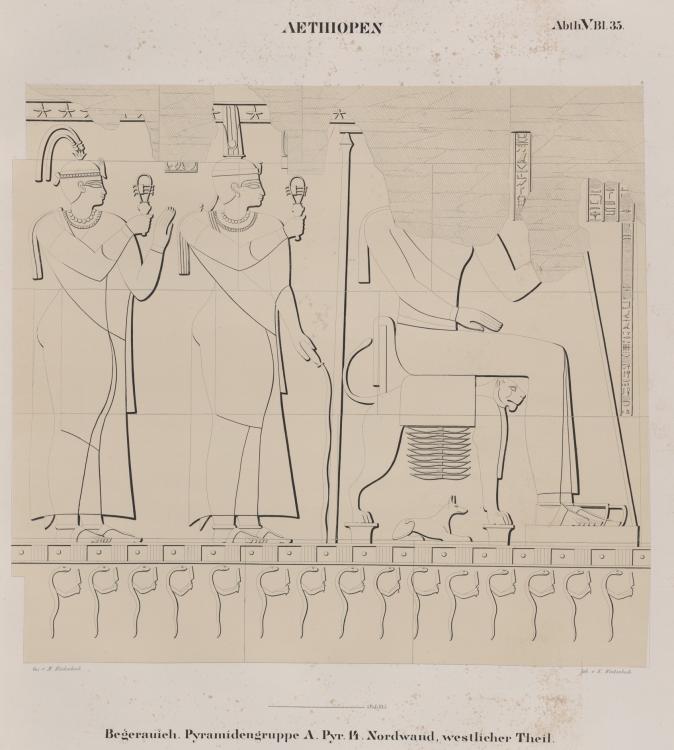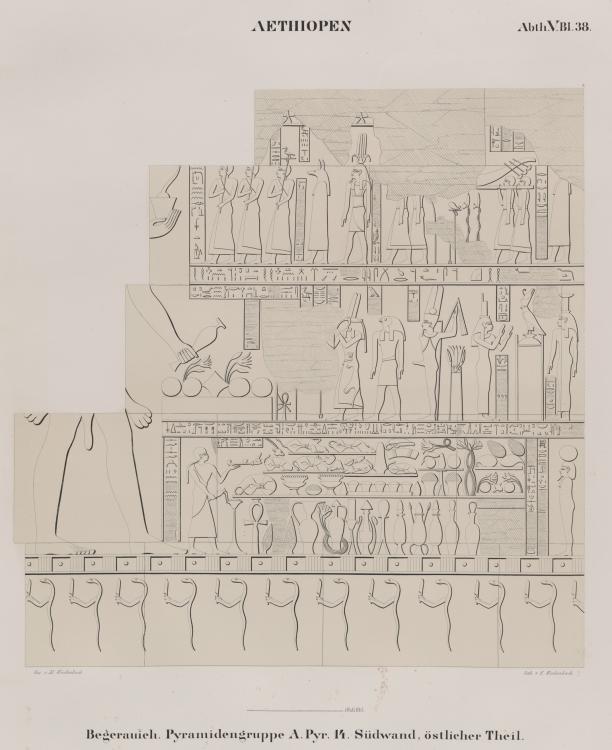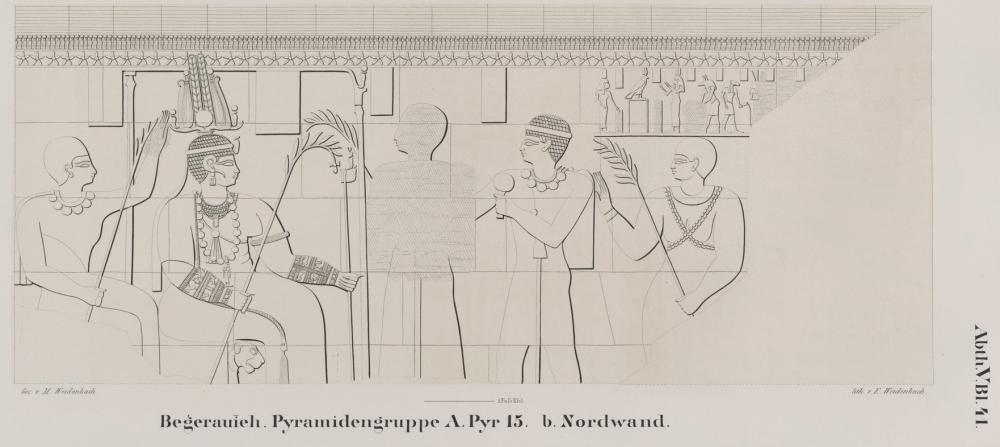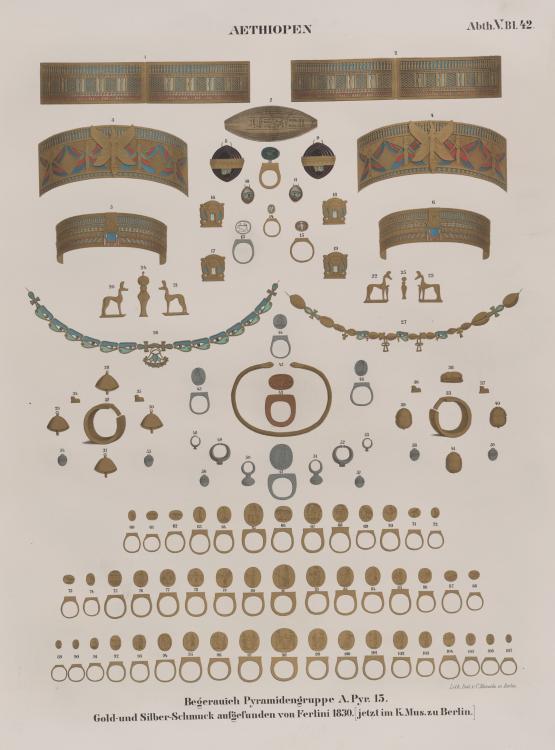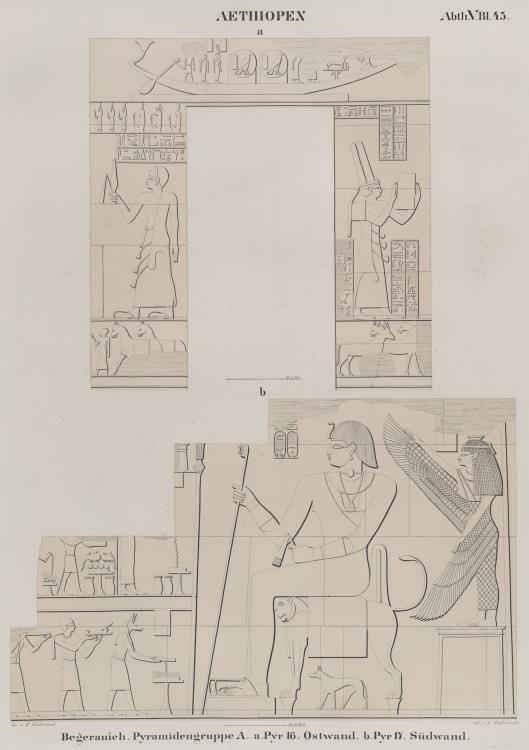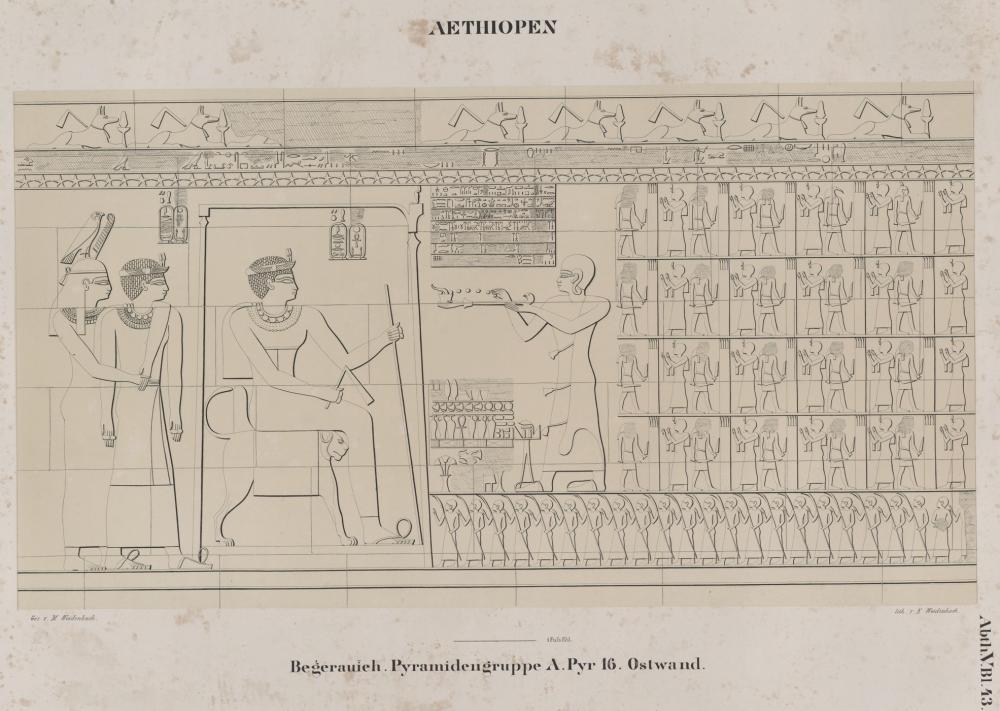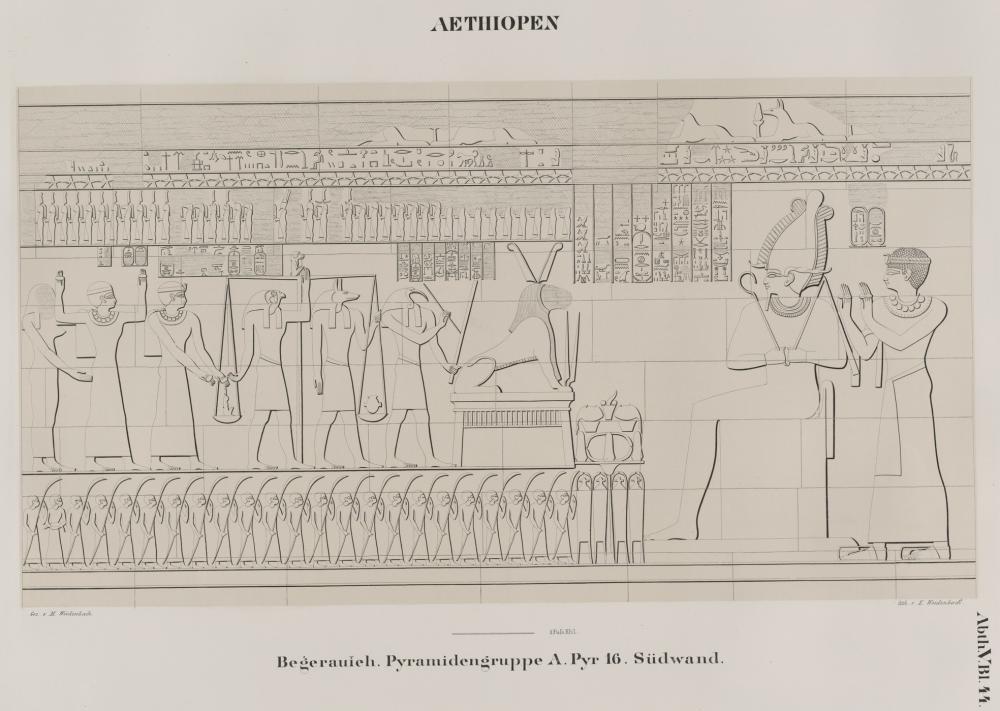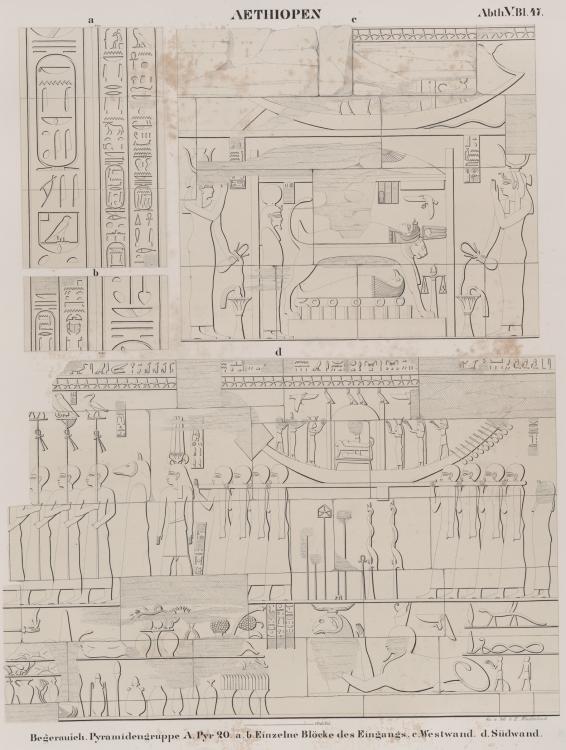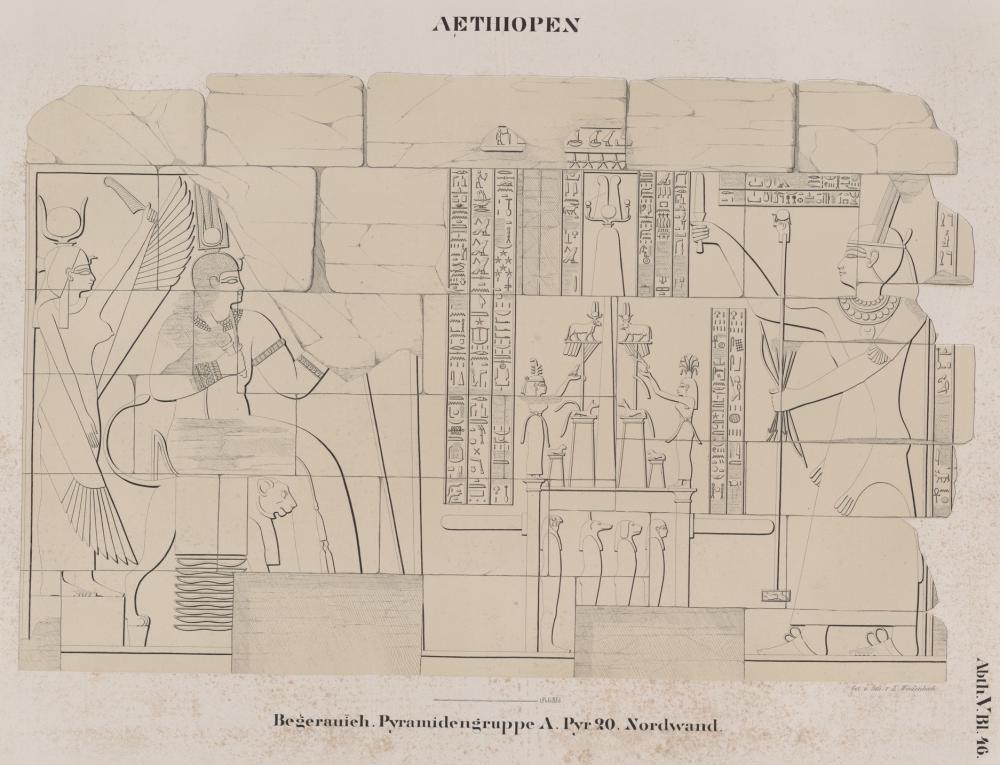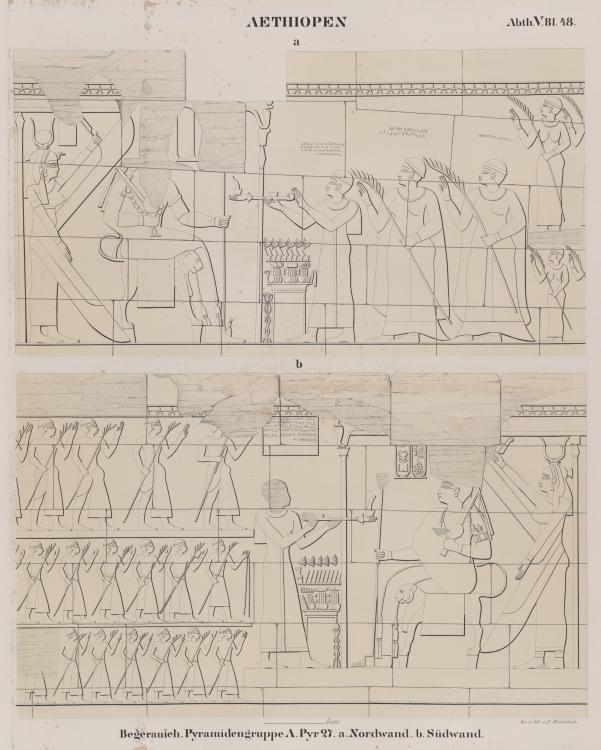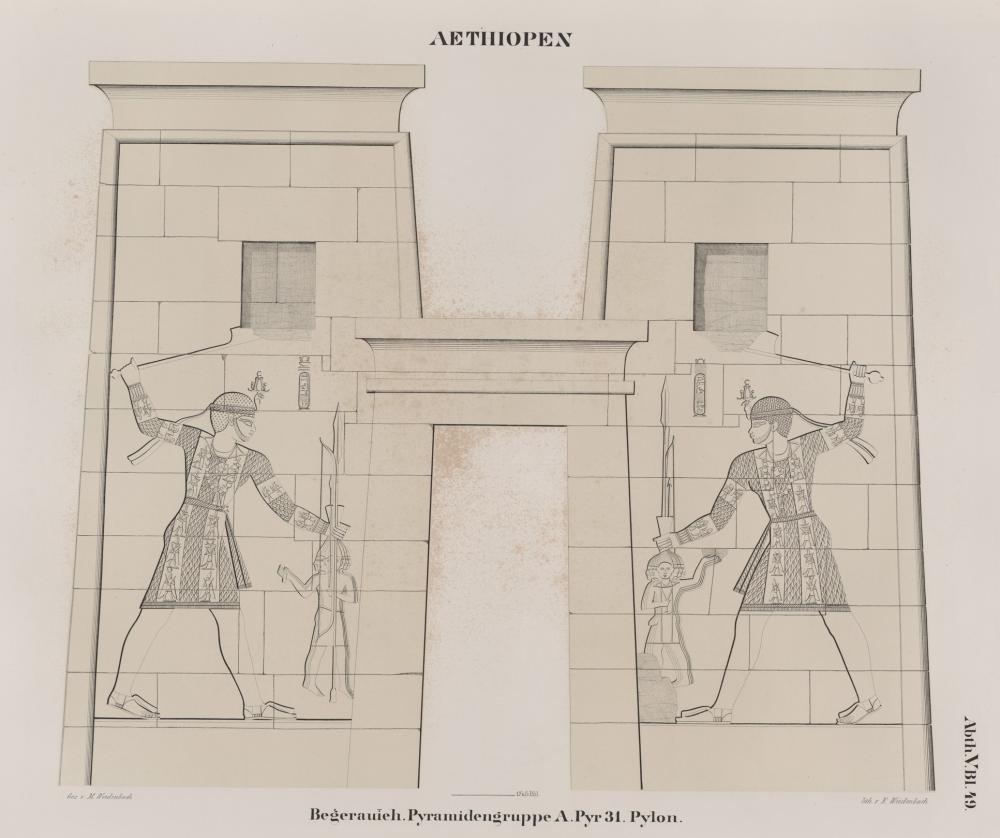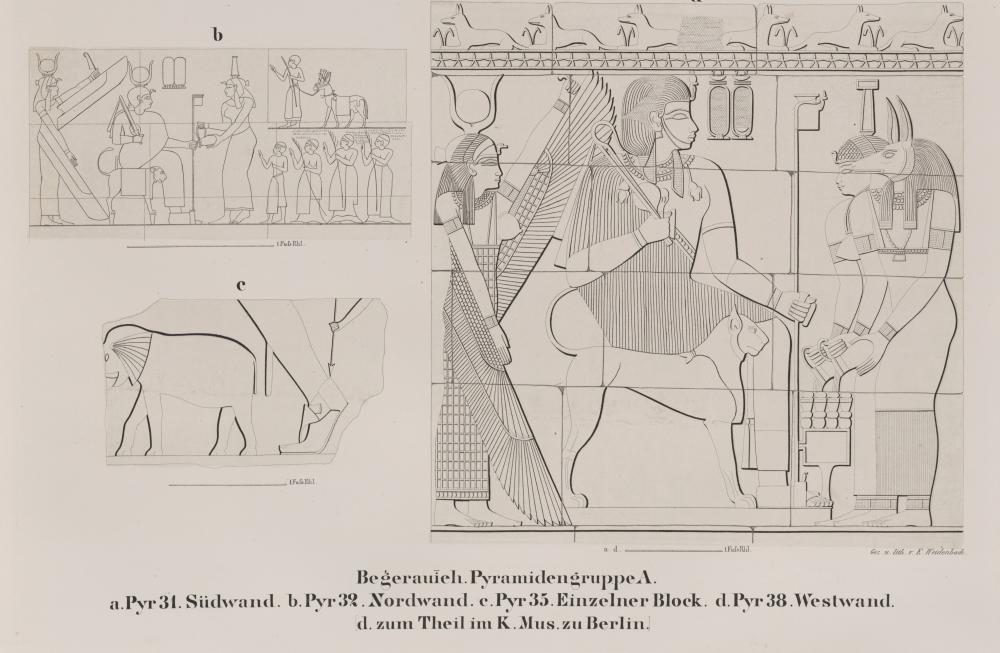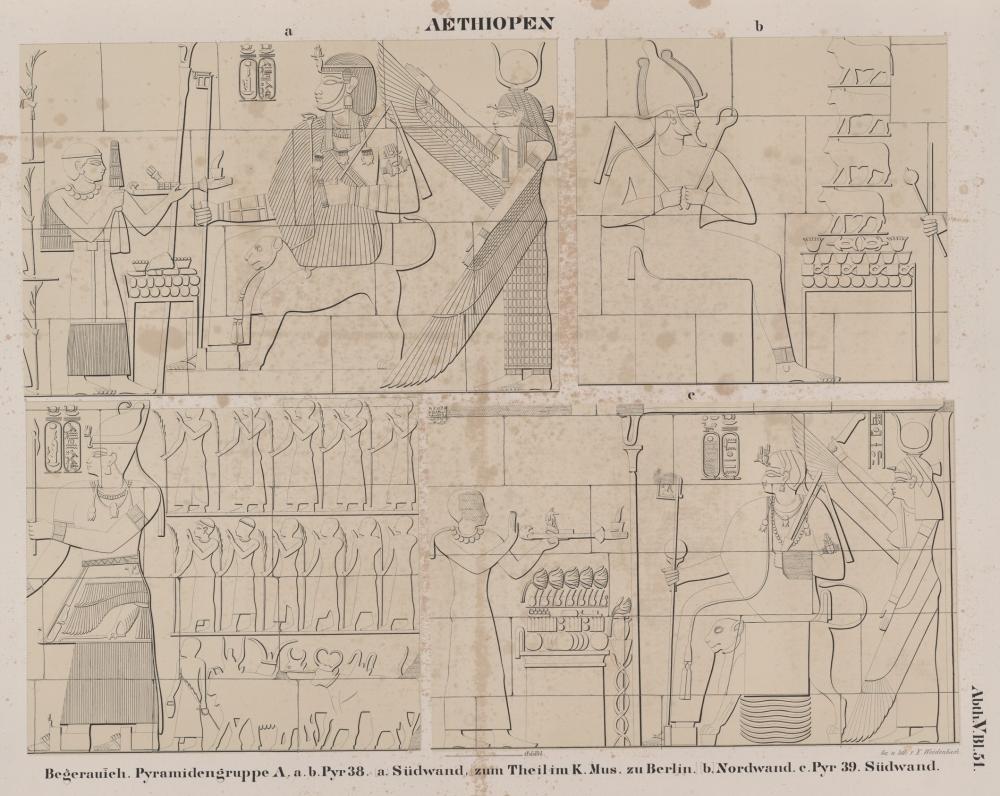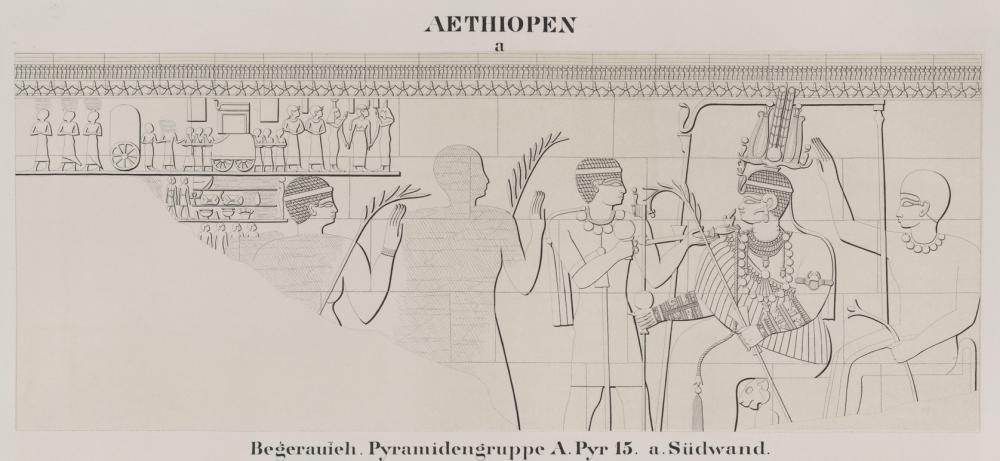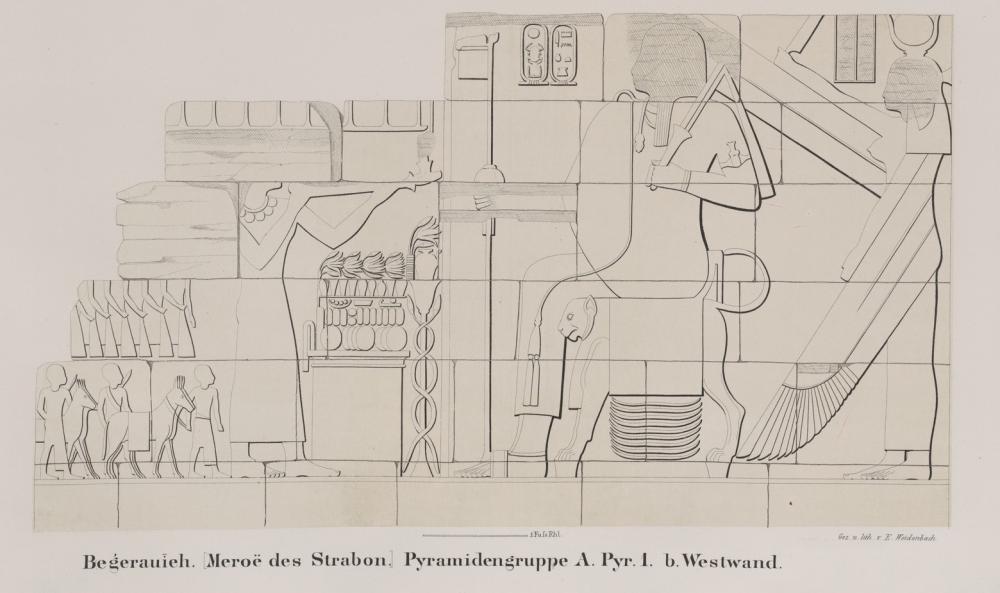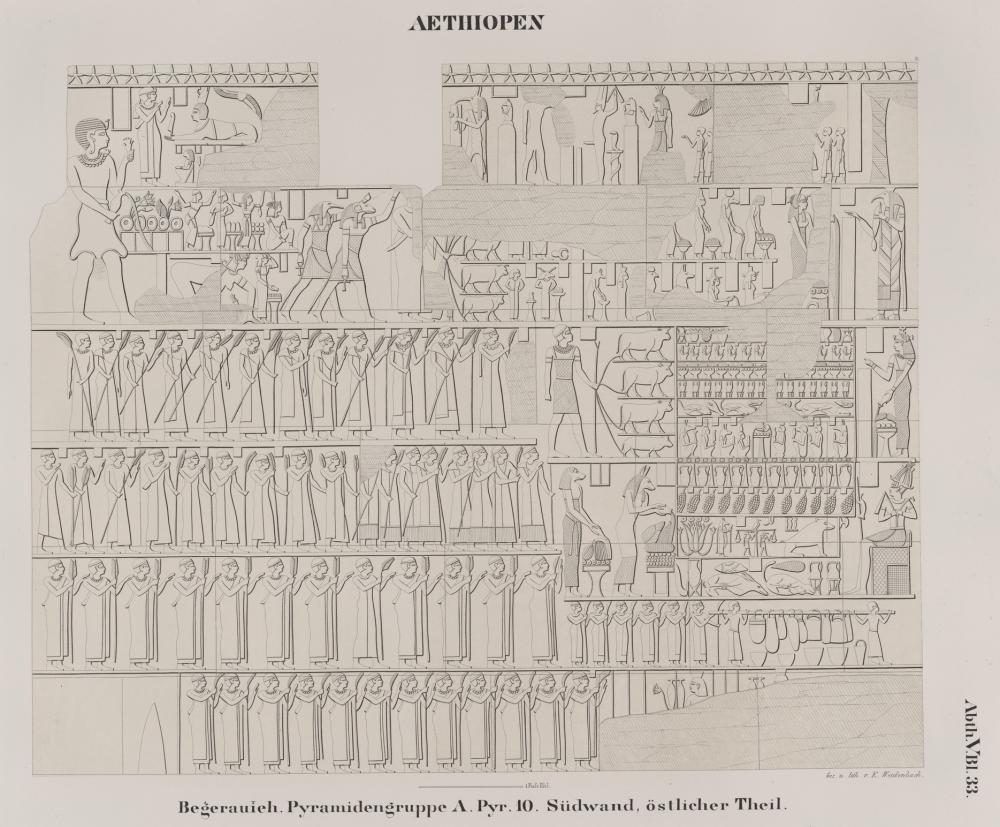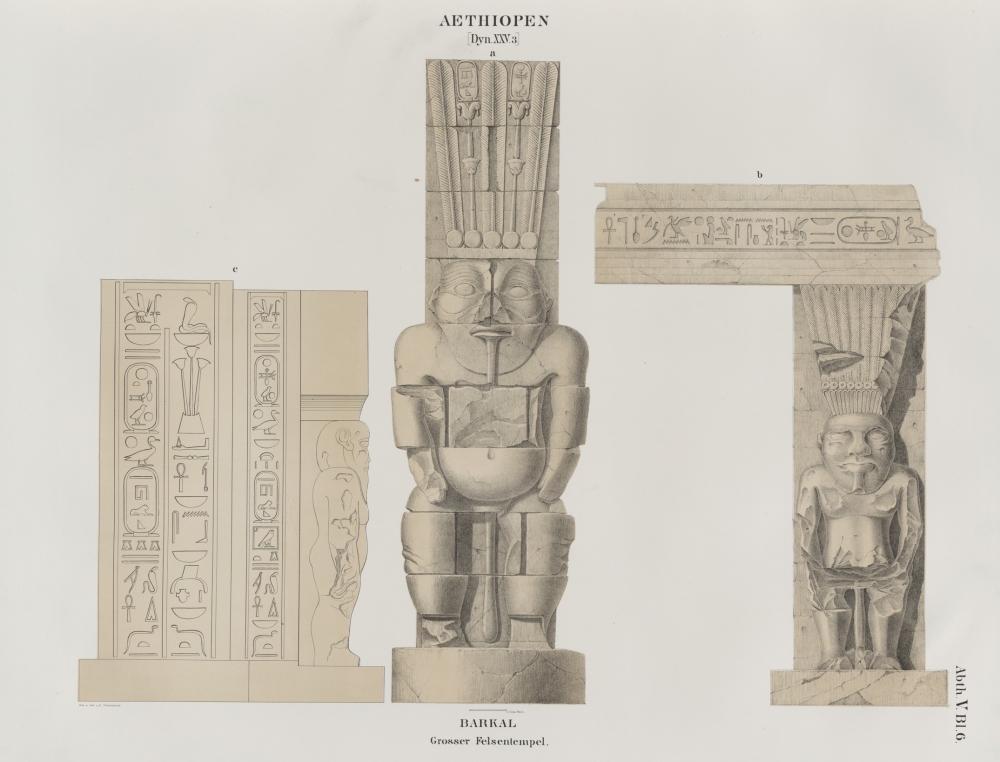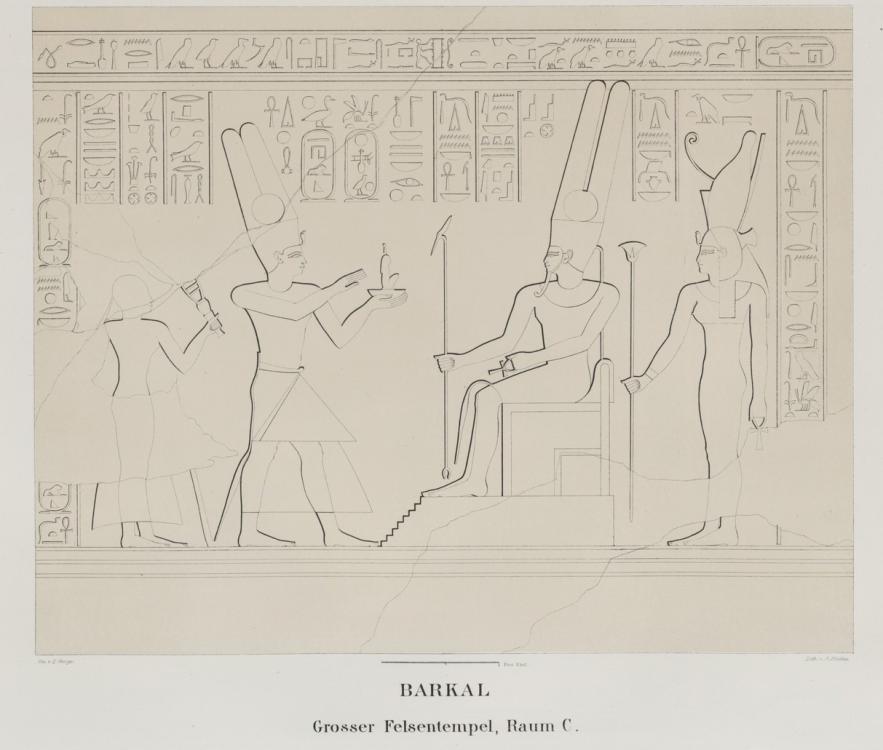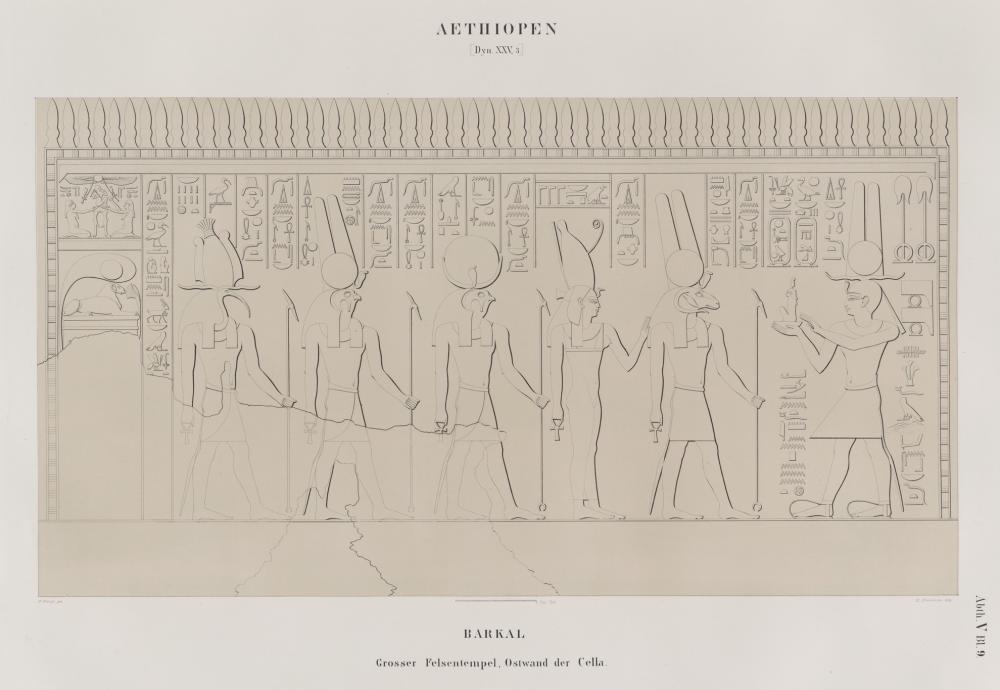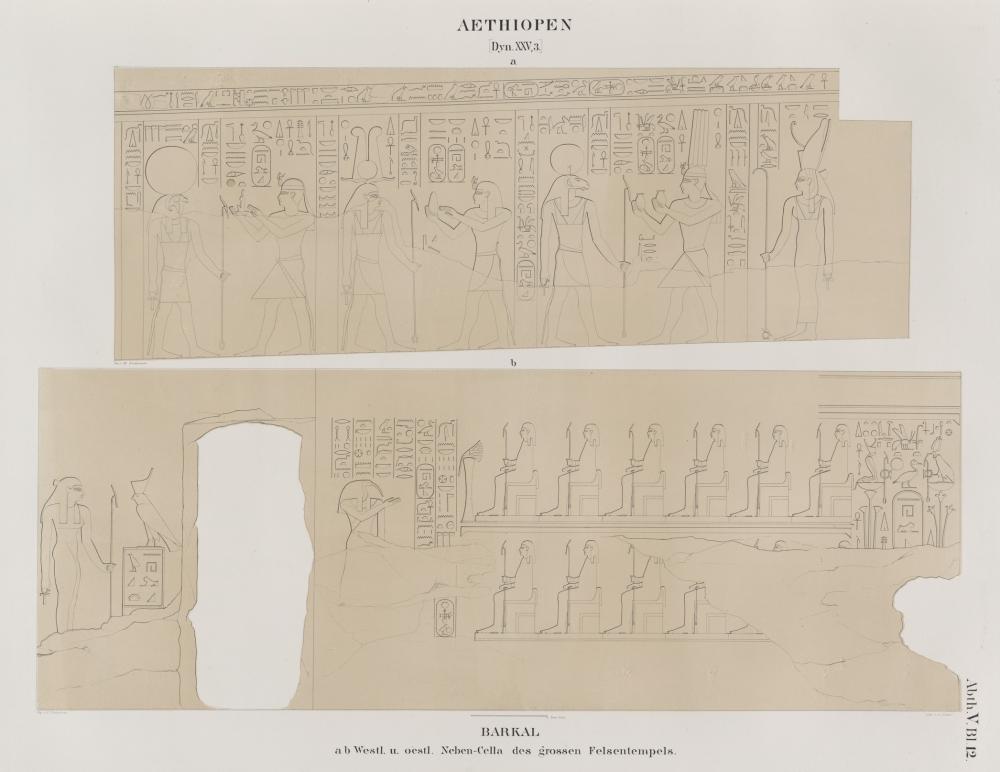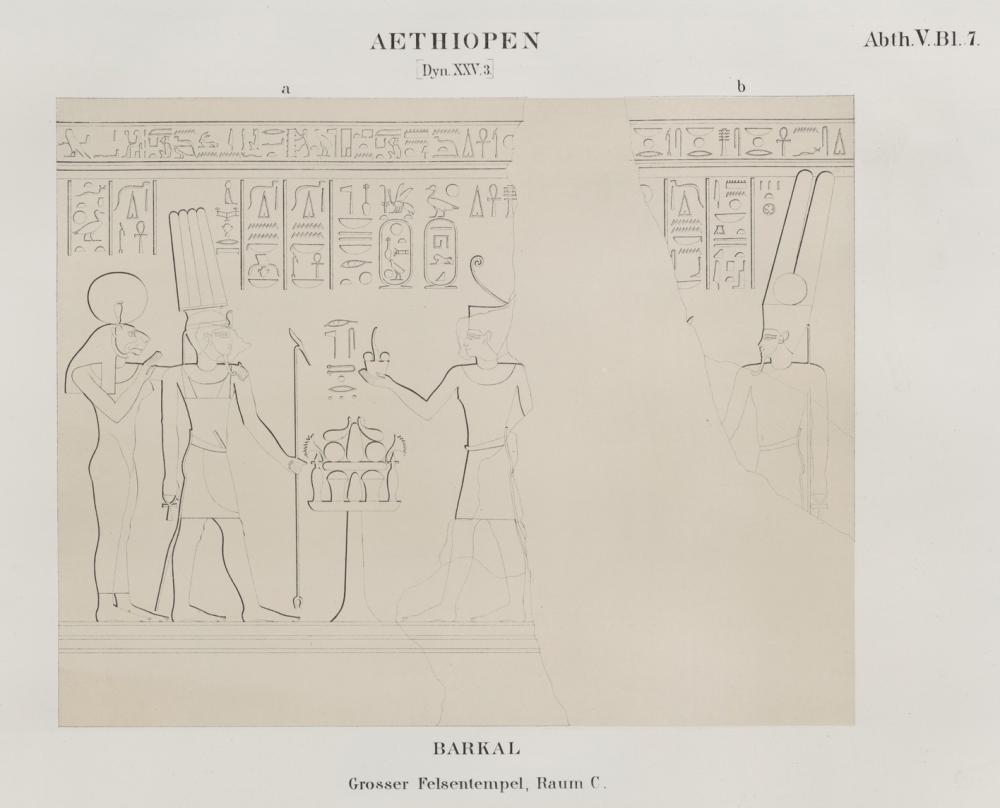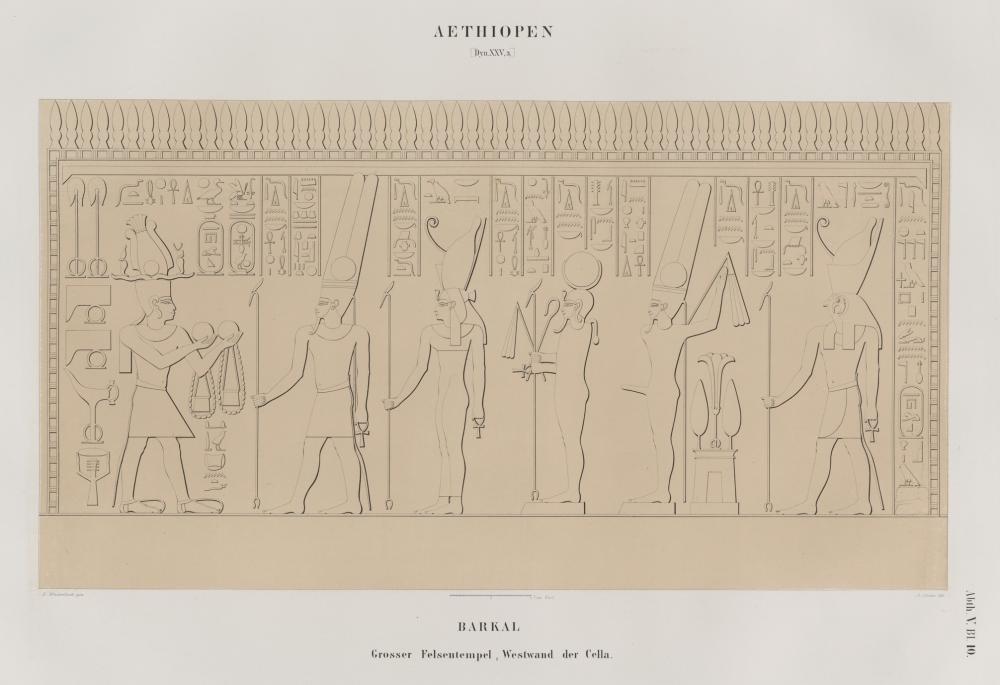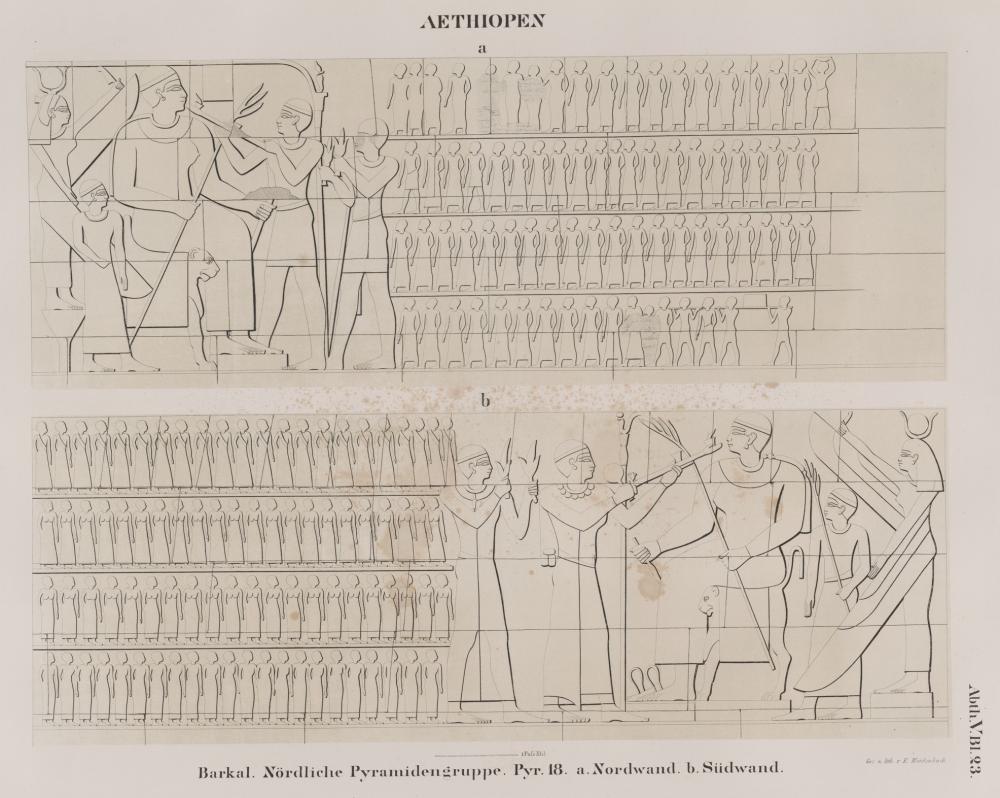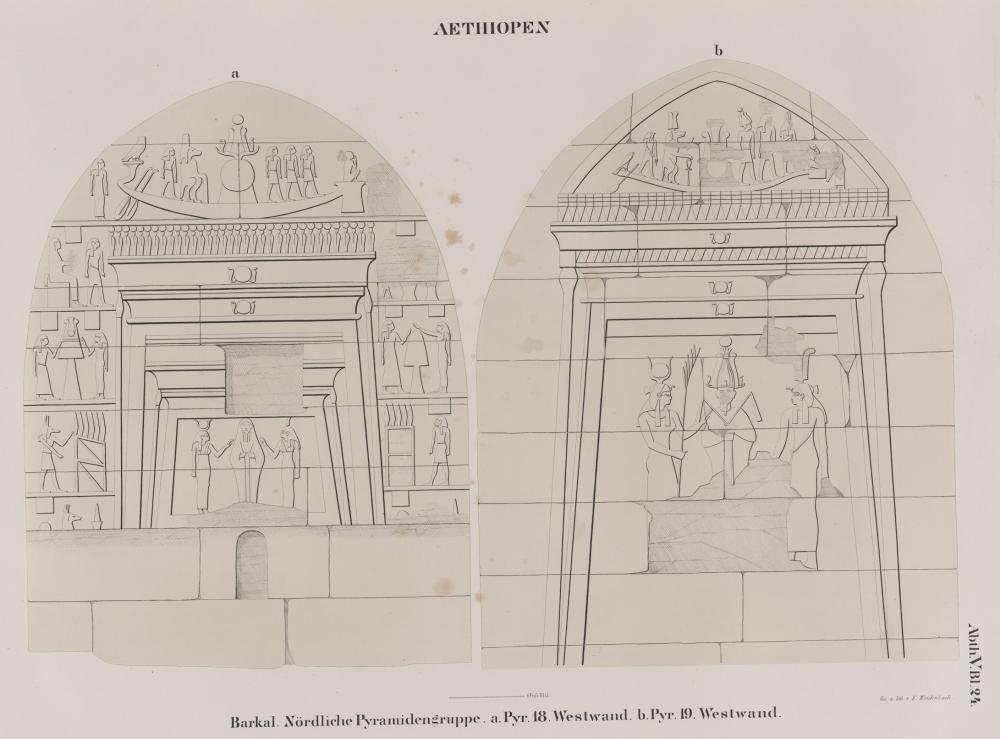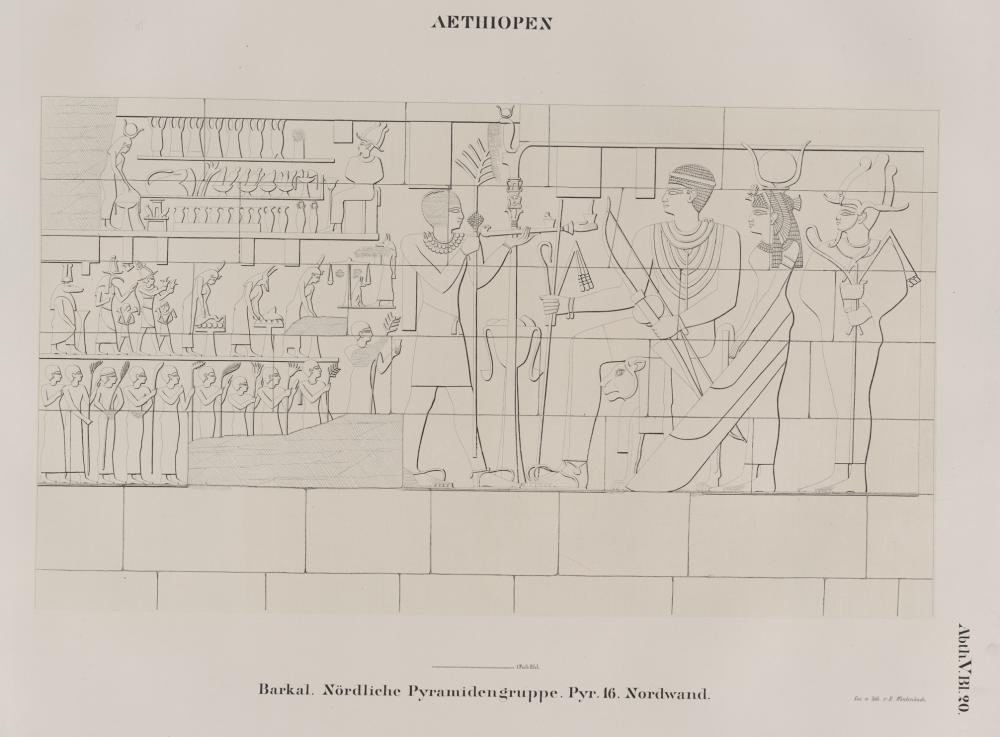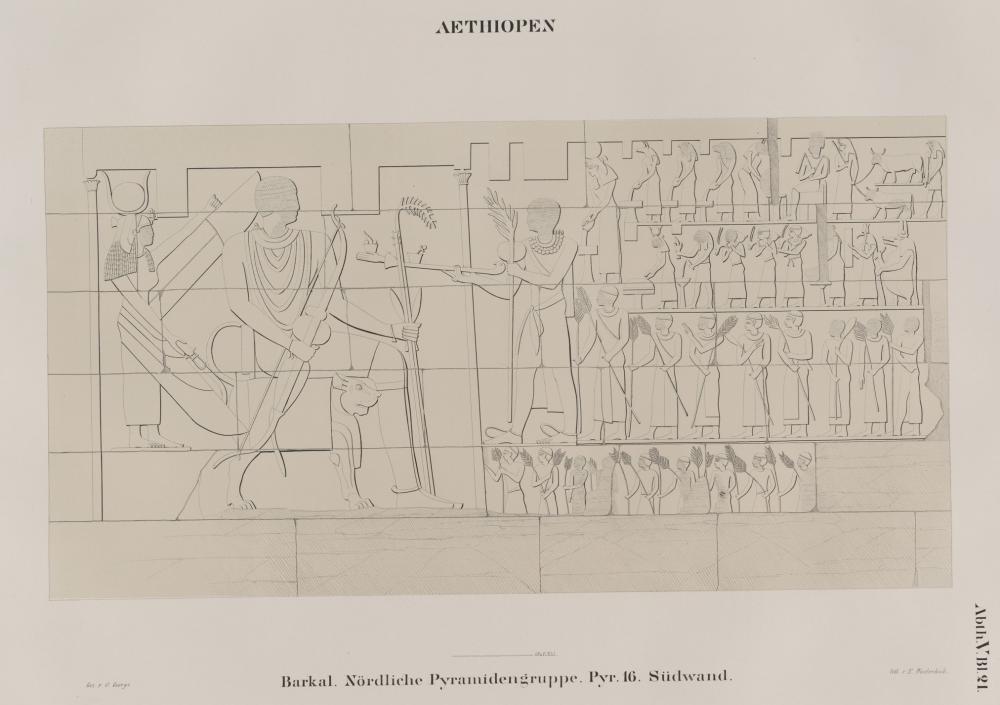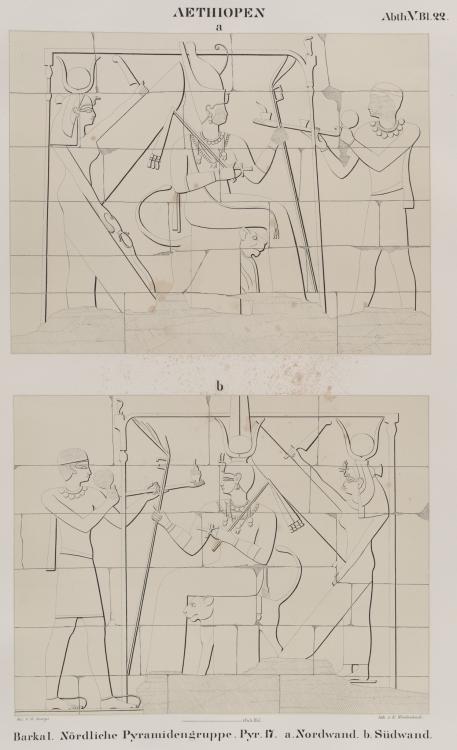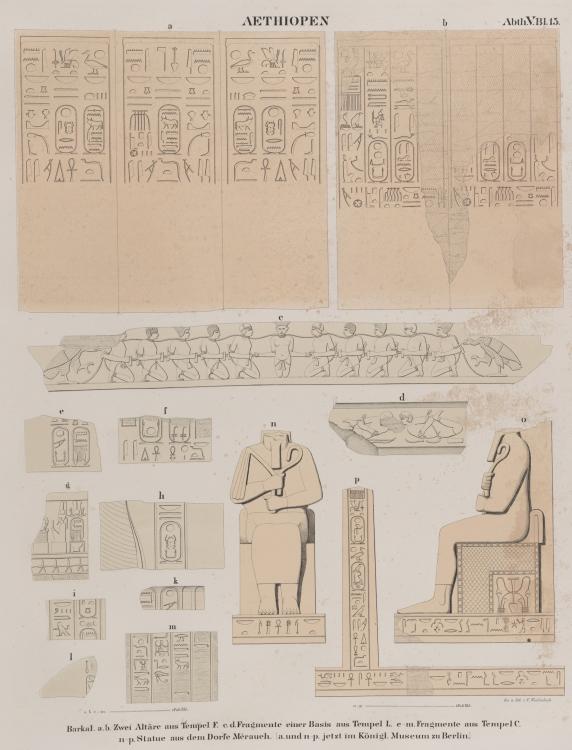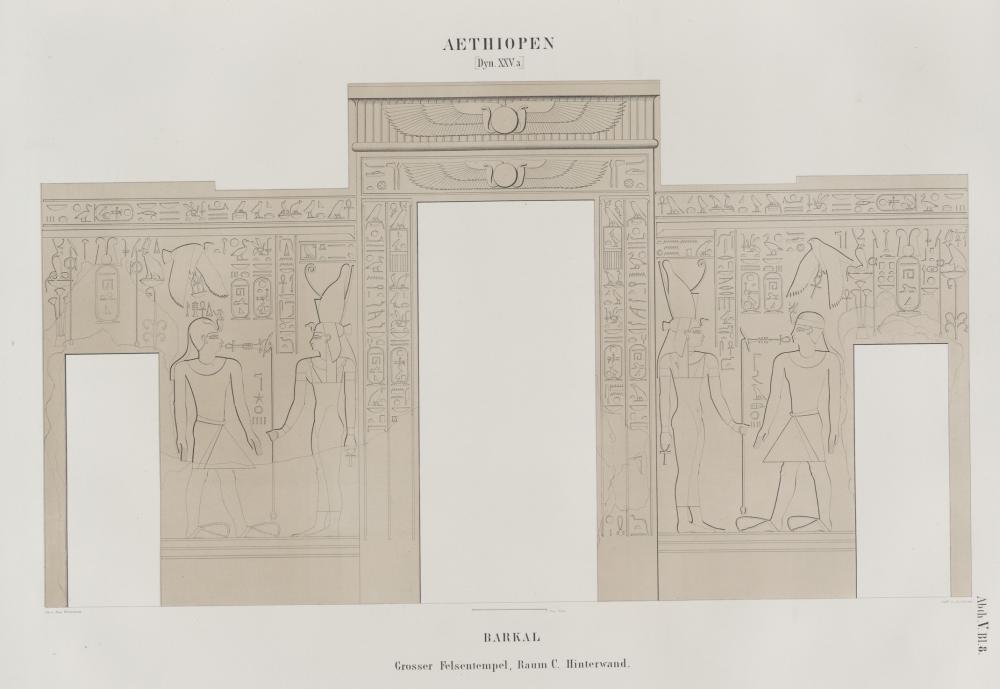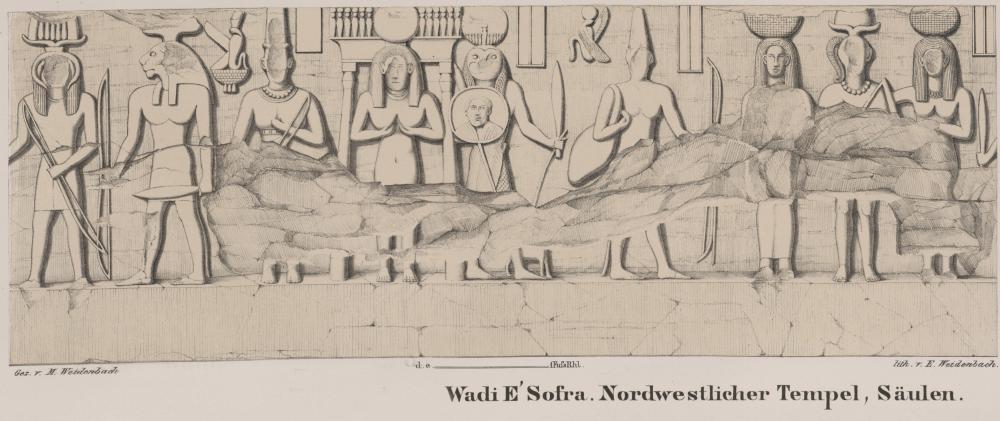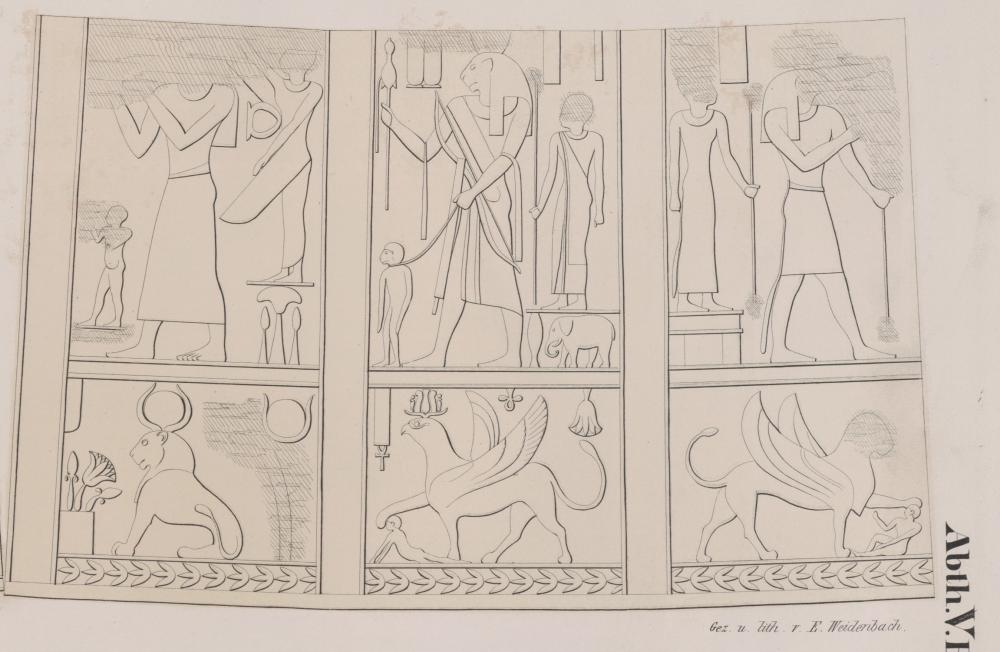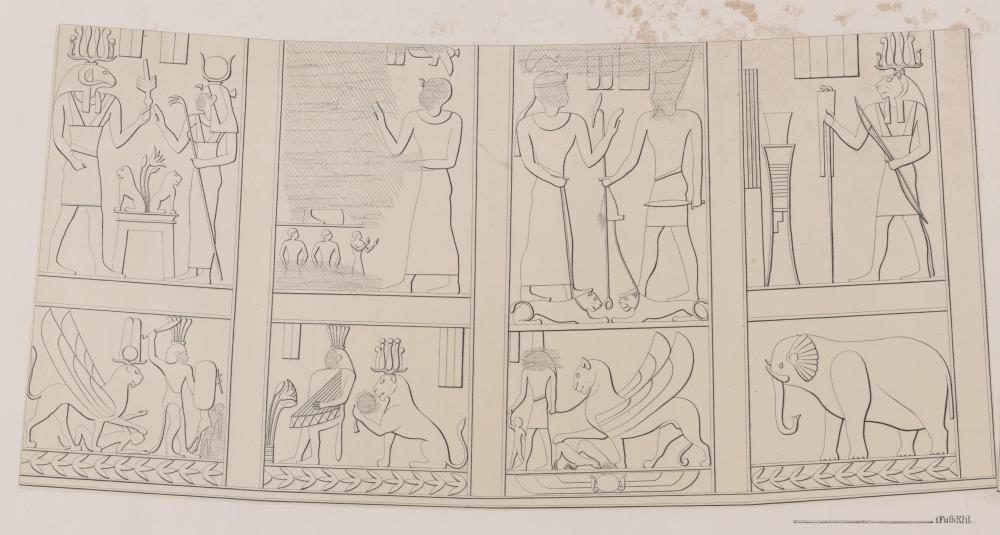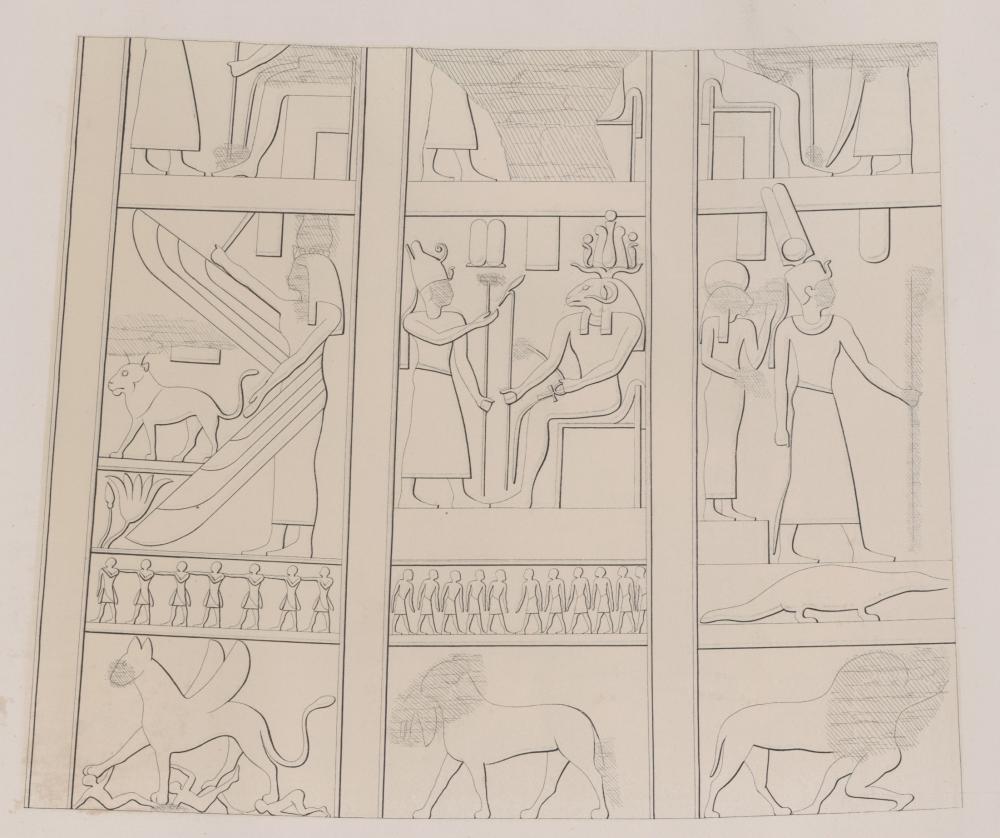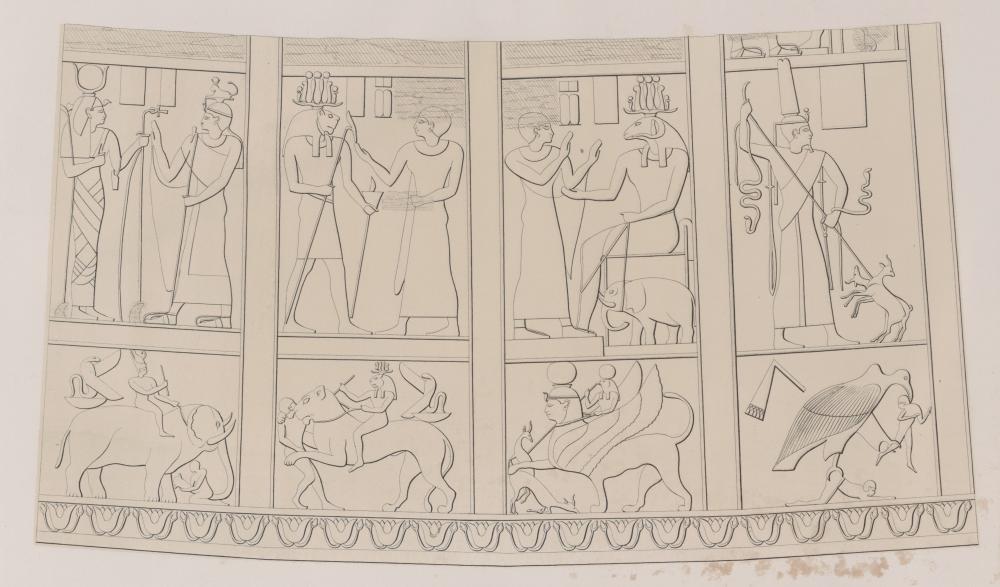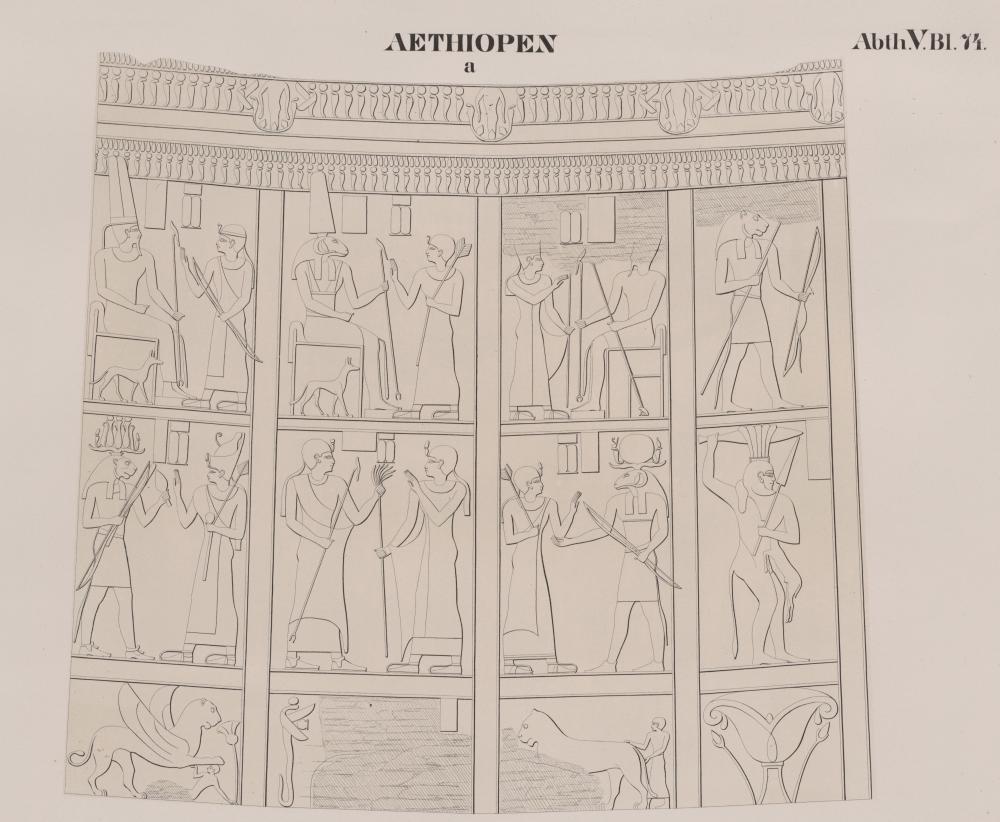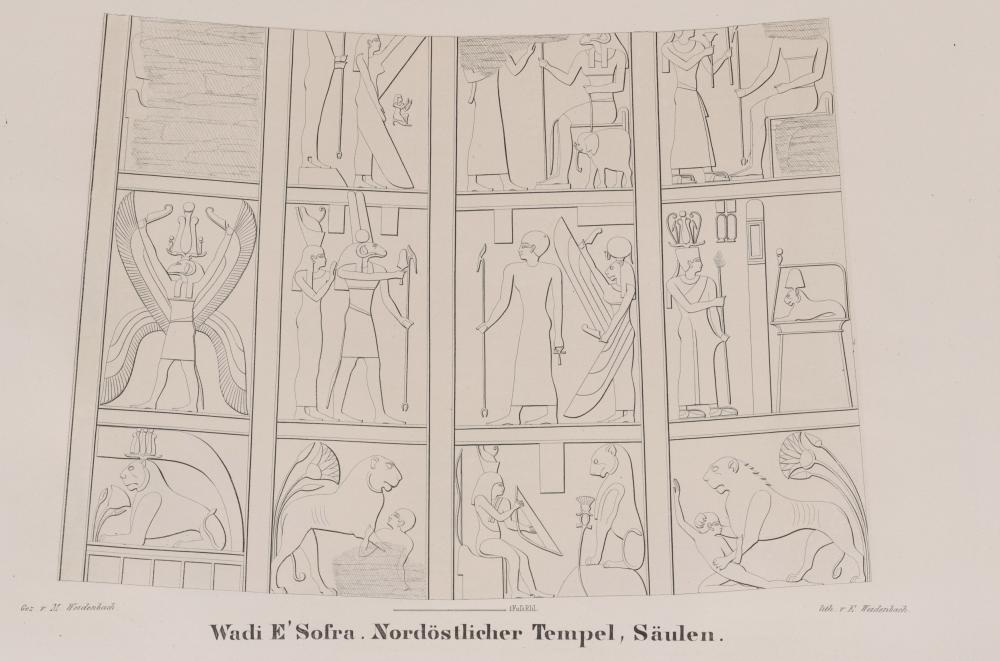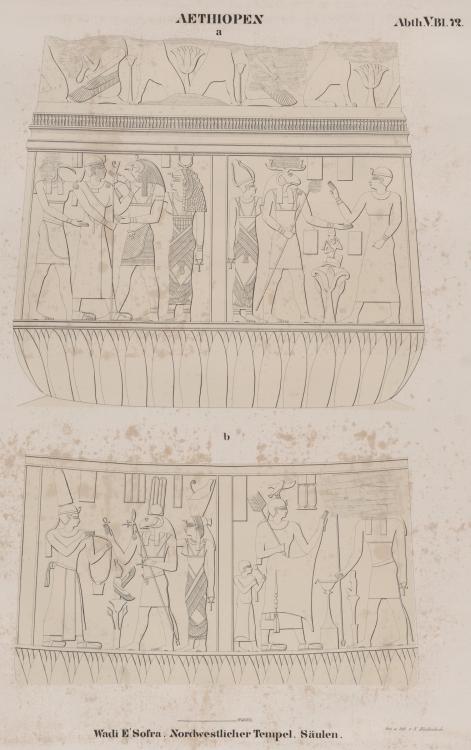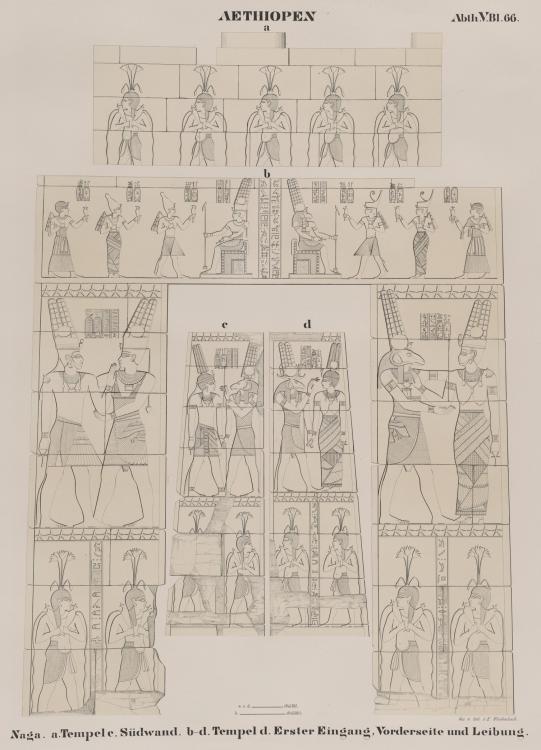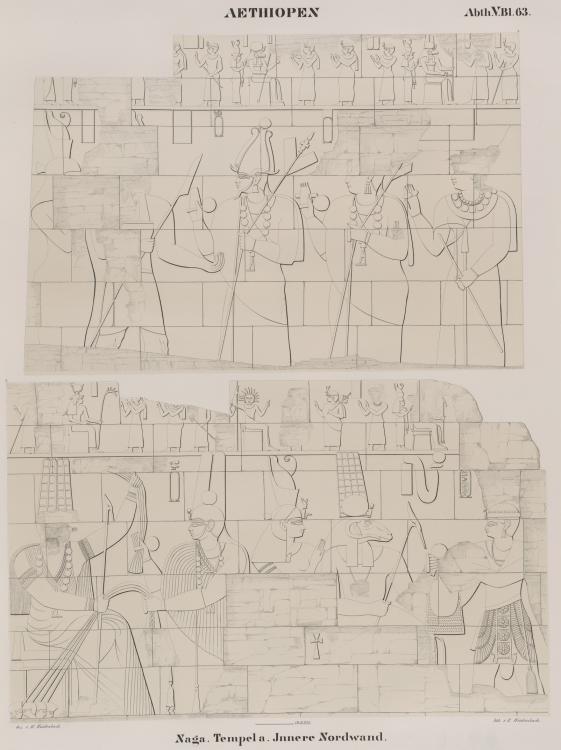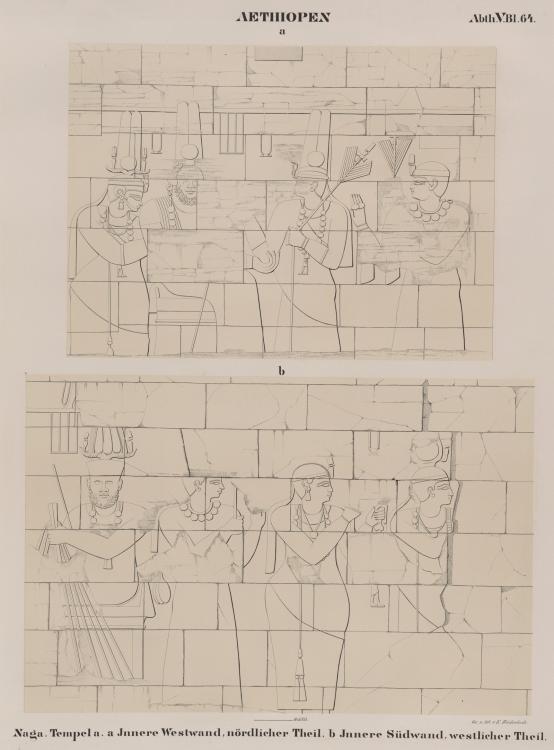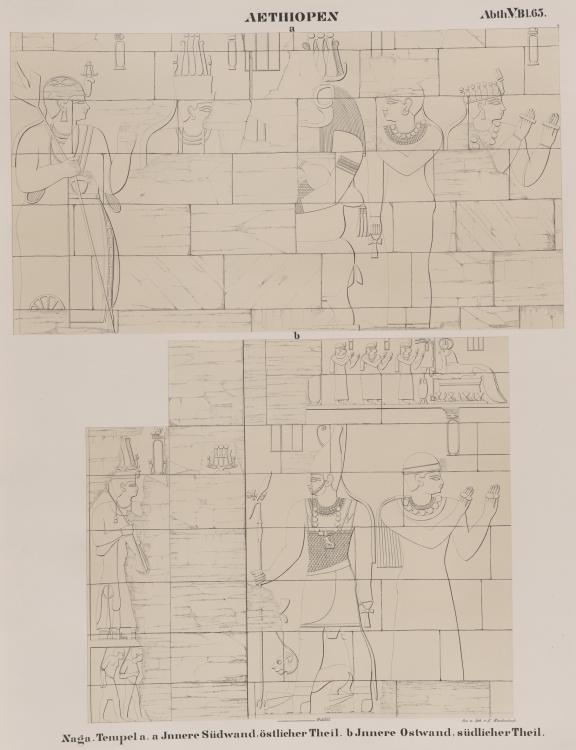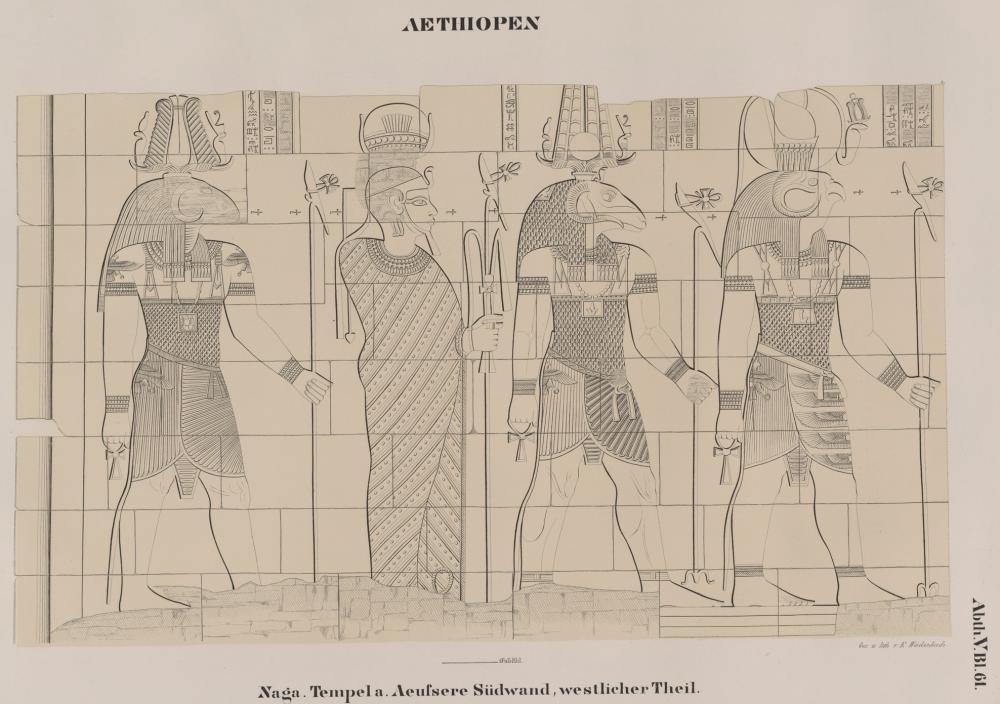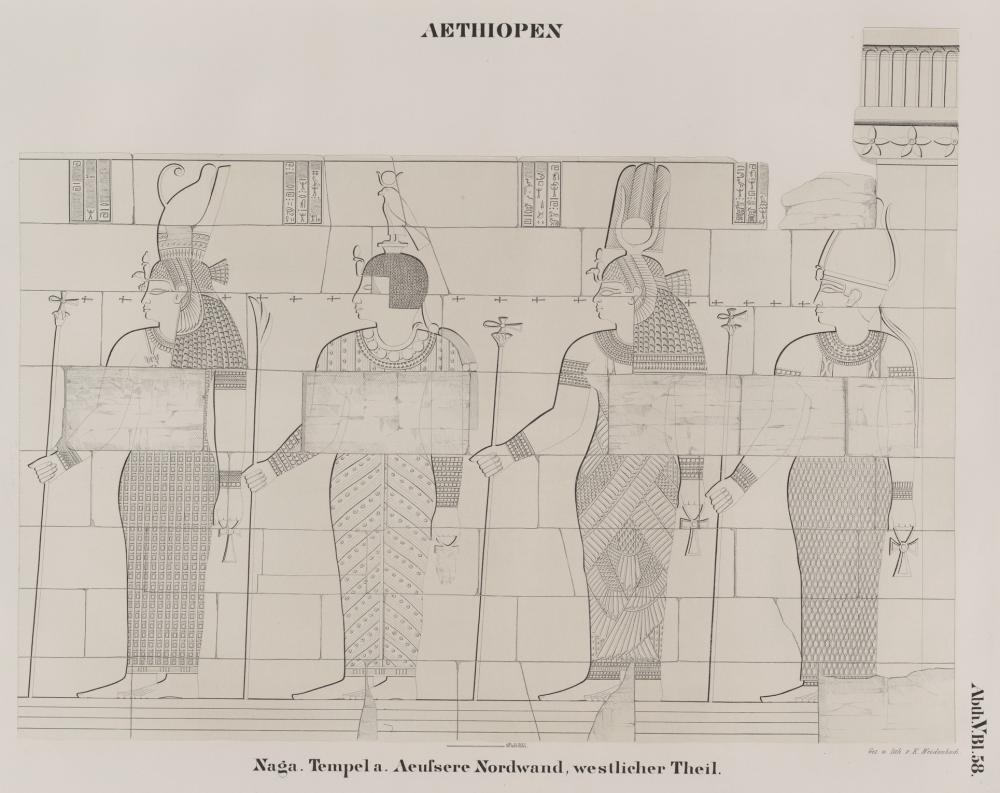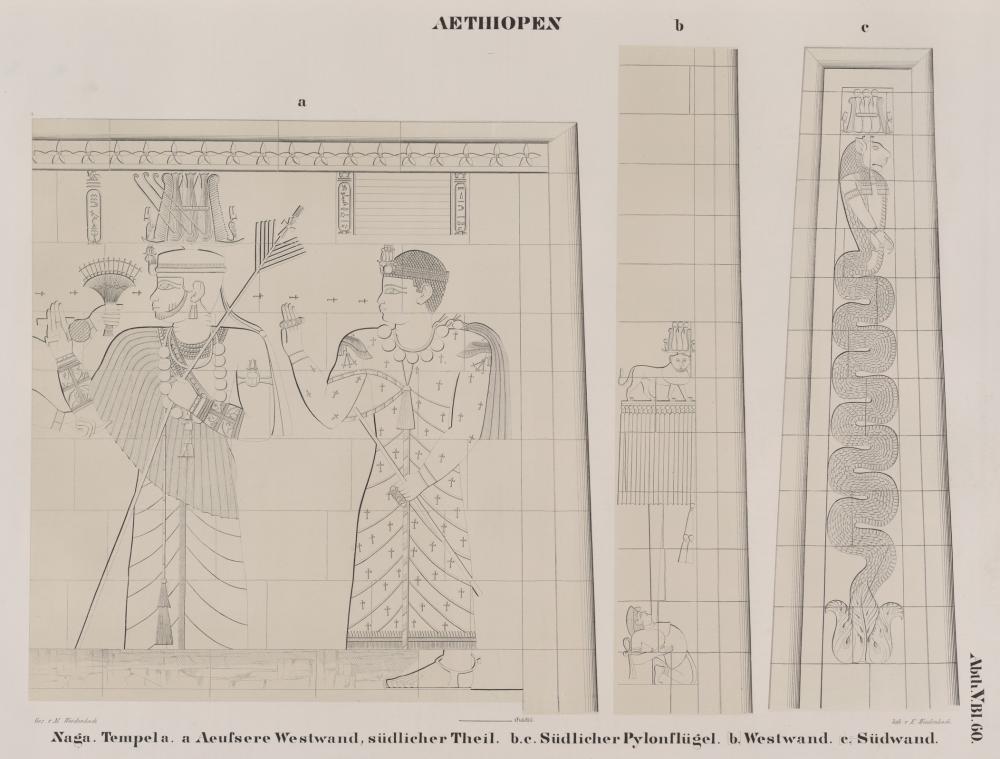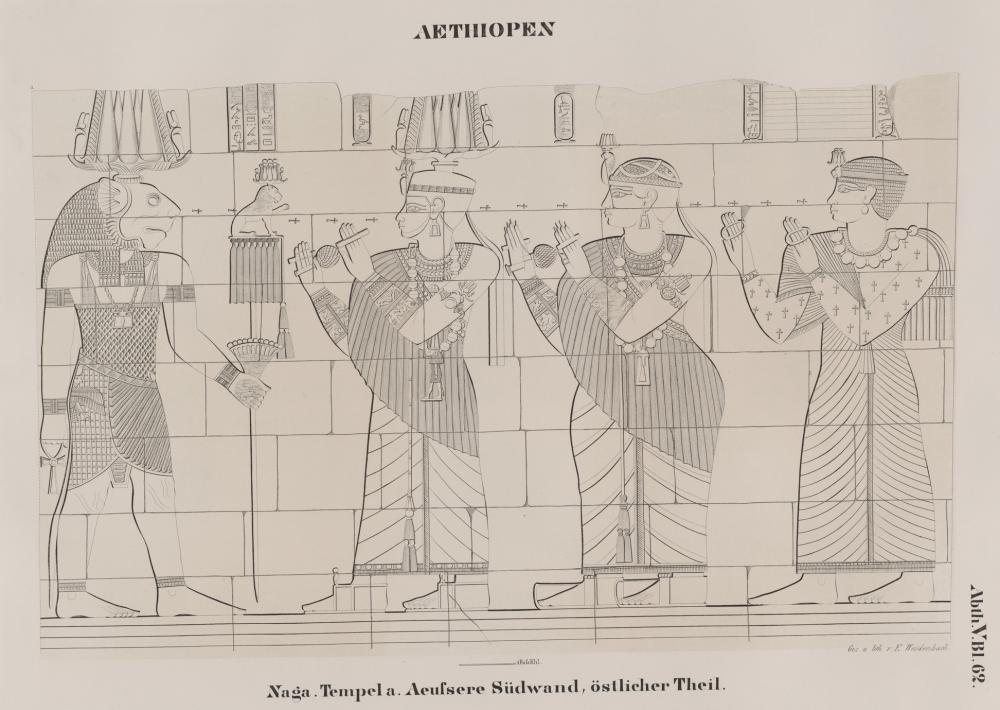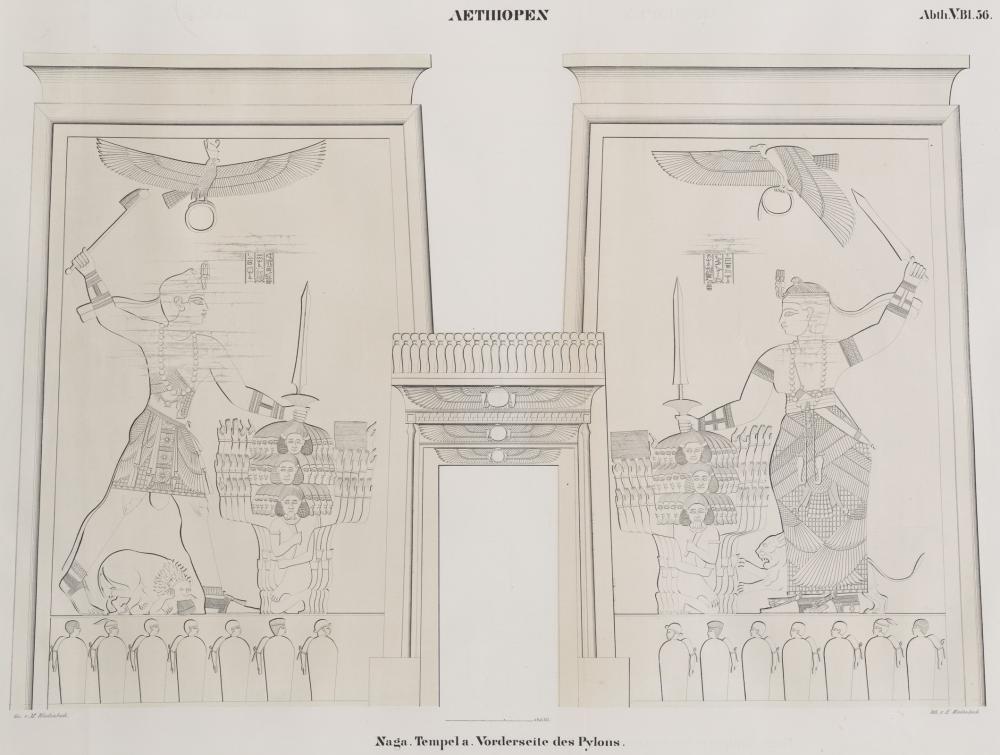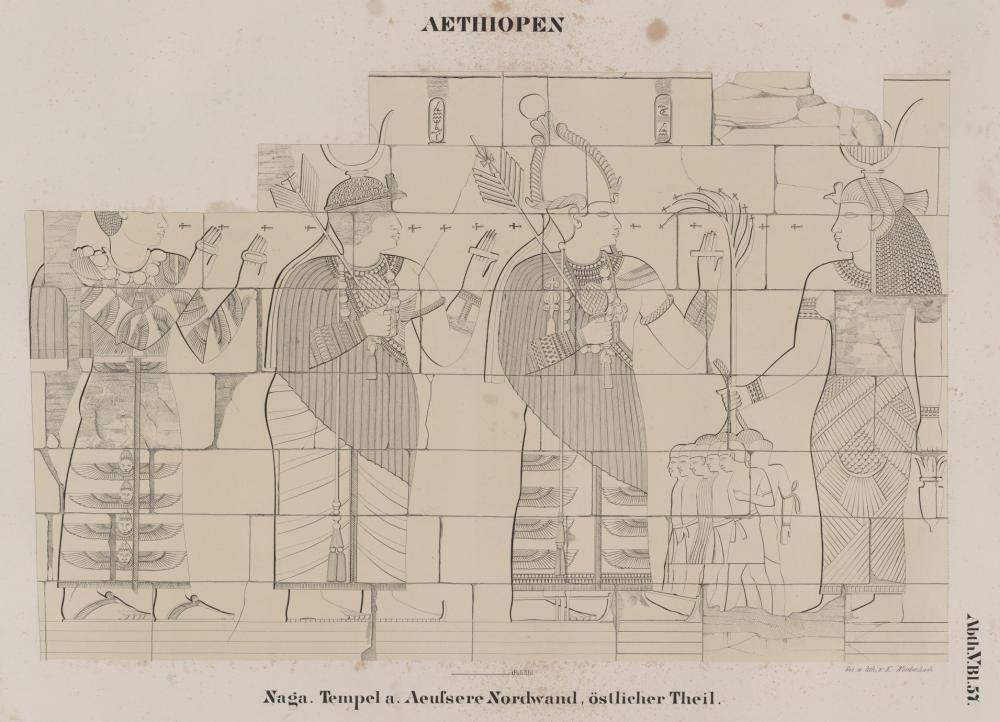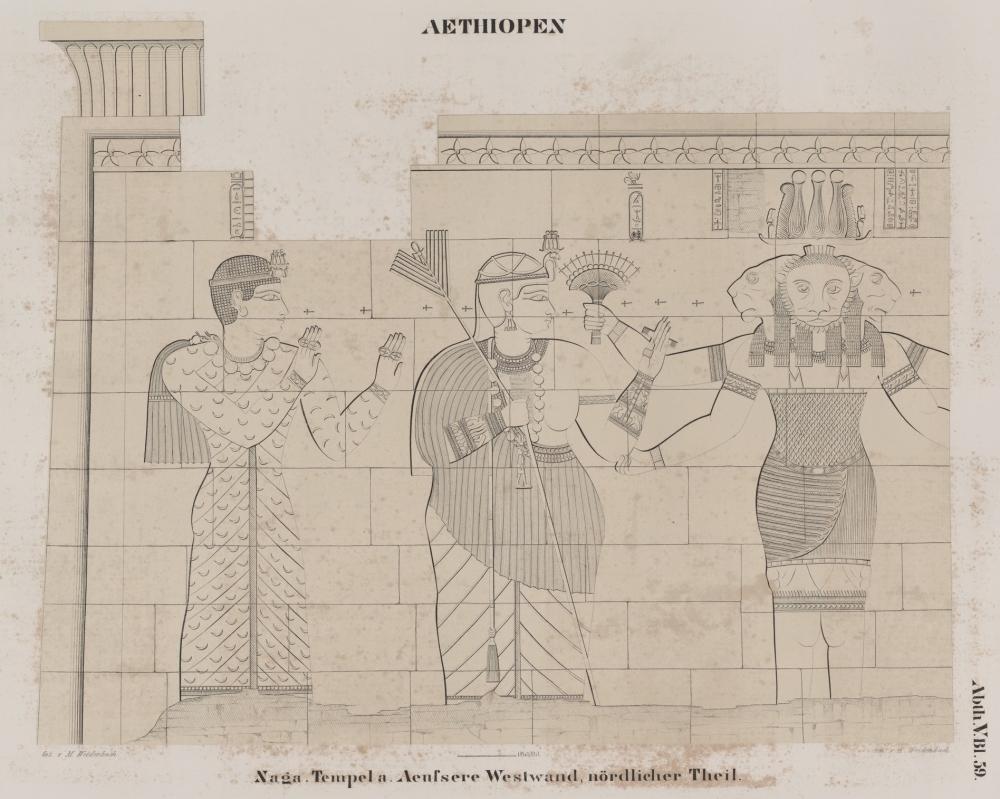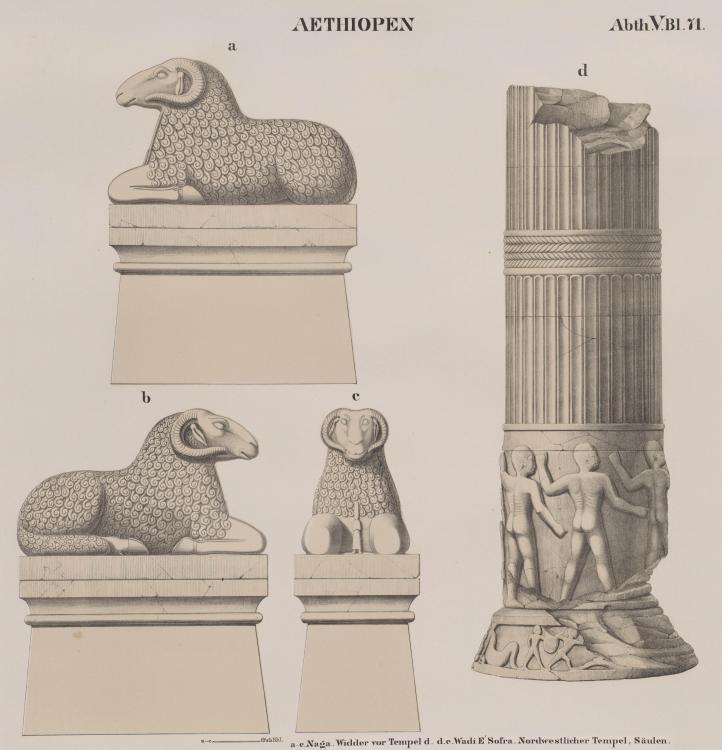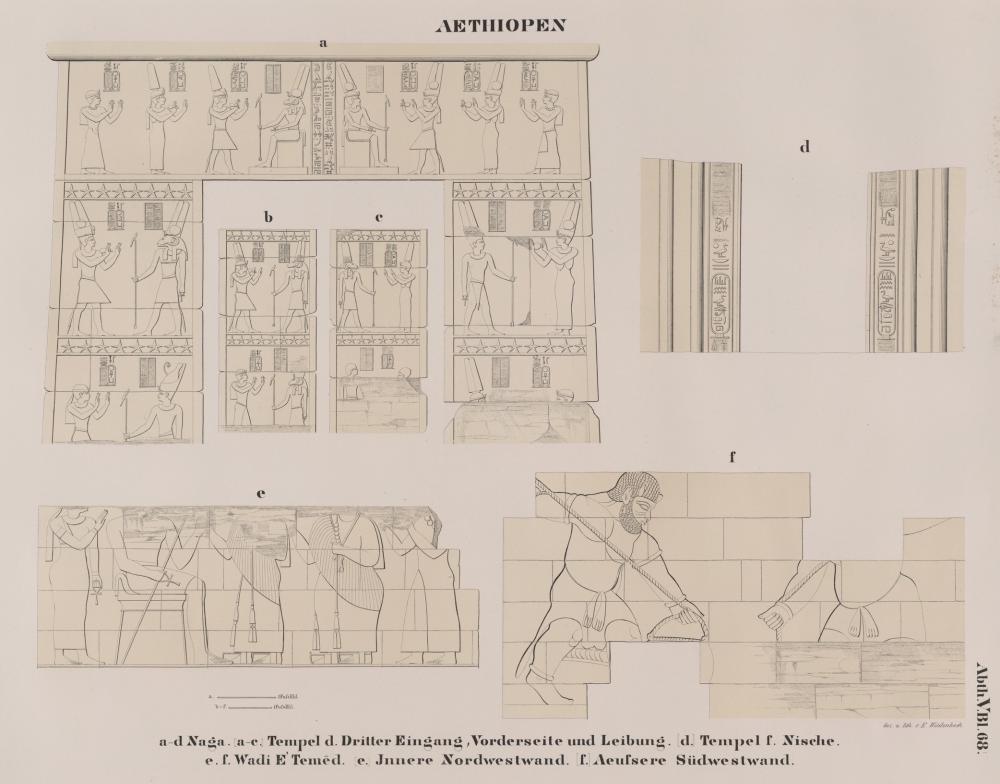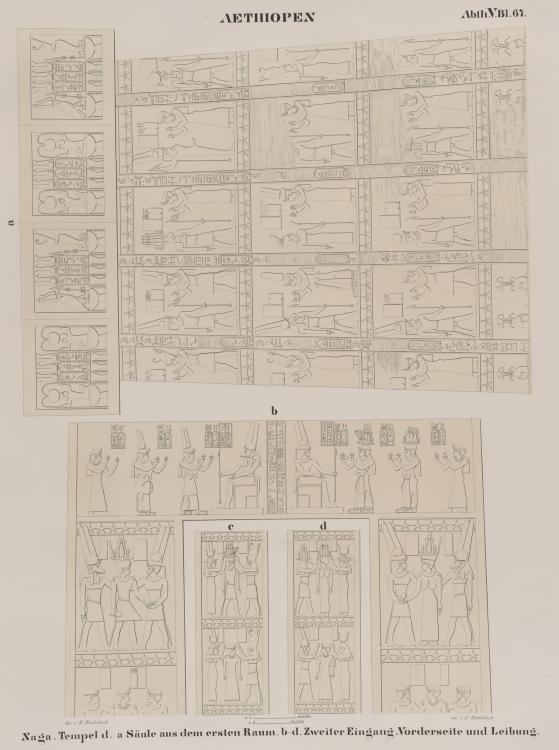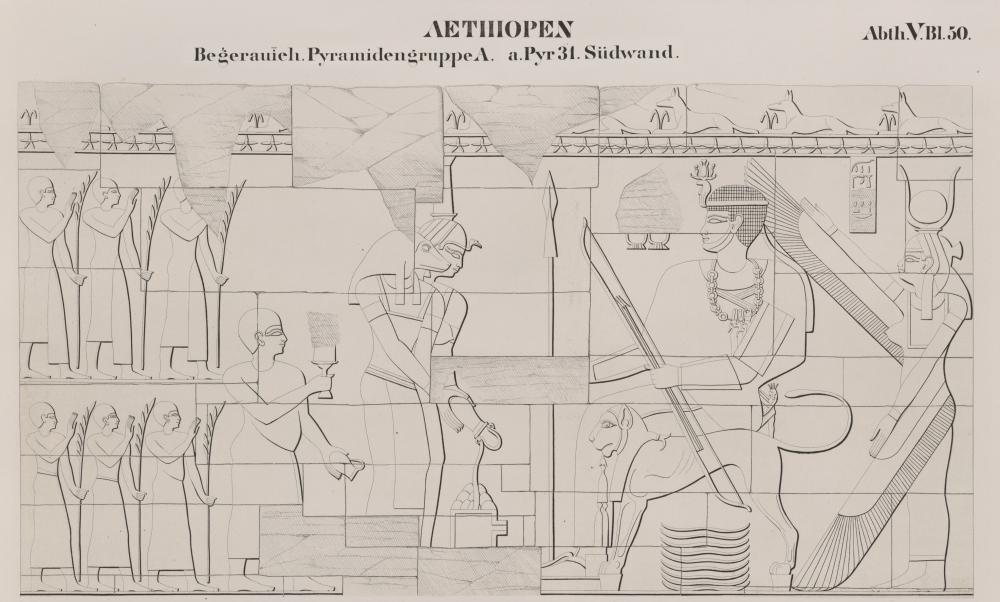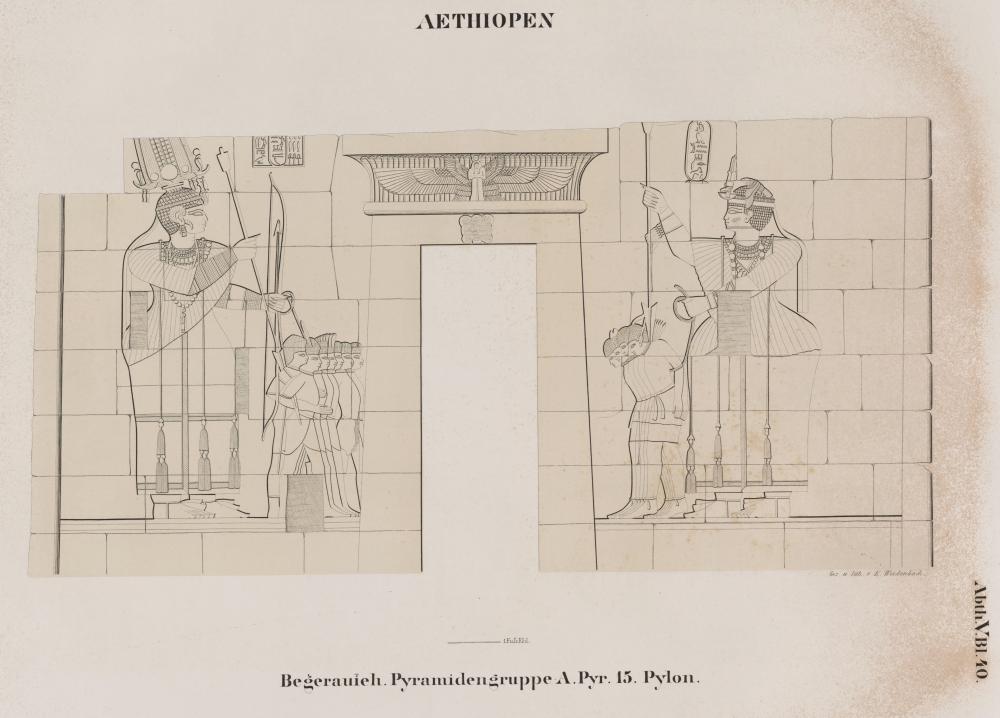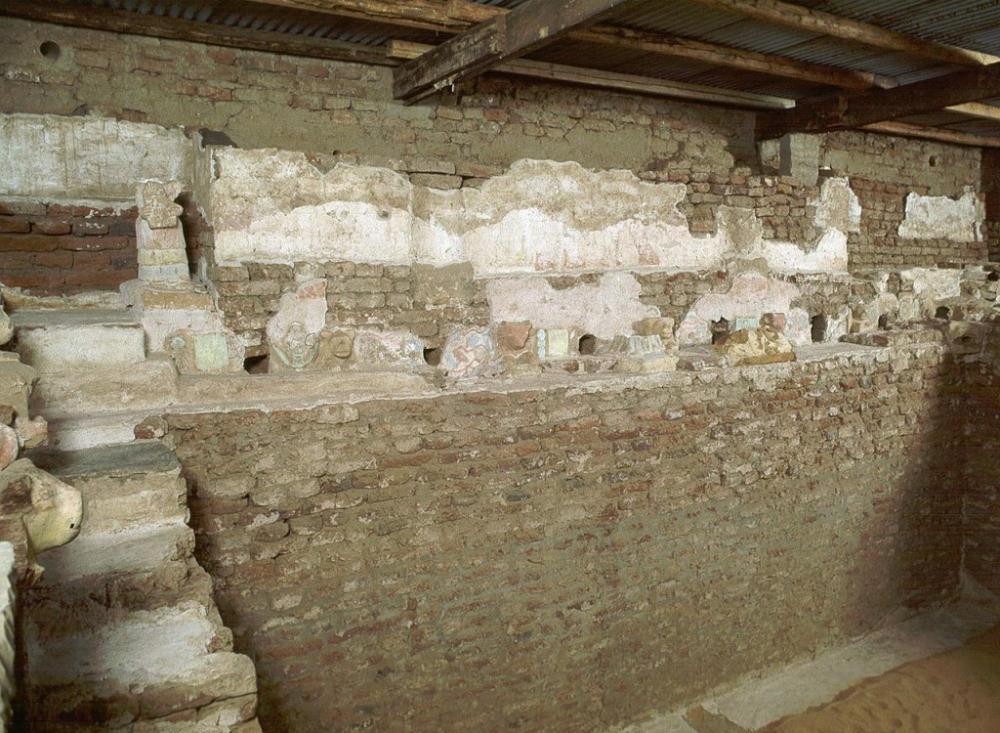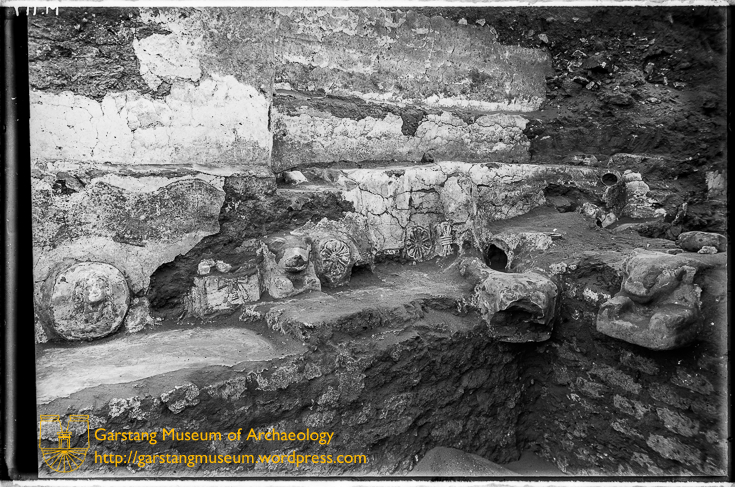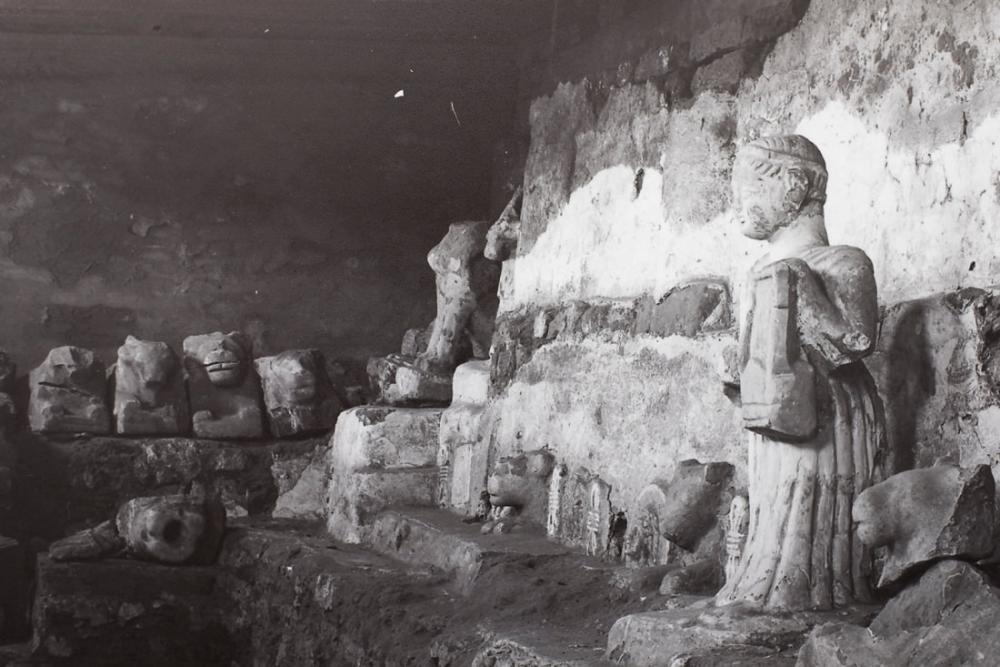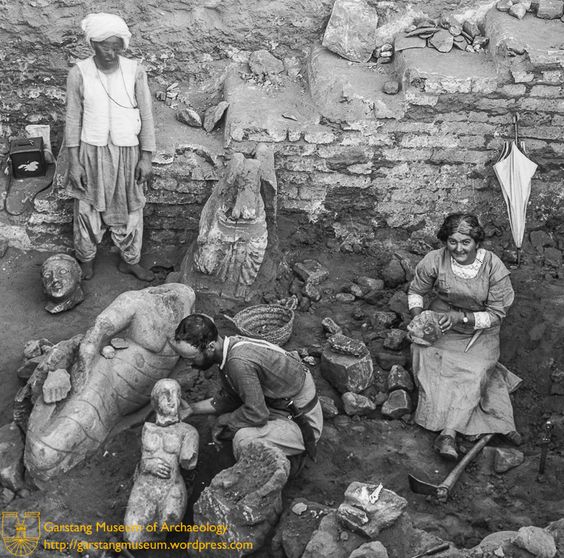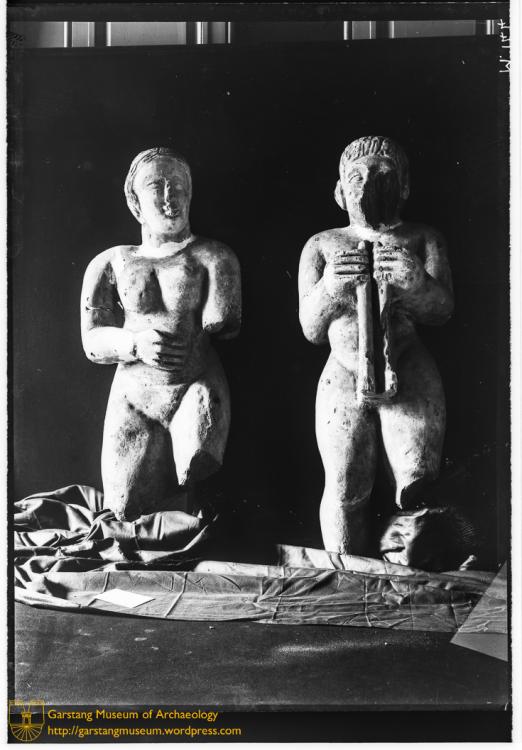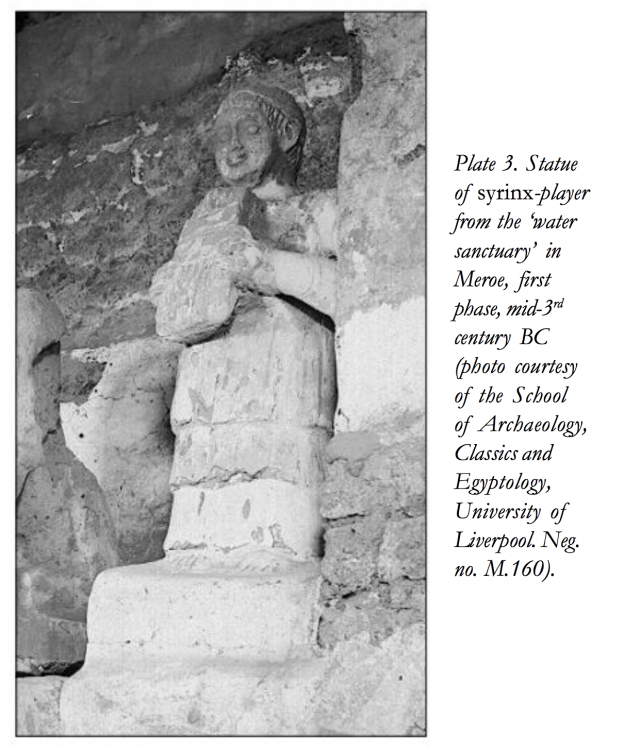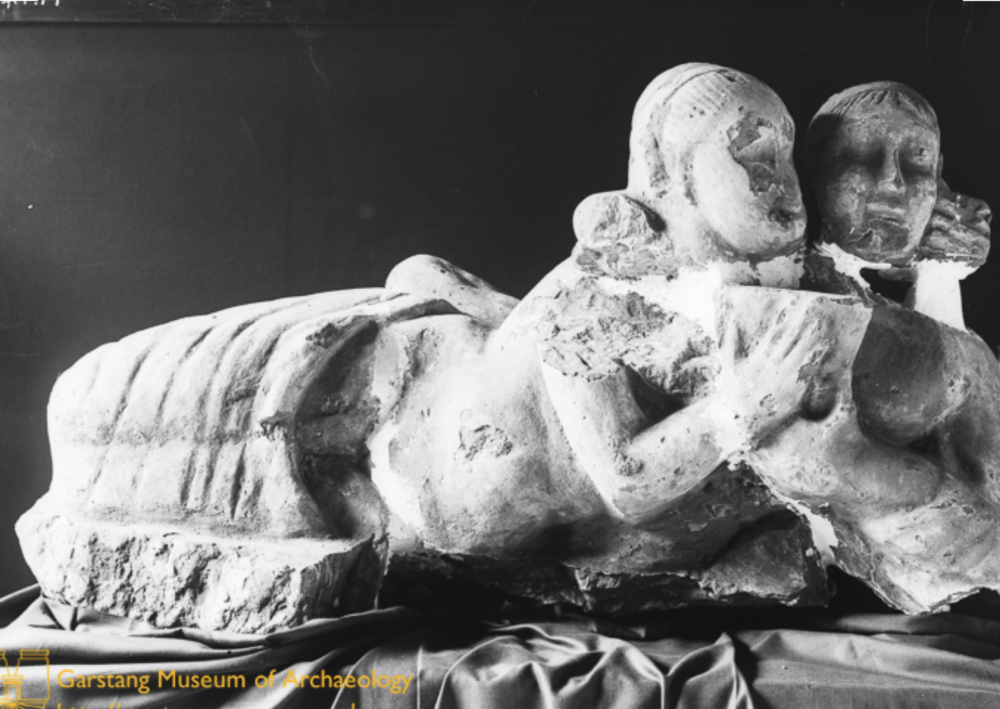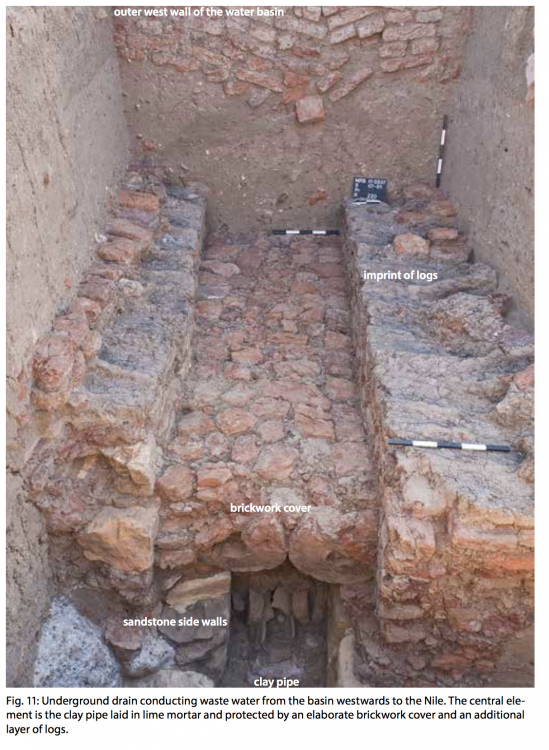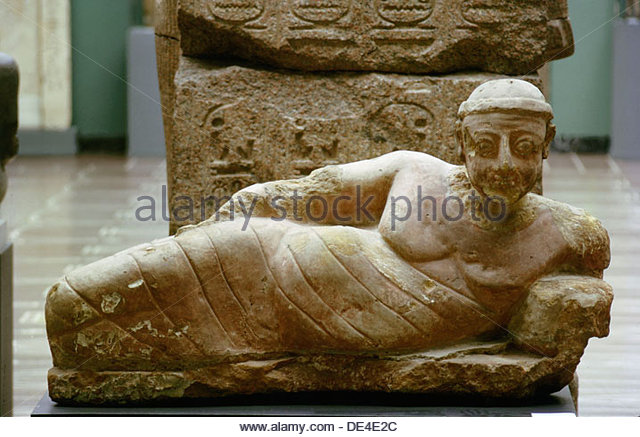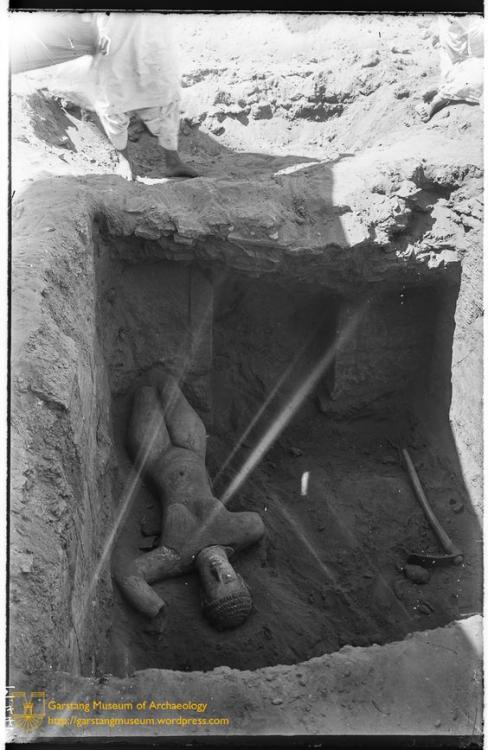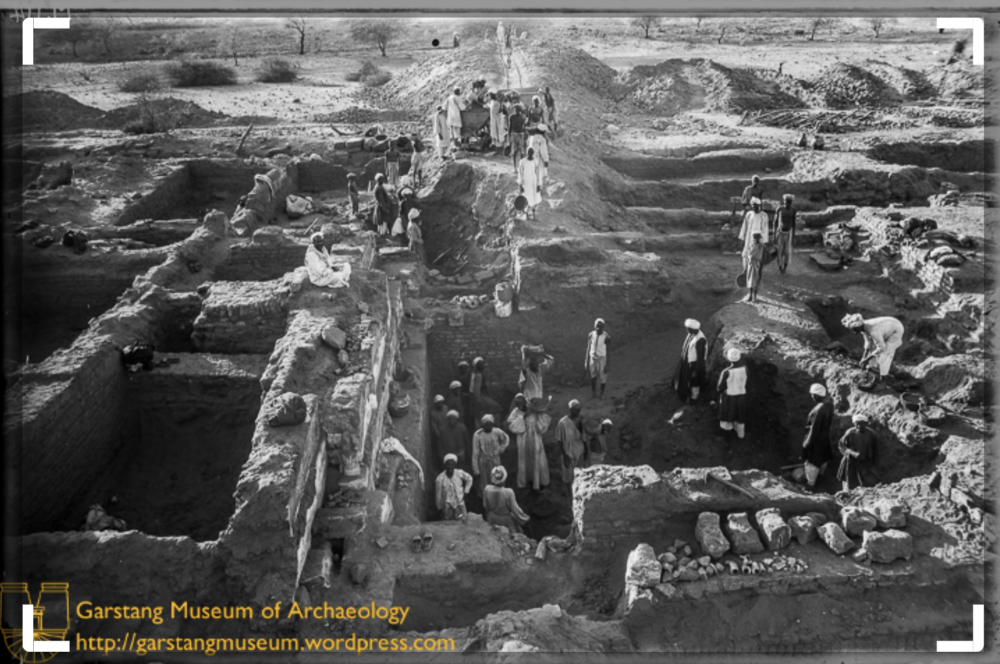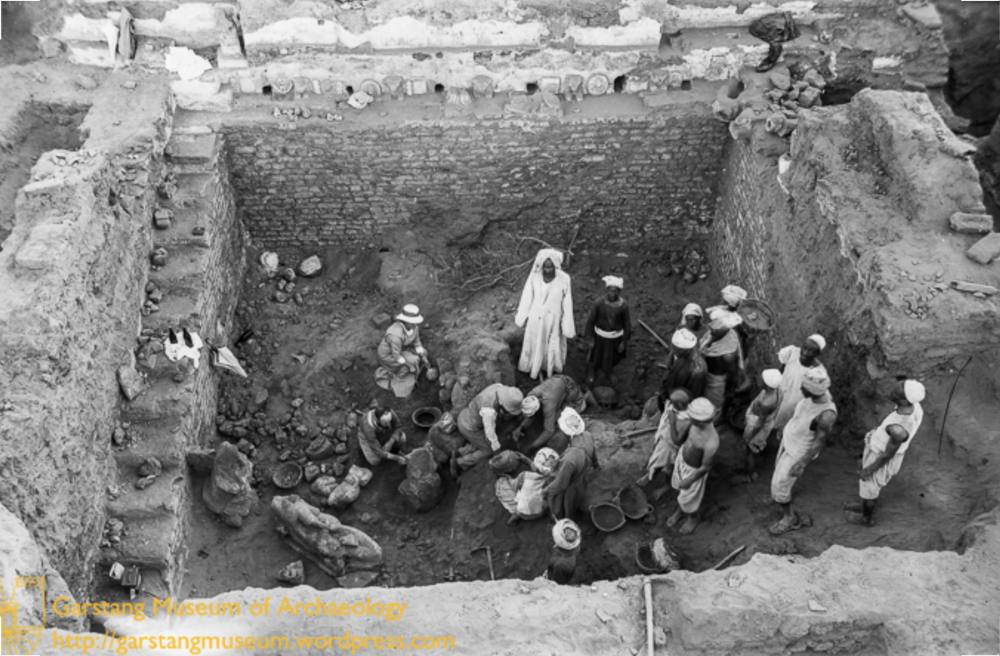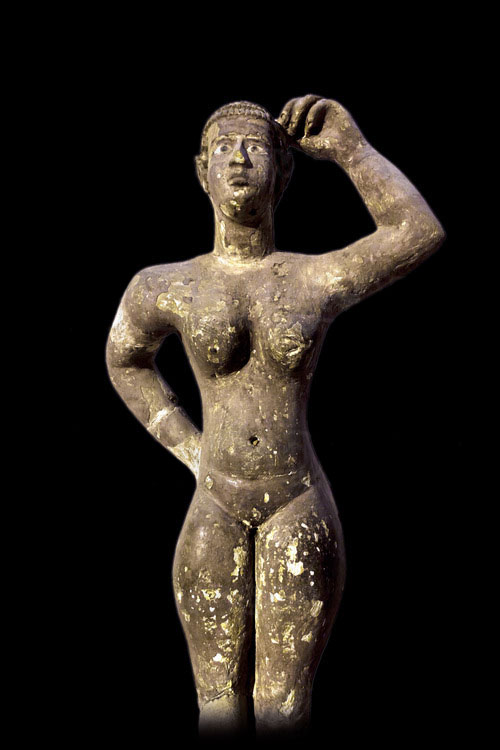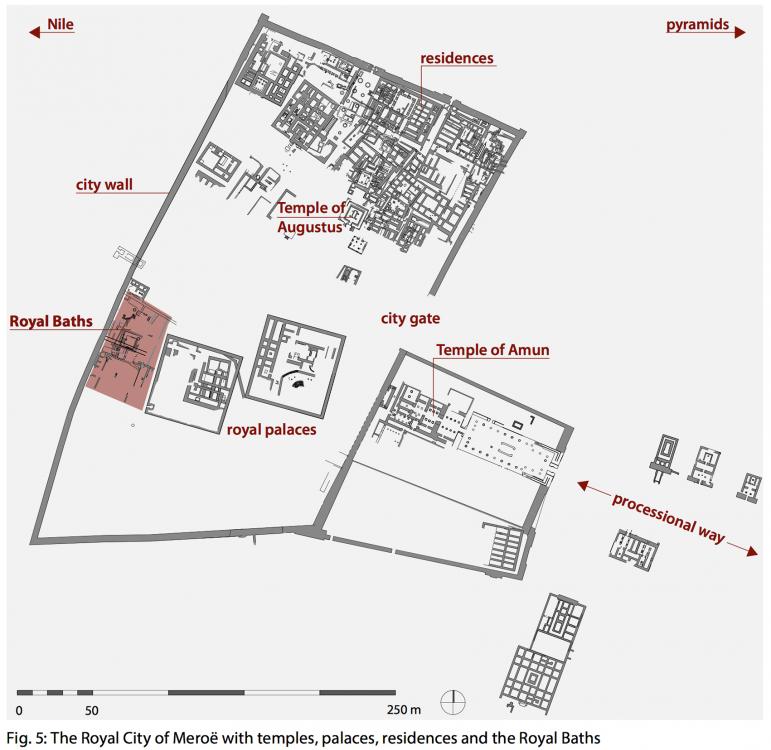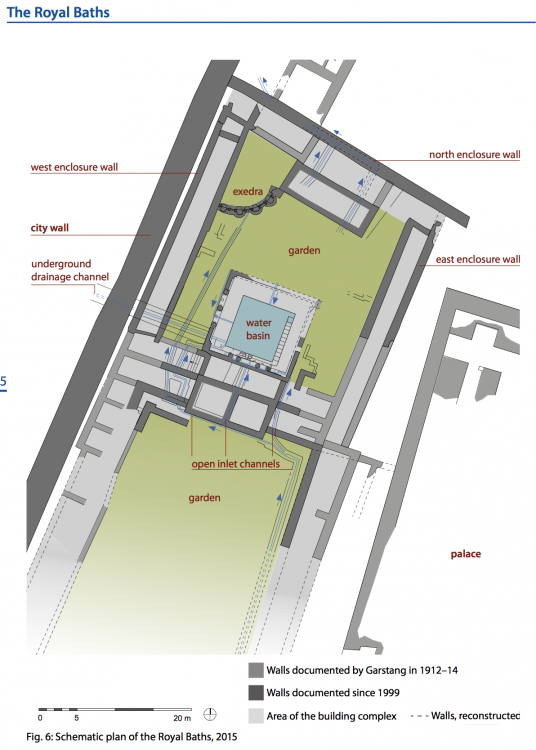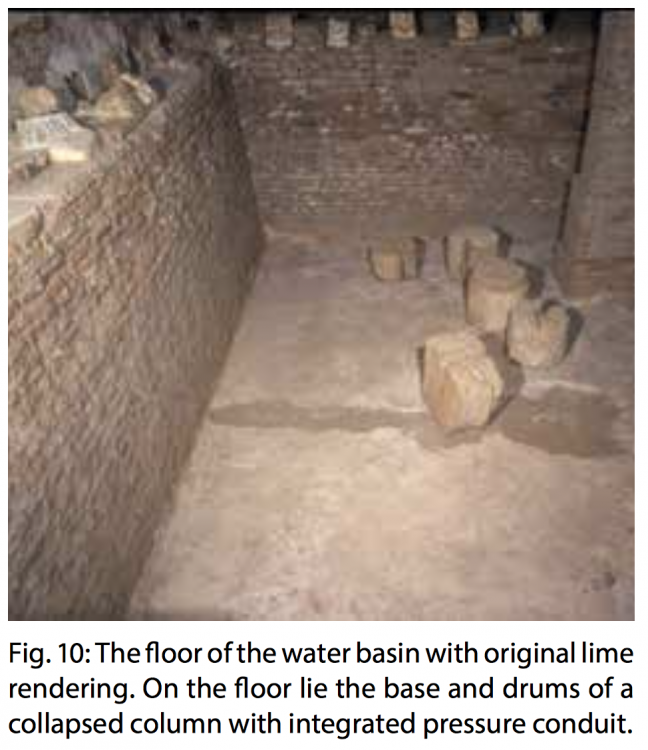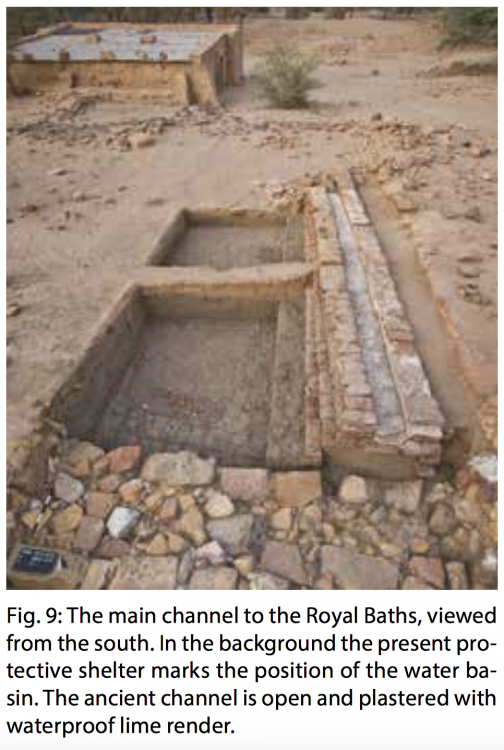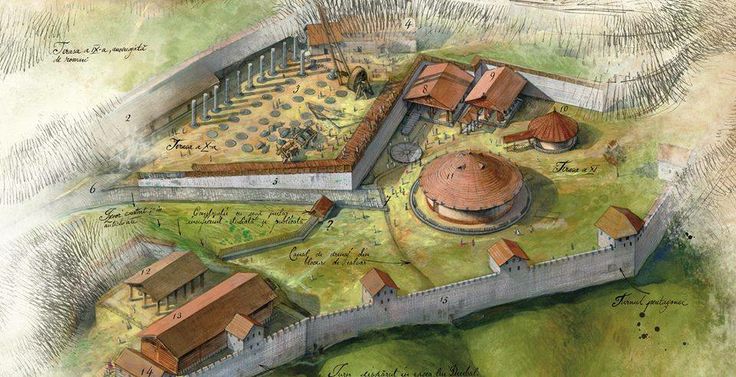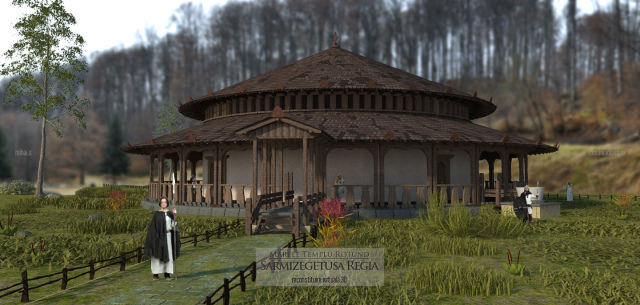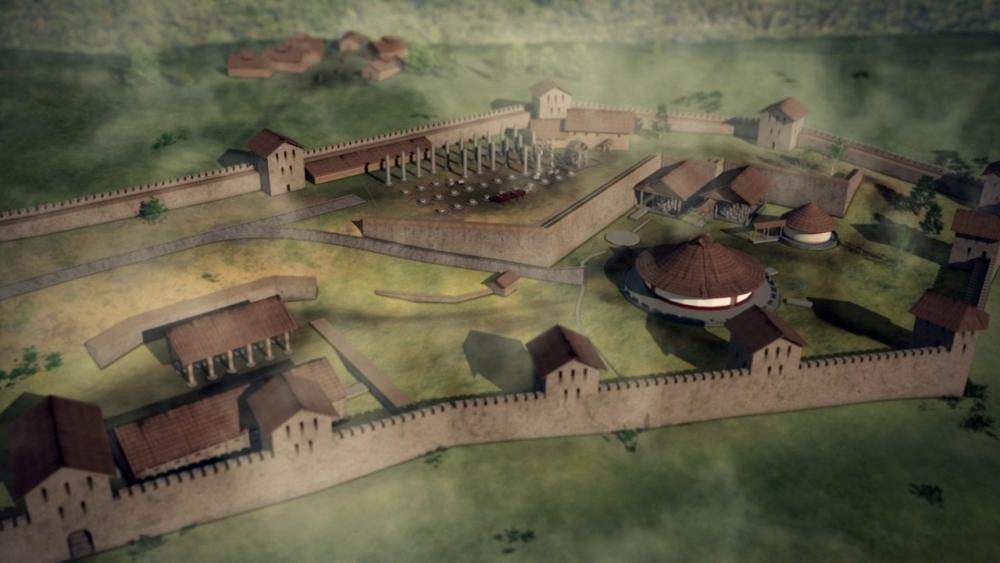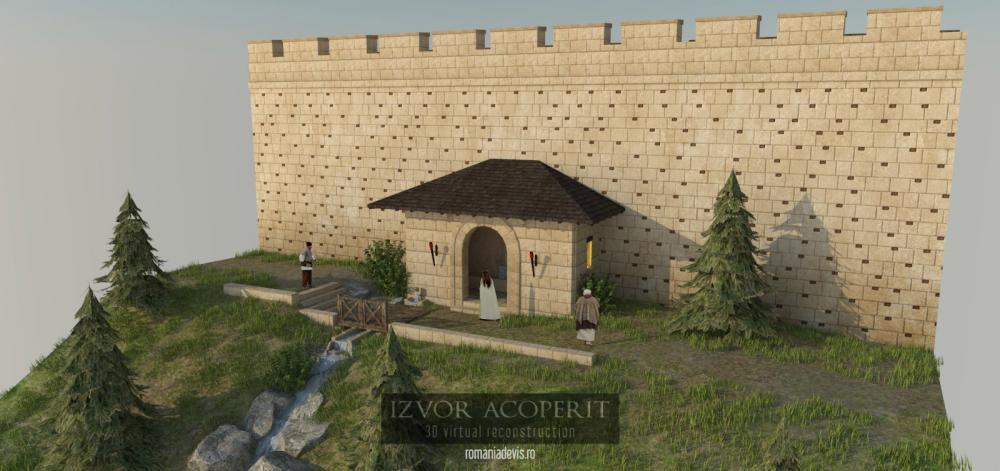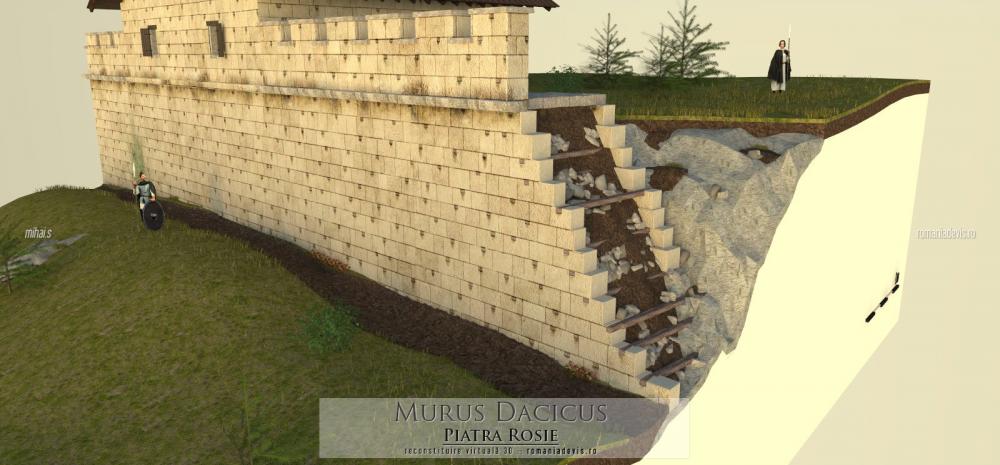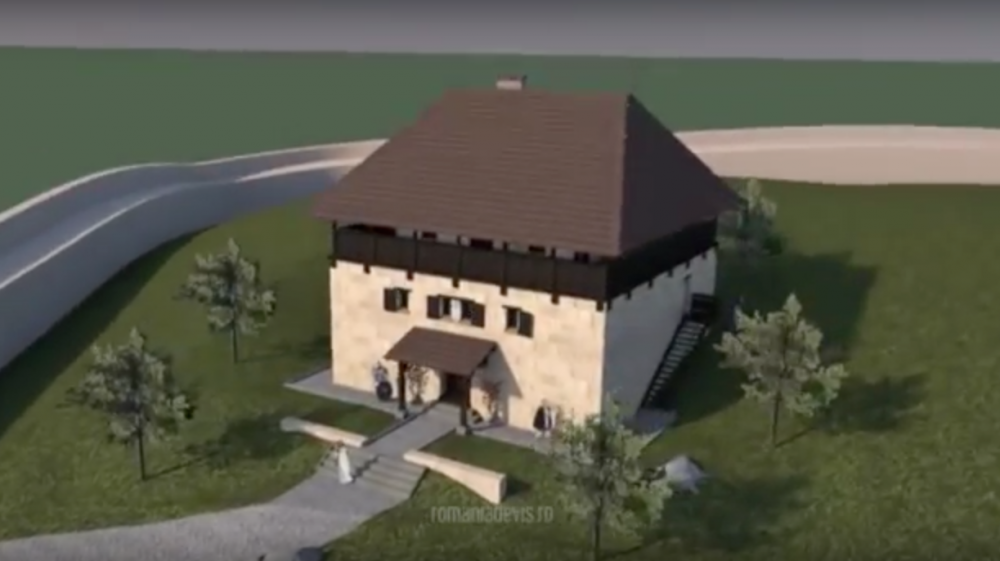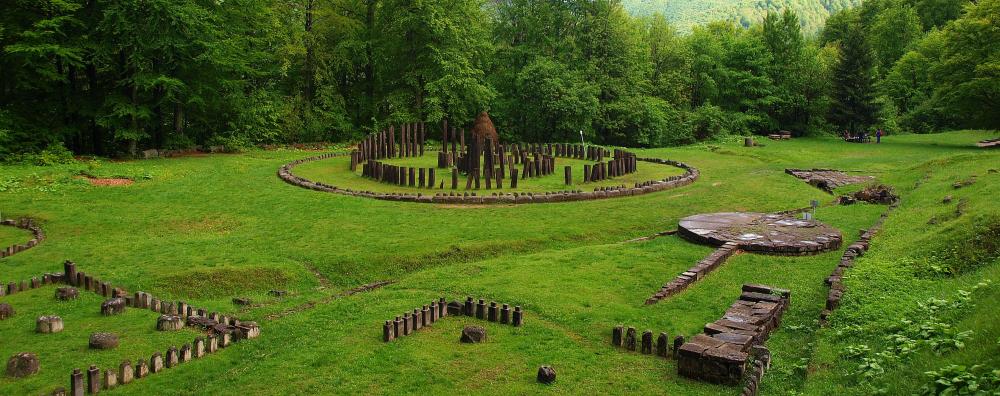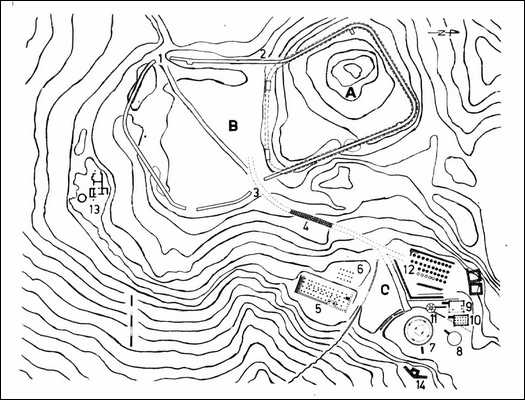Leaderboard
Popular Content
Showing content with the highest reputation on 2017-11-19 in all areas
-
At least anyone who wants to keep track and possibly write a release announcement. I still don't know what was all in that Enrique new years eve commit, but he made some great video showing off the things. If Stan leaves, that would be very unexpected indeed after still not having left after all these years of rejection :-)5 points
-
Hi Phalanx! The last pyrogenesis.exe was generated two weeks ago which should explain many funny errors. Our autobuild guy is currently giving a presentation on 0AD, but we hope it will be fixed soon enough. I can't login there either currently. Until then, the usual https://trac.wildfiregames.com/wiki/BuildInstructions hold.5 points
-
I got all the Zora buildings done, I hope I can get the aqueduct system to work before I have to put out the next release:5 points
-
@LordGood @wowgetoffyourcellphone @wackyserious Here are all the files, ready to use. To see the new helmets in atlas go to actors (all) and type helmets (Illyrian hasn't been remade yet) All helmets are made to be on the head prop point, if you need to be able to put it on the helmet prop point, I can try, but I'm not sure how much I should tweak them. If you feel like editing some textures, go ahead. Notice the improved armor texture, I'll commit it sooner or later. new_helmets.7z4 points
-
A decade ago I switched to Linux because I was fascinated by the free & open source software approach that attempted to create a real alternative to Microsofts monopoly on operating system software. But it wasn't until late 2014 when I was looking for free & open source games to play when I discovered the qualitatively best of all of them - this one. I noticed there were a few bugs here and there and as I didn't do anything besides programming in my life anyway, I thought maybe they could use someone. They could. I'm not sure why anyone would look down on open source (in the sense of detesting open source games), but I'm certain it's a mutual relation.3 points
-
Actual translation discussions (per language that is) mostly happen on transifex itself. And that is where you should coordinate with other translators (if there are any that are active). The source files are updated about twice a week, so if there are changes to them those will show up on transifex. If you decide to work offline for that whole time instead of regularly uploading then you will be confronted with having done pointless work that might not apply anymore. Upload your changes regularly if you prefer a proper local tool over transifex' ever changing interface, at one point I think they had a feature to "lock" a translation so others are notified that you are working on that currently, but that was more of a note to other that they shouldn't change that one resource only. So we cannot stop updating the source files, and you should not assume that they aren't going to be changed by other translators. The closer you stay to what is the current state in transifex, the easier working on the translation will be. Sharing the work is part of what this whole open source/free software thing is about, and doing so early as opposed to having one huge drop in the end helps when you might have to interact with others. That said this sounds like a very nice project, so welcome and have fun!2 points
-
2 points
-
> I wish to know why have you entered a open-source project, your motivation and thoughts on the subject (open-source community, open-source at all, proprietary codes, etc) Free software is written in the interest of the user, while commercial software is written in the interest of the corporation. The latter seek consolidation until they become a monopoly and we frequently observe them working in diametrical opposition to the best interest of the user. > Do you think that open-source should be implemented as a default, and have no proprietary apps? Publishing software under a free license is right thing to do, but it doesn't mean proprietary software should be prohibited with force. > How do you feel about the project itself 0 A.D. feels like a triple A game to me and I'm proud to be part of a group that so many wise men were part of and that worked on it for more than a decade. > I mean anyone can go on and program 0 A.D in their free time Most are too exhaused in their free time to work on such stressful tasks then. > is it important that your free time is covered up in programing open-source? if yes, why? What do you think about the ethics in this? I don't understand the question.2 points
-
1 point
-
Thank you gameboy and wowgetoffyourcellphone for these useful clarifications. Not everyone has got it yet e.g. this comment dated 2017-11-18 on moddb. Someone might want to update the moddb pages ? Anyway I can't download from moddb: Delenda Est main page links to DE download page which then links to DE and so on lol! Is it still possible to give your work a try, maybe from your Git repo?1 point
-
When anyone talks about something decimal in the simulation, which for reasons of being shorter and people being lazy and everyone knowing better (at least I hope the last one is true), they mean fixed point. That's the reason why we have cross-platform (or actually same-platform in some cases) multiplayer and a reproducible simulation which is quite important. As for float getting messed up, well only if you decide that you like NaNs, apart from that the remaining issues are some platform specific functions, actually used internal precision for floating point operations, and rounding modes, most of which one can work around, which is partially done by JS itself and implementations adhering to it, or us taking some care to fix the other parts (the first paragraph is about the C++ part of the simulation, though for what we use floats in the JS simulation they should be considered equivalent to fixed point). So yes, internally (simulation that is, though I think the rounding is only done in the GUI, as opposed to the simulation side that provides those values to it) health is a floating point value.1 point
-
It looks like they updated the card styles. I appreciated and understood what they were trying to do with the "Red Fired Amphorae" style for the unit cards, but I still recognized they were horrible from a gameplay perspective.1 point
-
Seems odd to me that they would improve the graphics so much, but then not improve the super ugly fog of war.1 point
-
this is really nice! i was wondering if it makes sense to have citizens able to use fishing rods in order to fish in "fish pools" from a let's say 10-20 meters distance and basically have them fishing faster while garrisoning fishing boats. it would even be visually pleasant with a proper animation ( i am not aware of the used fishing techniques though but perhaps nets would be more effective in mass fishing )1 point
-
Can you be more specific as to which ones have those issues by giving numbers/ screens ? I think I'll remove the thracian helmets all together. I don't really like them either. I still need your input to associate numbers with units that should use them e.g. 4.5. hele_chalcidean -> all hele archers. I believe Spartans used pilos mostly but I don't whose units did. About adding more helmets I'll consider it after adding those. I don't want to have huge commits that nobody understands and then having @elexis deal with it if I were to leave unexpectedly. @wackyserious Thanks ! @Lion.Kanzen What did I say about references ?1 point
-
1 point
-
http://www.larp.com/hoplite/ This page has a very analytical approach when it comes to hoplite re-enactment. It even criticized Peter Connolly's interpretation of the linothorax.1 point
-
Figure 21: Helmet from Moldavia combining Thracian and Boeotian features (Best) Figure 22: Horned helmet, bronze, but apparently originally possessing iron cheek-pieces, 4th century, (Thracian Treasures no. 246) Archaeological Museum Inv. No. 3454, Bryastovets (Karagach), Bourgas district. Height 23.7cm. This photo is from the 1976 British Museum exhibition; click to see a larger view from the 1980 German exhibition (Gold der Thraker No. 242) North Thracian Silver Helmet, ca. 400 B.C.; ; height 24 cm (9 1/2 in.), Detroit Institute of the Arts (Text from the DIA web site): The richly ornamented helmet was fashioned for a wealthy member of a northern Thracian tribe living near the Danube river in modern Romania or Bulgaria. It was hammered from one sheet of silver with a high dome to accommodate the top-knot of hair worn by many Thracians. The main elements of the design are in low relief; the details were chased and engraved. On the brow piece fierce eyes with bushy eyebrows stare out. One cheekpiece bears a horned animal, the other a huge bird of prey with a fish in its beak and a rabbit in its claws. The back and upper edges are embellished with linear designs of rosettes, vines, feathers and scallops. The interpretation of the imagery is uncertain, but the motifs may refer to traditional myths well known to contemporary Thracians and appropriate to the elaborate armor of a warrior. http://badaew.narod.ru/trakian/Helmets.htm1 point
-
Excessive times are related to setting up the AI. Generating a giant eight player random map with no population limit takes merely seconds if all AIs are set to “none”. If, however, AIs (e.g. Petra) are selected, the time increases by several minutes. Hopefully this will be improved in A23. Anyway, 0abc updated again: farm fields have to be at at least 50 m from civil centres (distances are calculated from the centre of one object to the centre of another) number of towers is limited to a maximum of ten plus five per centre village phase technologies typically cost 40 seconds, town phase technologies 50, city phase technologies 60 fishing boats can gather food.meat (useful if amphibious animals (e.g. hippopotamus) are introduced) females and infantry can gather food.fish (useful if there is fish in shallow water) workers benefit from fishing net technology Mauryans have -10% stone gather rate (their walls don't cost stone and they have +10% maximum population limit) Persians have -5% wood gather rate (their centres have +10% territory influence radius and they have +10% maximum population limit) each wonder grants +1.0 silver, food, wood, metal, and stone per 2.0 seconds resource trickle rate garrisoned units (up to 50) heal at 5.0 health per second 50 m aura: nearby units heal at 2.0 health per second 100 m aura: traders and workers +5% movement speed (stackable) global aura: units -10% training time (per wonder) (stackable) global aura, requires “Glorious Expansion” technology: structures +10% territory influence radius (per wonder) (stackable) global aura, requires “Glorious Expansion” technology: +10% maximum population limit (per wonder) numerous minor tweaks, etc. As usual, see 0abc-readme.pdf for more detailed information.1 point
-
I think this is one of the points where 0AD has a potentially major advantage over AoE. The 200 pop-cap thing was one the most aggravating limits in the game, and 0AD can potentially handle thousands of units. A lot of room for epicness right there. But without a battalion and army system, it's going to be a hot mess. Armour upgrade researched at the blacksmith makes perfect sense. I also think tower upgrades at the tower make a lot more sense than at a granary. Alternatively they could be researched at the fortress or a "research institution" like a library.1 point
-
The Kingdom of Kush: Voyage a Meroë, au fleuve Blanc: au-delà de Fâzoql dans le midi du royaume de Sennâr, à Syouah et dans cinq autres oasis, fait dans les années 1819, 1820, 1821 et 1822 : accompagné de cartes géographiques, de planches représentant les monuments de ces contrées, avec des détails relatifs à l'état moderne et à l'histoire naturelle In this post, I will be sharing 60 plates from the book, "Voyage a Meroë", written and illustrated by Frédéric Cailliaud (a French naturalist, mineralogist and conchologist) and Jomard, Edme-François (a French cartographer, engineer, and archaeologist). As with the Lepsius Collection, I'm sharing all of the plates relevant to ancient Kush because of their rarity and historical value in general. What makes the plates so valuable is that they represent the earliest archaeological survey of Kushite remains in Sudan. Many of the sites have since been destroyed or degraded. These plates were produced between 1819 and 1822, just over a decade before the infamous Italian "explorer"/treasure-hunter, Giuseppe Ferlini destroyed over 40 Kushite pyramids in his search for gold... As such, these plates illustrate the most complete and in intact state of Meroitic pyramids in "modern" times, as well as many details on temples now lost. If you pay attention, you will see that the Lepsius expedition, some 20 years later, surveyed many of the same sites, and gives you an idea of the quality and accuracy of the works. About Frédéric Cailliaud: "He travelled in Egypt, Nubia, and Ethiopia, collecting minerals and making observations. He was a part of the military expedition that his patron Viceroy Muhammad Ali sent south to conquer the Kingdom of Sennar, but also marched further into Fazogli where Caillaud searched for outcroppings of gold while the commander Ismail, son of Muhammad Ali, enslaved locals and slaughtered all who resisted him. Although he failed to find any sizeable deposits of gold in the mountains along the modern Sudan-Ethiopia border, he did make a sufficiently detailed survey of the area to be published after he returned to France in 1827. "Shortly after his return, he published Travels in the Oasis of Thebes, with never-before-seen information on the people and places of the Western Desert. His Travels to Meroë (mer-oh-ay) not only offered similarly pioneering information on the peoples and regions south of the Nile’s first cataract, but also constituted the first scientific survey of Sudanese monuments. In addition, he brought back a large corpus of correctly copied textual material that, along with objects in his newly acquired collection, helped the historian Jean-François Champollion decipher the hieroglyphic language of ancient Egypt. So esteemed were Cailliaud’s contributions to knowledge that in 1824 he was awarded the French Legion of Honor."[1] He was curator of the museum at Nantes from 1836 to 1869" -Wikipedia- I will simply share the plates in their original order. Download the images to appreciate the details (they're very HQ). Naga = Naqa Ouad-Beyt-Naga = Wad Ben Naqa El-Mecaourah = Musawwarat es Sufra Assour = Begrawiya Royal Necropolis at Meroë Mont Barkal = Gebel Barkal (Napata) Nouri = Nuri Voyage a Meroë, the plates:1 point
-
The kingdom of Kush: NEWS! Vox Populi (mod) makes an updated and playable version of the Kushites available! After Delenda Est(download here), a second mod, Vox Populi (by @Hannibal_Barca) , has now featured the Kingdom of Kush as a playable faction, debuting many new models by @LordGood, replacing all Ptolemaic (building) placeholders, and adding many new units created by @wowgetoffyourcellphone, with additions like new weapons and hairstyles by @stanislas69. About Vox Populi: "This mod tries to address the main "weaknesses" of the current release: it aims to balance "op/up" units, it adjusts technologies and introduces some variety along the way As the name implies (Vox Populi = Voice of the People) , this mod is open to all suggestions of the 0 A.D. community and there is a high chance that if several "known" players agree on a suggestion, it could be added in here." Download here: https://wildfiregames.com/forum/index.php?/topic/22869-vox-populi-the-ultimate-balance-mod/ Special thanks to everybody involved in the development of this faction so far. Progress over the last few months has been considerable, largely due to the efforts of LordGood and Wowgetoffyourcellphone, and now Hannibal_Barca has given us the distinct pleasure of trying out all the new goodies for ourselves, in-game, along with many new balance considerations, aimed at improving gameplay. Thank you all! Screenshots:1 point
-
1 point
-
That's not a good move on their part... the likely result is that the players who wanted to play single-player instead simply won't try the game out anymore.1 point
-
So.... I was accepted into the beta. Downloaded it, and.... single player has been disabled by the devs to force players to test multiplayer. lol. Even the parts I do have access to are buggy and feel like an alpha. I tried multiplayer and it bugged out. Couldn't join a game. I'll wait until single player is re-enabled.1 point
-
The Kingdom of Kush: The Lepsius Collection Kushite Reliefs of the Highest Quality "Karl Richard Lepsius (1810-1884) was a pioneering Prussian Egyptologist, linguist and a pioneer of modern archaeology. In 1842, Lepsius was commissioned by King Frederich Wilhelm IV of Prussia to lead an expedition to Egypt and the Sudan to explore the remains of the Ancient Egyptian civilisation. The Prussian expedition was modelled after the earlier Napoleonic mission, with surveyors, draftsmen and other specialists. The chief result of this expedition was the publication of Denkmäler aus Aegypten und Aethiopien (Monuments from Egypt and Ethiopia), a massive twelve volume compendia of nearly 900 plates of ancient Egyptian inscriptions, as well as accompanying commentary and descriptions. These plans, maps, and drawings of temple and tomb walls remained the chief source of information for Western scholars well into the 20th century, and are useful even today as they are often the sole record of monuments that have since been destroyed or reburied." -Wikipedia- I was able to acquire almost 70 high quality plates, from the book Denkmäler aus Aegypten und Aethiopien (Monuments from Egypt and Ethiopia), which depict a large amount of Kushite reliefs from the Napatan and Meroitic period. Some are from Gebel Barkal, the site of Napata, and some are from Naqa and Musawwarat es Sufra. The majority of them however, come from the royal necropolis at Meroe. They offer invaluable insights into Meroitic society, religion, funerary customs and the culture of royals and and their nobles. Many of these reliefs have now been lost, or are heavily deteriorated. Comparing today’s remaining reliefs with the plates in Lepsius’ work, shows us that we are dealing with the highest quality renditions of Meroitic and Napatan reliefs ever produced! The value of his work can not be overstated… The plates on these Kushite monuments from Sudan seem to be mostly unknown to modern academics: they’re from 1842-1845, are extremely poorly tagged in digital collections, use archaic nomenclature for place names and are often conflated with Egyptian work by amateur historians. As I have mentioned in previous posts, the cultural continuity in the Southern Nile Valley for over 2500 years of history is remarkable. These reliefs were produced between 300 years and 1300 years after the collapse of the New Kingdom! They illustrate the survival and adaptation of Pharaonic culture in Sudan for over a millennium, all the way through 0AD’s timeframe. As well as following Egyptian conventions, Kushites developed their own styles, symbology, pantheon, language and script, unique from the Egyptians. This makes the reliefs all the more interesting. I will sum up some of the most interesting/relevant and clearly identifiable elements: Horses, sometimes decorated, offered to the ruler Large herds of cattle paraded before kings and gods, sometimes sacrificed Often recurring, symbolic use of the bow, but other weapons include the spear, sword, mace and battle-axe A number of interesting staffs/standards are depicted, topped by different animal forms (representing army divisions?) Ruling queens were depicted just as dominant as their male counterparts Male princes (co-regents?) are subordinate to the ruling queens Depictions of dogs, loyally guarding bound prisoners Many depictions of lions, some of them on leashes, many of them devouring enemies/captives Depictions of elephants, some of them on a leash The first depiction of a camel in official state-art I’ve seen to date The Kings and Queens of Kush loved the burning of ritual incense. Kush, incense, anyone? Chuckles softly… Virtually all the rulers are seated on a lion shaped stool/throne A very large variety of clothing styles, but Kings and Queens are often depicted wearing a particular type of garment Libation is poured often, as it is still being done in many African cultures today Departure from strict Egyptian norms, re-imagination of Egyptian symbology Many depictions of (ritual) boats and funerary barges. Kush was clearly a heavily stratified society, with a large aristocracy/many nobles Necessary clarification of terms: Aethiopen: Refers to the area’s directly to the south of Egypt Begerauich: Begrawiya, the Royal Necropolis of Meroe Naga: Naqa, the Meroitic city Wadi E’ Sofra: The site of Musawwarat es Sufra, the Kushite cult-place Barkal: Jebel, or Gebel Barkal (the pure mountain) and the site of Napata, the old Kushite capital Let me reiterate, that these are all Kushite reliefs from the Napatan and Meroitic period. First hand references. Depictions of Kushites, by Kushites, for Kushites. Some of the strongest primary sources you could possibly work with. Take the opportunity to download them and zoom in on the details, these are HQ images. Maybe you'll notice something I didn't. I decided to post all of them, because of their rarity/general research purposes. The Lepsius Collection: Source: Denkmaeler aus Aegypten und Aethiopien nach den Zeichnungen der von seiner Majestat dem Koenige von Preussen Friedrich Wilhelm IV nach diesen Landern gesendeten und in den Jahren 1842-1845 ausgefuhrten wissenschaftlichen Expedition: https://digitalcollections.nypl.org/collections/denkmaeler-aus-aegypten-und-aethiopien-nach-den-zeichnungen-der-von-seiner#/?tab=about More specifically: Aethiopen: https://digitalcollections.nypl.org/search/index?utf8=✓&keywords=lepsius+aethiopen1 point
-
The Kingdom of Kush: The Royal Baths of Meroe Between 1909 and 1914, John Garstang of the University of Liverpool conducted some of the earliest large scale excavations at Meroe. Among the many structures that were excavated, were the so-called Royal Baths, in the Royal City. I will quote several passages from a very informative PDF on the subject: In Meroë, the capital of the Kingdom of Kush in the middle Nile valley, an extraordinary hydraulic facility was built directly next to the royal palaces: the so-called Royal Baths. Dating from around the turn of the first millennium, the complex of buildings is an outstanding example of cultural transfer between the African kingdom and the Hellenistic-Roman cultures of the Mediterranean. The central feature of the complex is a large basin with an elaborately decorated wall. The water entered the basin through several pipe openings in this wall, cascading down against a backdrop of sculpted figures, green-blue shimmering faience and colourful wall paintings. ... The architectural design of the Royal Baths (Fig. 6) has no known parallel in the Kingdom of Kush. The centrepiece of the 30 m x 50 m complex is the virtually square water basin with an area of 7 m x 7 m and a depth of 2.4 m (Fig. 1). Shallow steps lead down into the basin (Fig. 7). It was surrounded on three sides by an ambulatory flanked by columns. On the fourth, south-facing side is the water inlet system concealed by a tall decorated wall. A few metres to the north of it an exedra was built with four ceremonial chairs arranged in a quarter-circle (Fig. 8). The basin and the exedra, the principal elements of the complex, were surrounded by a garden. There is evidence that this levelled area was flooded with fertile river mud and that plant pits were dug regularly around the basin. The garden was enclosed by corridors and adjoining rooms. Water was conducted to the basin from the south via open channels. Narrow, surface channels also ran through the garden to the exedra and to the edges of the basin. The point of origin and hence the source of the water for the supply system is still unclear. It can be assumed, however, that a device existed to lift water to the necessary height above the groundwater table or the level of the Nile. The principal supply of water to the basin was ensured, from the south, by a burnt-brick construction with an open water channel (Fig. 9). The channel is plastered with waterproof lime render which was reapplied twice during the working life of the Royal Baths. This principal inlet channel, on reaching the basin, splits into several branches whose water is conducted via covered pipes through the richly decorated show-wall to the rim of the basin (Fig. 12). From there the water gushed, possibly through spouts, into the basin, which was likewise completely plastered with water- proof lime render. As a special attraction a column may be imagined in the centre of the basin (Fig. 10). Water was drawn up through an integrated pressure pipe in the column drums and owed from the top back down into the basin. The basin was drained by means of a massive underground channel that conducted the water westwards to the Nile (Fig. 6 and 11). In an impressive feat of engineering, the drain was laid at a depth of about three metres and passed under the foundations of the centuries-old city wall, which was approx. 5 m thick. On the floor of the very well preserved channel is a collared clay pipe 20 cm in diameter, laid in lime mortar. The channel‘s side walls are formed of solid sandstone blocks upon which lay an elaborate brickwork cover. The imprint of logs testifies to an additional layer covering the construction. Several water pipes are built into the elaborately decorated south wall of the basin (Fig. 1, 12–17). Water gushed into the basin against a colourful backdrop of wall paintings, faiences and small sculptures. The decor, like the architectural design of the Royal Baths, is without parallel in the Kingdom of Kush. Here several different cultural traditions, foreign and indigenous, merged to form a unique iconography – striking testimony of the Meroitic elite‘s contacts with and receptivity towards its northern neighbours around the turn of the first millennium. The iconography for instance includes the genuinely Meroitic god Apedemak, represented as a lion with crown standing on a sickle moon (Fig. 14). In combination with water the native god was worshipped as a guarantor of fertility. Along with this Egyptian motifs are also shown, such as the sa knot (Fig. 15) and the ankh sign (Fig. 16). These reflect the Kushite kingdom‘s traditionally very close historical and cultural ties with ancient Egypt, and symbolise protection and life. In contrast the pan pipes are rooted in Graeco-Roman culture (Fig. 12 and 17). They are associated with the retinue of the Greek wine god Dionysus. The foreign instrument will have reached Meroë in the middle Nile valley and entered the cultural sphere of the Kushite ruling dynasty via Egypt, where it had become popular in the 3rd century BC during the reign of the Ptolemies when the new potentates accentuated the Dionysus cult as part of their religious policy. ... The Royal Baths issue from a context characterized by relations with the outside world and openness to the new: Egyptian and Graeco-Roman forms and ideas are received in an African civilization and modified in combination with local traditions around the time of Christ‘s birth. This represents unique evidence of cultural transfer between Africa and the Mediterranean in antiquity." Another interesting point not brought up by this text in regard to the pipe-lines, is that similar underground pipelines existed at Musawwarat es Sufra, and supplied the complex with water from the nearby hafirs (water-reservoirs). Firstly, I will situate the Royal Baths at the Royal City in Meroe with an excellent and detailed map of the excavated parts of the Royal City. Then I will illustrate the "Royal Baths" itself through a much more detailed map, and many pictures of the baths and interesting details. The "Royal City" in Meroe. I can not emphasise enough that this walled city is only the central part of Meroe. The rest of the city comprising of large residential areas, temples and workshops would have spread out to the North, East, and South of the Royal City. The pyramids would have been visible in the distant hinterland to the East of the capital. The Nile and it's fertile riverbanks would have been directly to the West of the Royal City. The Royal City itself was enclosed by a massive brick and stone masonry wall, approximately 5 to 8 meters thick, and reaching considerable heights, featuring bastions and stone gateways. It comprises of royal palaces and residences, the Royal Baths (pictured in red), the "temple of Augustus" (where the bronze head of Augustus was found buried beneath its steps) and presumably the royal workshops, where gold, silver and bronze was worked. Directly adjacent to the Royal City is the great Temple of Amun of Meroe, approached via a processional avenue lined with smaller temples. Large areas still need to be excavated. The Royal Baths: The black and white photographs are all from the Garstang excavations from around 1912. These peoples' bathroom was twice the size of my house My conclusion: "Royal Baths" should be a special tech researched at the CC to give heroes a special health bonus. Either giving heroes higher health, quicker regeneration times or health aura of some kind for nearby champion units. Any thoughts?1 point
-
Windows 10 exclusive, it just figures Microsoft would pull that nonsense. If the old games actually worked on Windows 10, most people who still have the original version wouldn't feel like they absolutely had to get this version. I have the original version of all three of the games, AoE, AoE2, and AoM, that have been remastered, but the only reason I can't play them is because my XP computers all quit working at basically the same time.1 point
-
Just an Idea: What if, seen as the Dacians were essentially a specific type of Thracians, who eventually founded their own Dacian Kingdom, Dacian references could be fair game. This way we can represent "archaic" Thracians and the younger, reinvigorated Dacians, in a Daco-Thracian faction. First Thracian capital at Seuthopolis, and the second Dacian capital at Sarmizegetusa. Seen as they were culturally closely related, politically and geographically overlapping, and featured the same "Greco-Barbarian" architectural mix, it is possible to depict them as a single Daco-Thracian faction, referencing both, making research easier. Sarmizegetusa:1 point
-
I think 0 a.d. need to differentiate itself from AOE more. I have proposed how to do that, and I think, "But we have citizen-soldiers!" is not what needs to be emphasized. Citizen-soldiers are controversial at best anyways.1 point

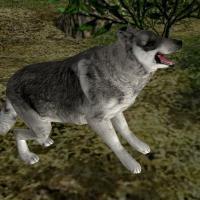



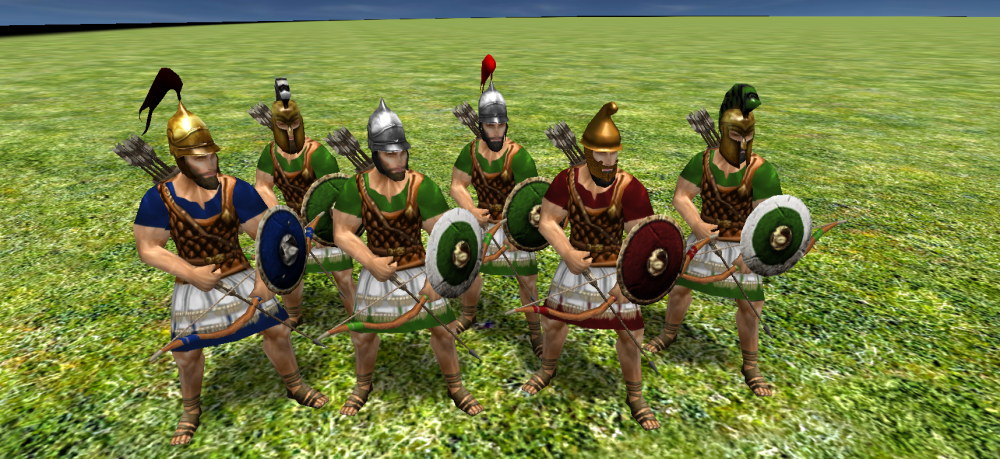

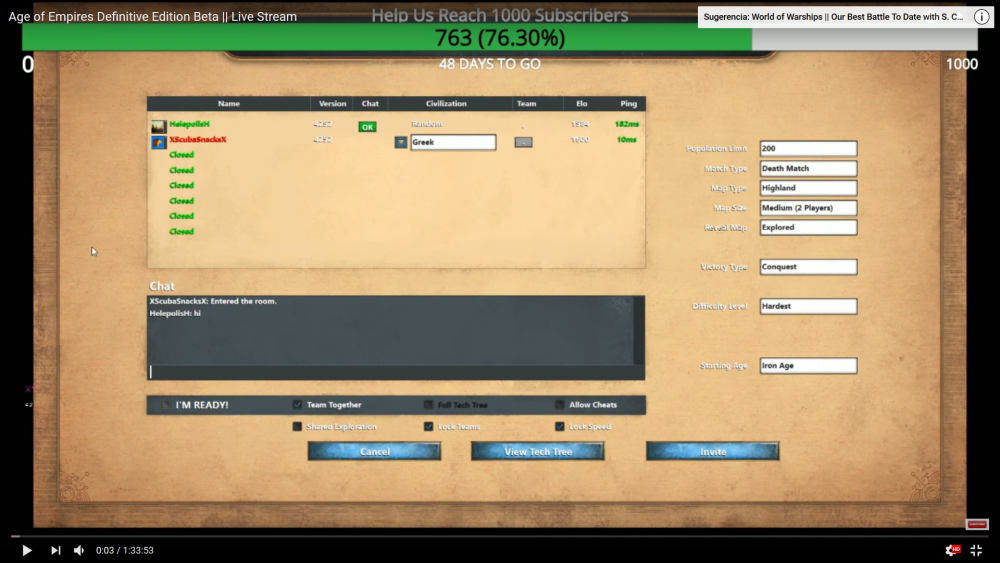



.thumb.png.0d87fc71cb8a644c5d862ceabac1e0d5.png)



